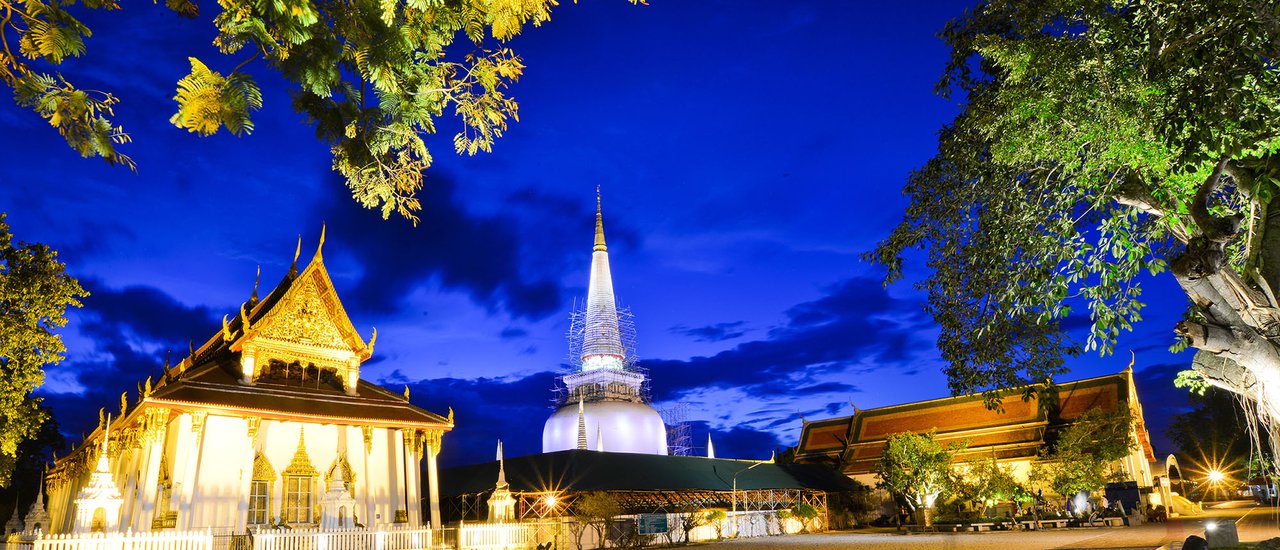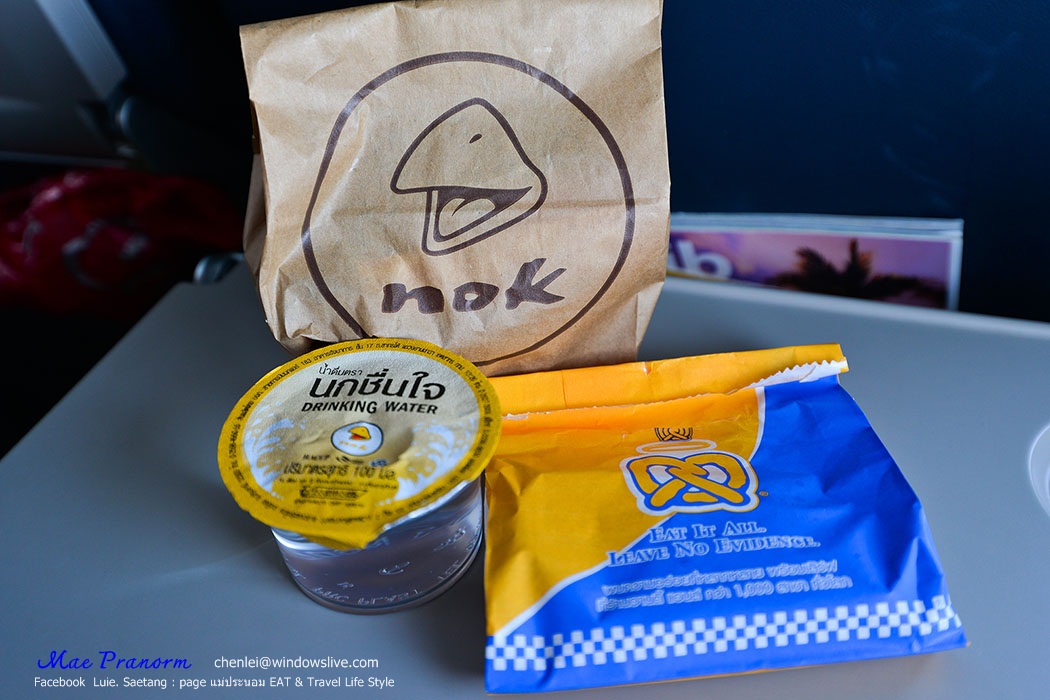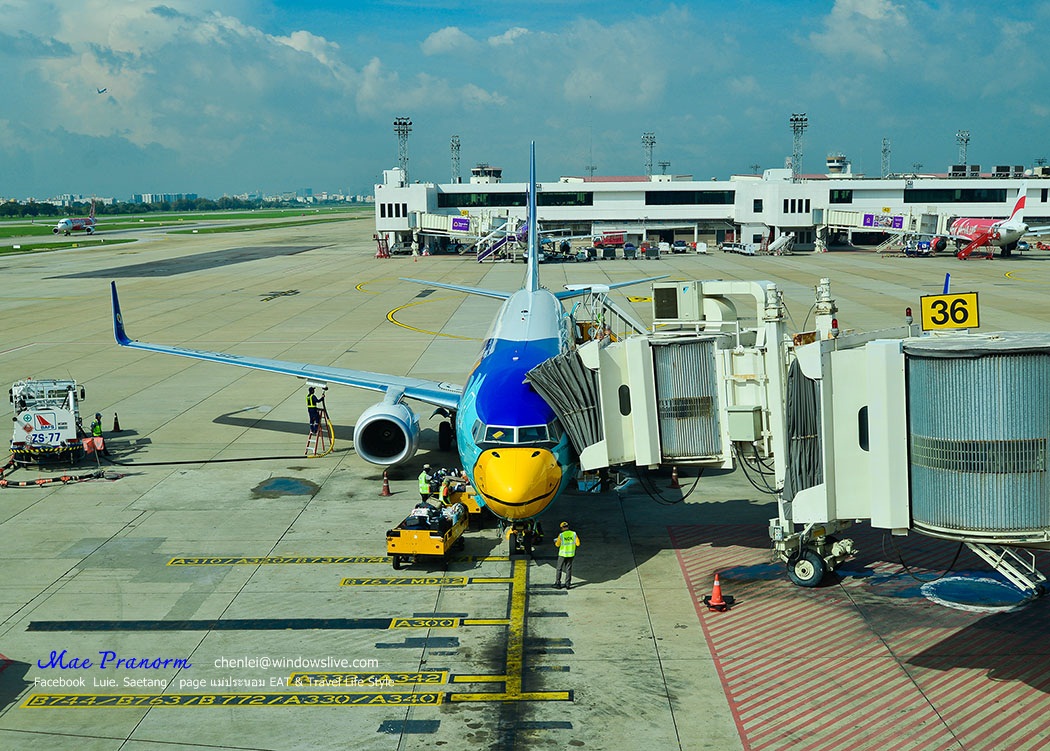This trip, I will take you to Nakhon Si Thammarat, one of the 12-must visit cities in Thailand according to the travel campaign of The Tourism Authority of Thailand.
Mae Pranorm has been invited to join the competition "The Amazing Journey :Blogging Contest". The Tourism Authority of Thailand has selected 12 teams of travel bloggers to do 12 reviews of 12-must visit cities in Thailand. This activity aims to promote these places to be better known by all Thai people and to stimulate the domestic travel.
Mae Pranorm has formed the team with Nai Fahsai and are assigned to travel to Nakhon Si Thammarat in the concept of "Nakhon Si Thammarat, Dharma and Nature". The concept in Thai is actually "Nakhon Si Thammarat, Nakhon 2 Thams". 2 Thams are including Thamma (Dharma) and Thammachart (Nature). Nakhon Si Thammarat is a place where these 2 Thams blend so well together and has become the signature of the city and cannot be taken apart. Our team has divided the review about Nakhon Si Thammarat into 2 reviews, the first one would be ours, Mae Pranorm that focuses the tourism mainly on inland and another one is coming up soon from Nai Fahsai focusing on the tourism along the coastline and offshore.
If you are all ready, let's go to Nakhon Si Thammarat, Nakhon 2 Thams!
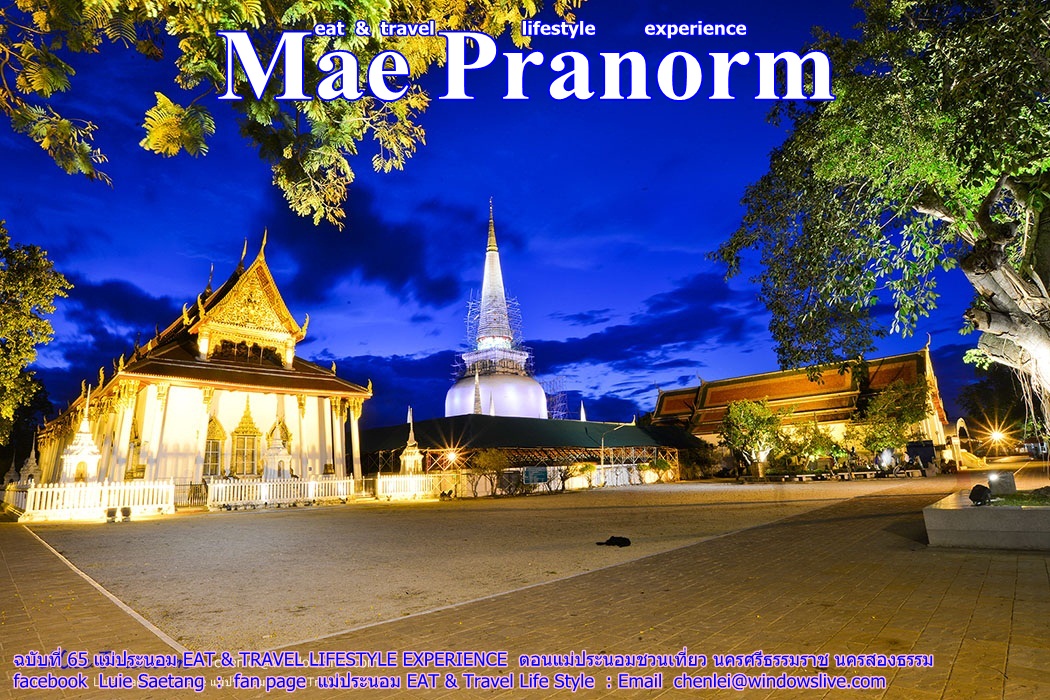

You can have a look at the brochure of the campaign "The Amazing Journey : Blogging Contest" in the photo below.
This contest is sponsored by Nok Air for flights, Thai Rent a Car for car services, KEEN for shoes, Outdoor for traveling equipment, and The Tourism Authority of Thailand for organizing the contest .
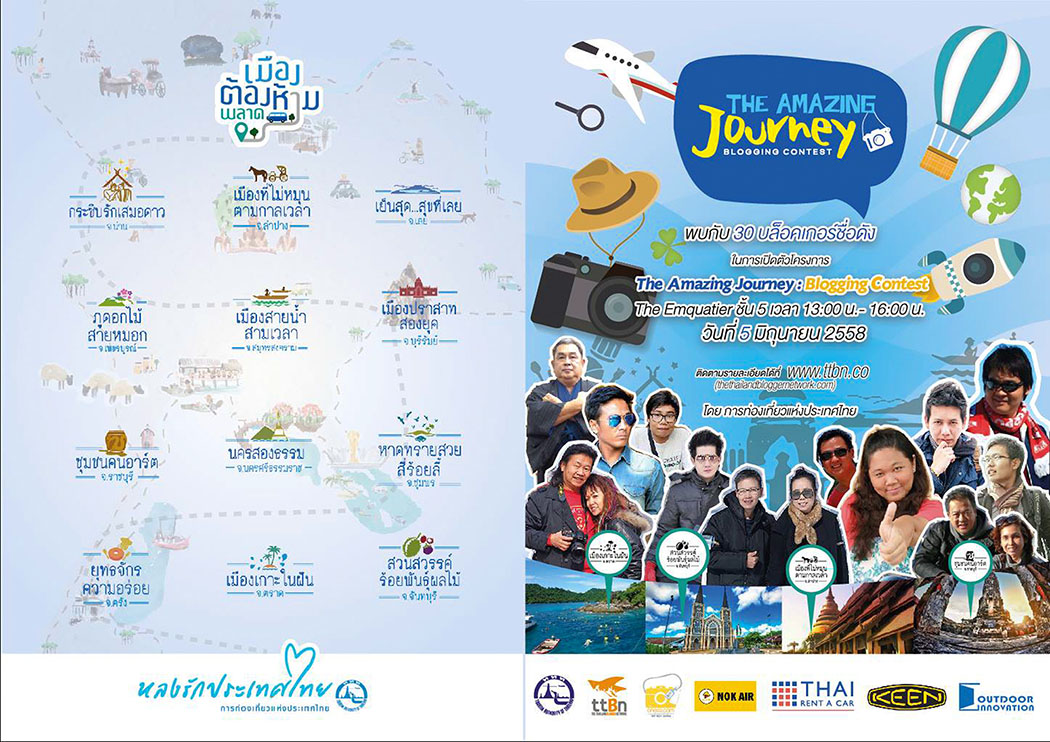
From the lucky draw, our team has got Nakhon Si Thammarat to do the review.

Faces of all contestants.
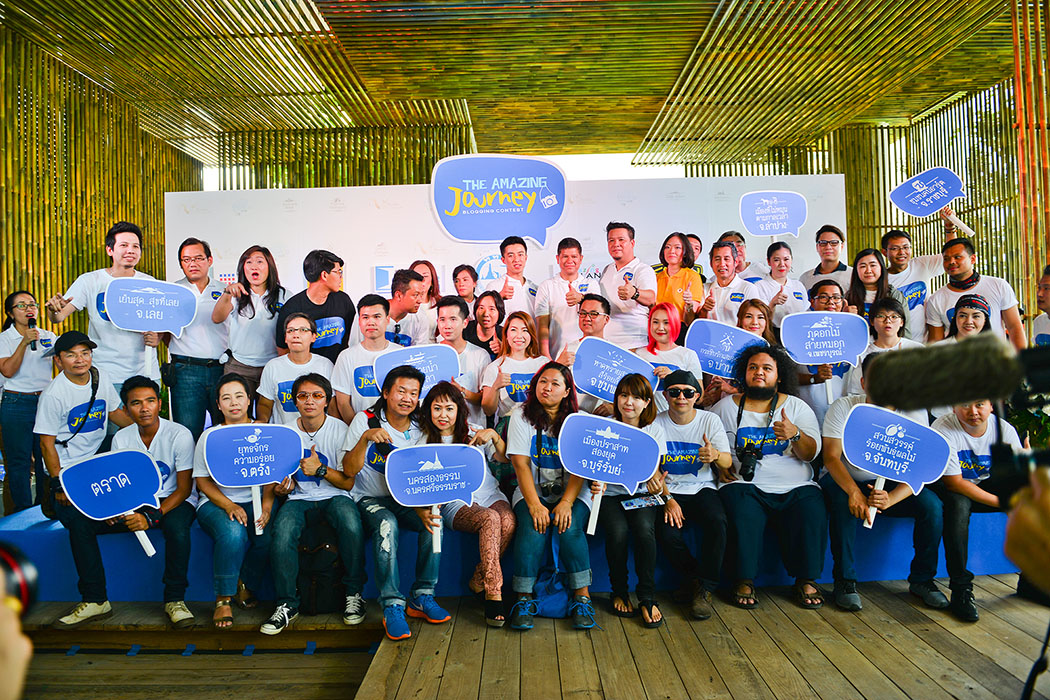
We have planned to go to Nakhon Si Thammarat for 3 days and 2 nights.
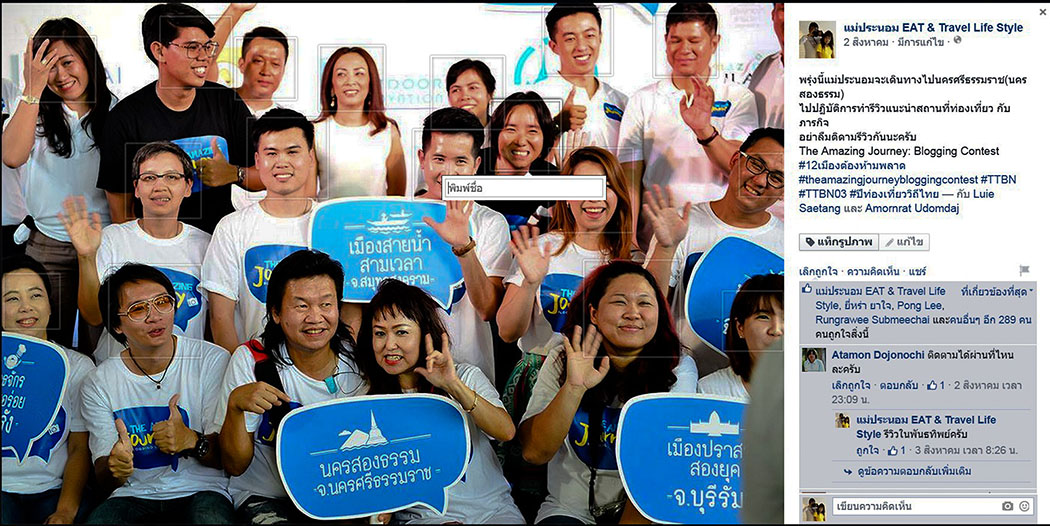
Our journey is about to begin and our flight with Nok Air today is DD7808 at 09.15 AM.
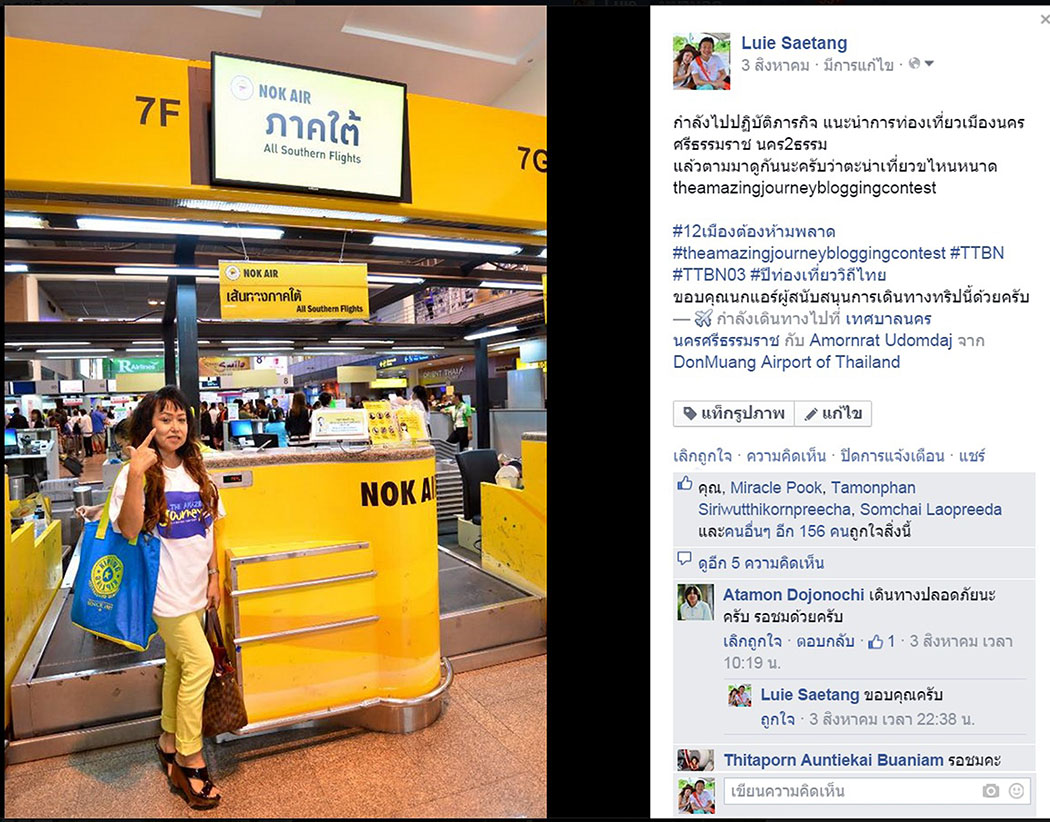
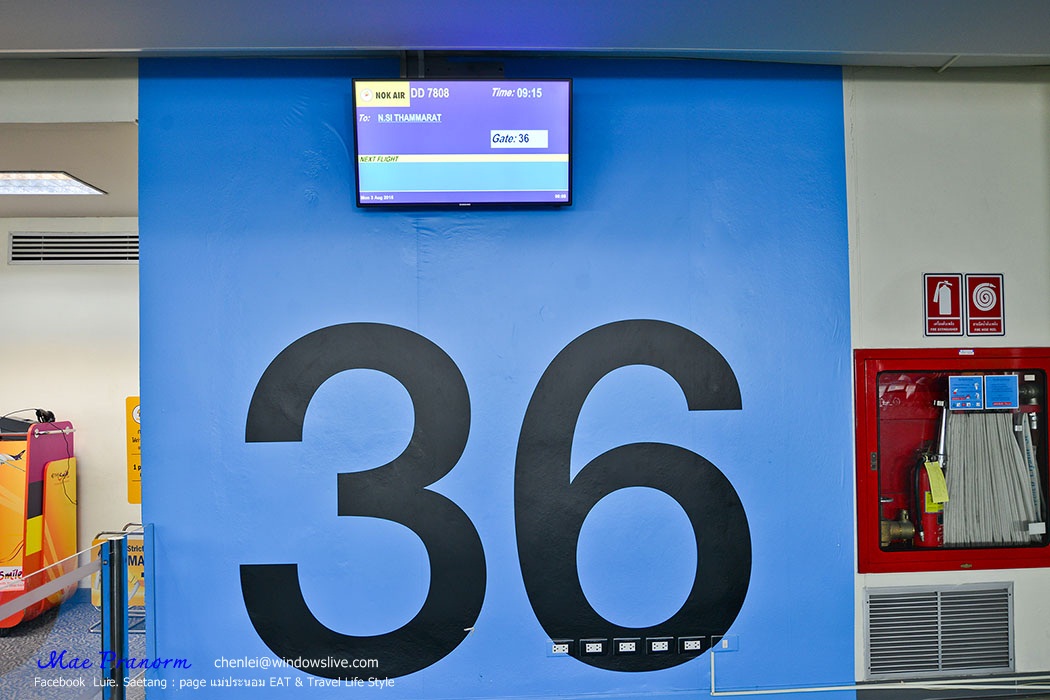

Some snacks and drinking water are served on board.

We have safely arrive at Nakhon Si Thammarat and we are lucky that today is a beautiful day, no rain.
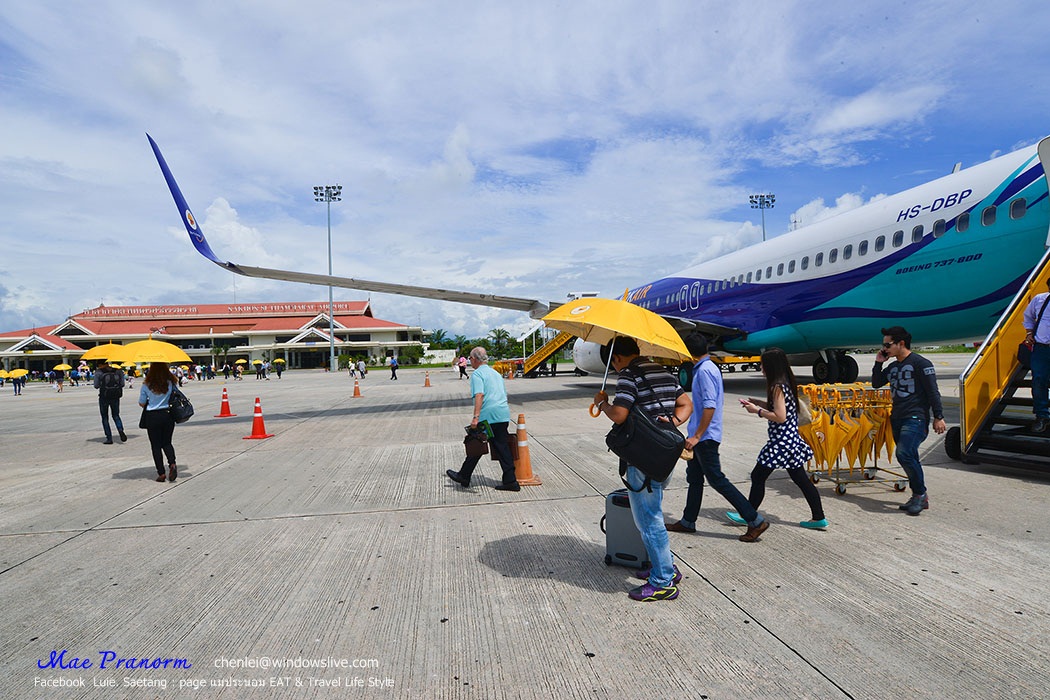
Let's get to know more about Nakhon Si Thammarat before starting our trip through this city!
Nakorn Si Thammarat is a city with a long history. The archaeological evidence proves the existence of communities from pre-history. The periods of civilization is reflected in arts, sculpture, architecture, local wisdom, as well as tradition. These have become the country's heritage to be carried on from generation to generation.
Nakorn Si Thammarat covers around 9,942,502 square kilometers and it is the 16th largest province in Thailand. The province consists of beaches, mangrove forests, mountain range lying from the north to the south with Khao Luang Peak as the tallest peak, water resources, and waterfalls. Moreover, Nakorn Si Thammarat is rich in history and is considered as an important city for business, social, politic, administration, and religions. The city has been well-known for over 1,800 years.
Archaeological evidences and written evidences have confirmed that Nakorn Si Thammarat has been found since 7th century B.E. A huge metal axe or knowns as Ra Nard Hun was found at Tha Sala District. 2 Bronze Mahoratuek Drums (kettle drums) from the Metal Age were also found at Ban Ketkai, Tambon Tharua in Mueang District and at Khlong Kud Duan in Chawang District. The word "Nakhon Si Thammarat" is presumed be from name of the very first king of Nakorn Si Thammarat which is Phra Chao Si Thamma Sokkara meaning "The city of Beauty and Dhama King". It was 17th to 19th century B.E. that Nakhon Si Thammarat was the most prosperous under Si Thamma Sokkara Dynasty. One main reason would be that it was a major region of trade between merchants from the Indian, Arabic, Dvaravati, and Champa states. In addition, Sai Kaew Beach was the central of the town as well as the center of Buddhism since it is where Buddha relics was. It attracted numbers of people all over southern part of Thailand to come and live here.
Around the 17th century B.E., Si Thamma Sokkara Dynasty successfully ruled 12 cities around Nakorn Si Thammarat. This was when the city had been prosperous for around 100 years before it went down after invading Lanka while the Java robbers came and robbed the city for 3 times. It was the same time that the bad flu spread throughout the city so people left the city behind. It was in Ayutthaya period that people started to come back and live here and the city had become a main southern city under the control of Ayutthaya Kingdom. However, the administration was changed to Nakhon Si Thammarat Precinct in 1896 during the reign of King Rama V. And it has been changed once again to Nakhon Si Thammarat Province in 1932 until now. Nakhon Si Thammarat Province consists of 23 districts which are Mueang Nakhon Si Thammarat, Phrom Khiri, Lan Saka, Chawang, Phipun, Chian Yai, Cha-uat, Tha Sala, Thung Song, Na Bon, Thung Yai, Pak Phanang, Ron Phibun, Sichon, Khanom, Hua Sai, Bang Khan, Tham Phannara, Chulabhorn, Phra Phrom, Nopphitam, Chang Klang, and Chaloem Phra Kiat.
Credit: The Tourism Authority of Thailand's official website.
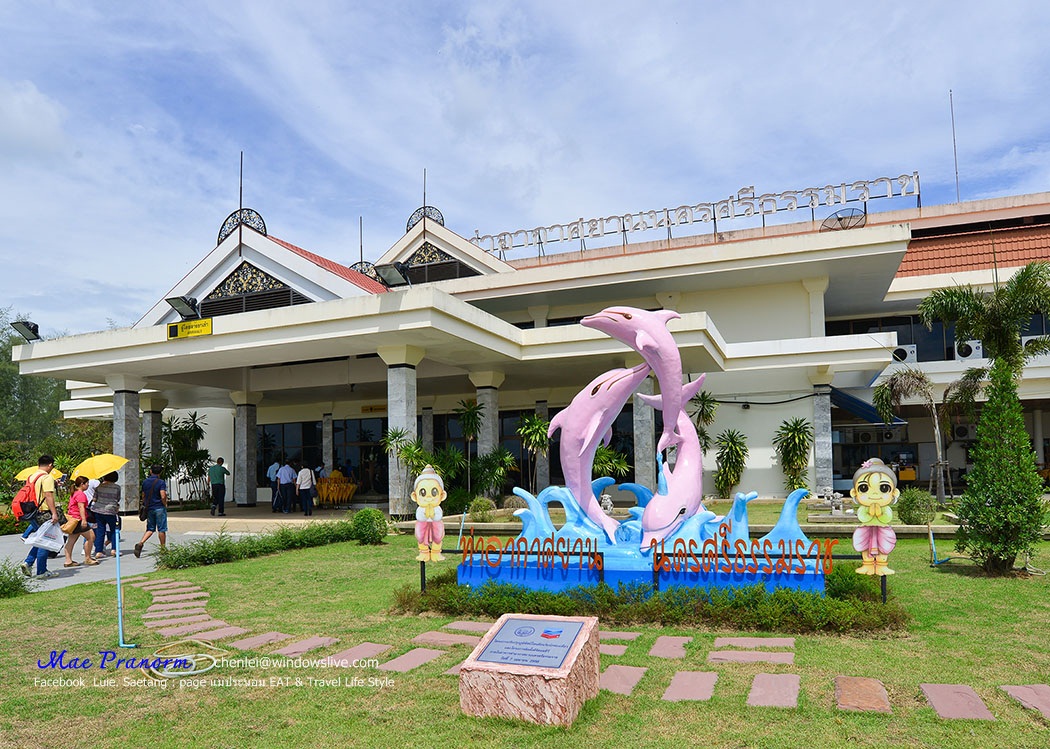
We head to Thai Rent a Car counter which is located in the airport to get a car directly.

We will be driving Toyota Yaris this time which is good because it consumes not much gasoline compared to other cars.
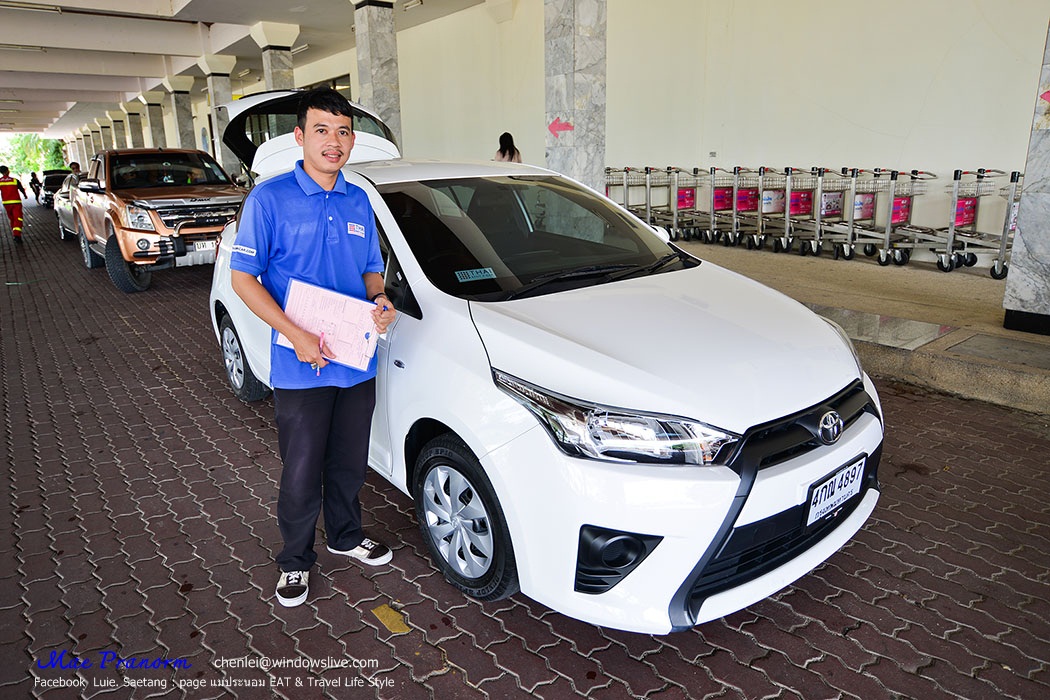
This car is totally new, it has been used only around 3,000 kilometers.
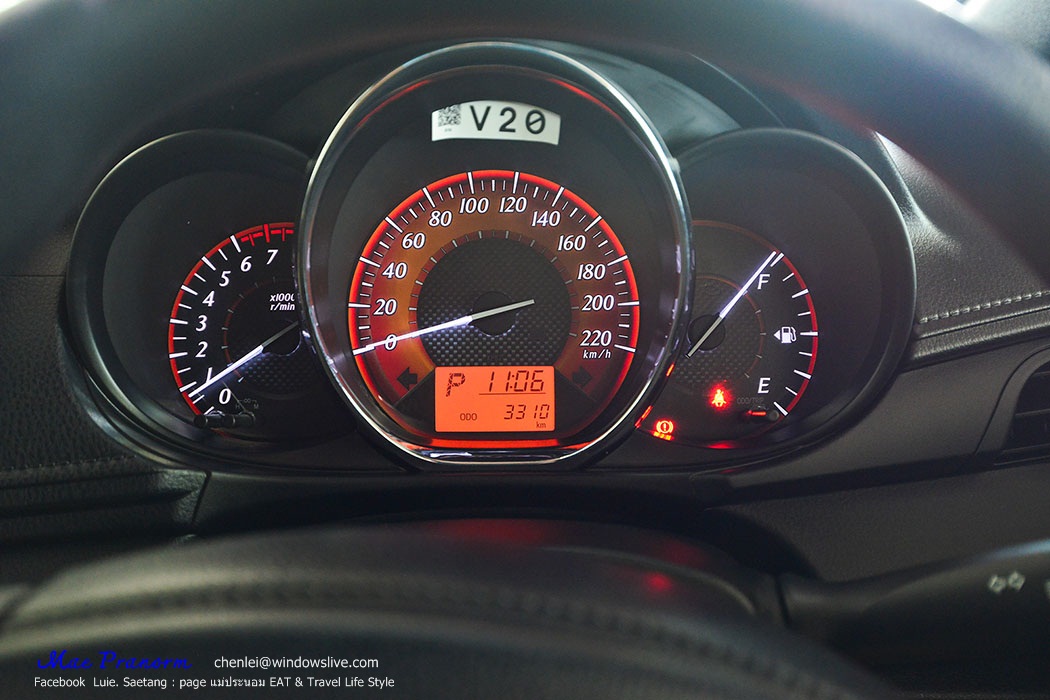
We are going to stay at Twin Lotus Hotel. It is 1,500 THB per night with breakfast included.
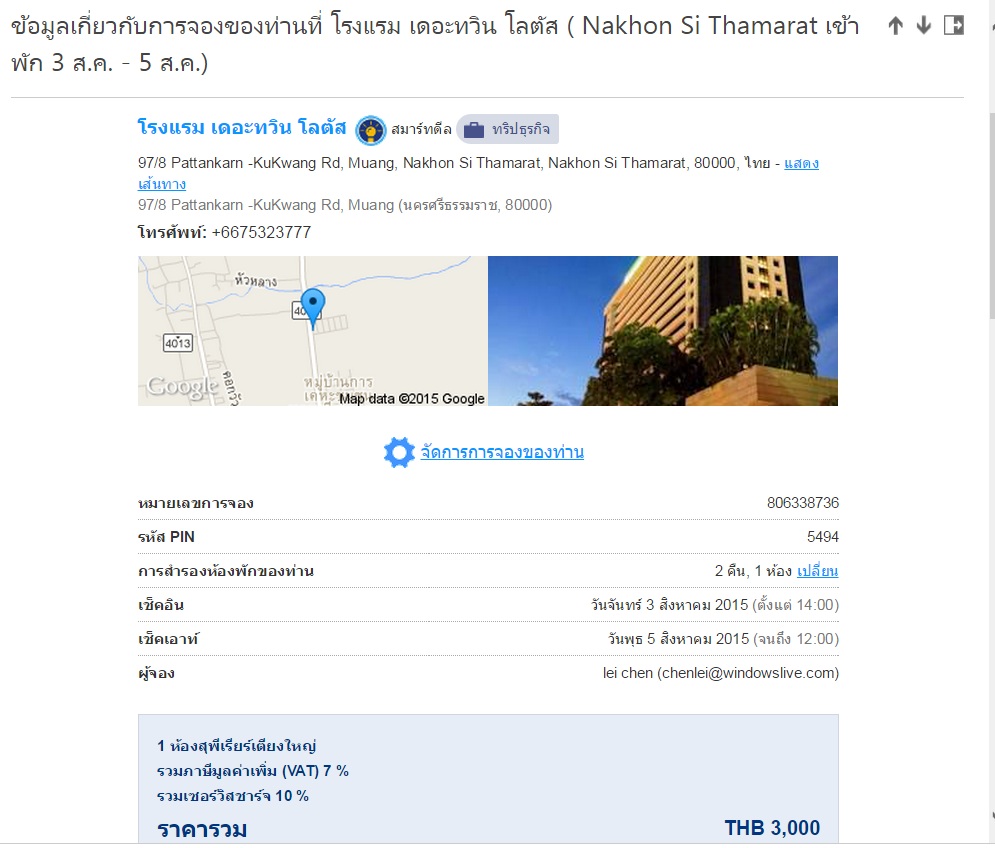
We think it is better to go to the hotel first before going to explore the city.
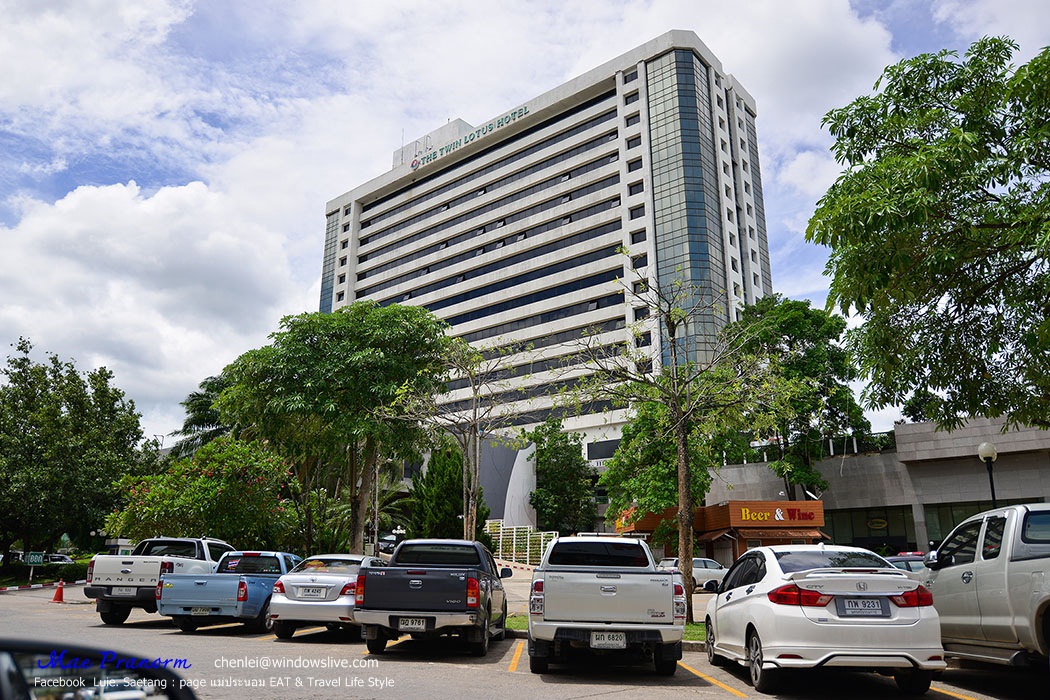
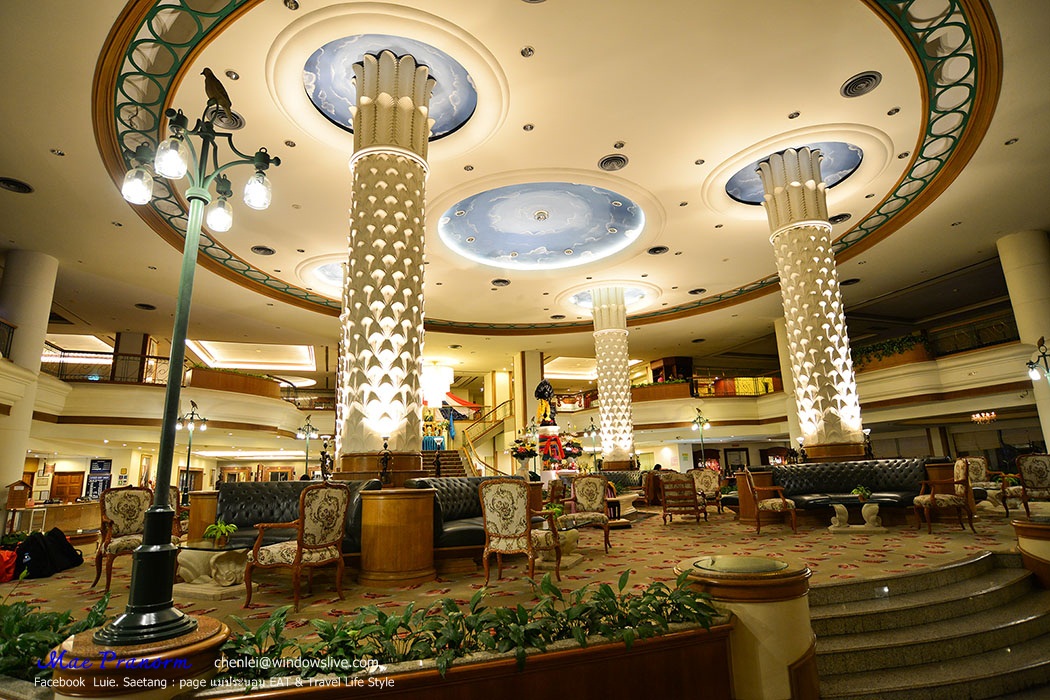
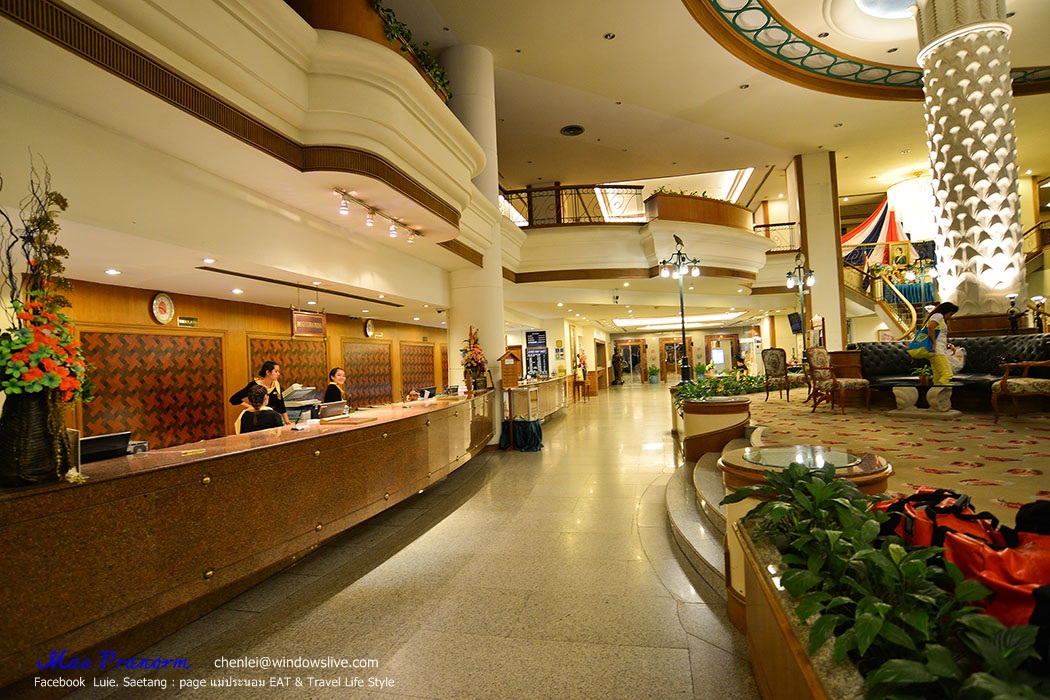
Let's go to have a look at our room!
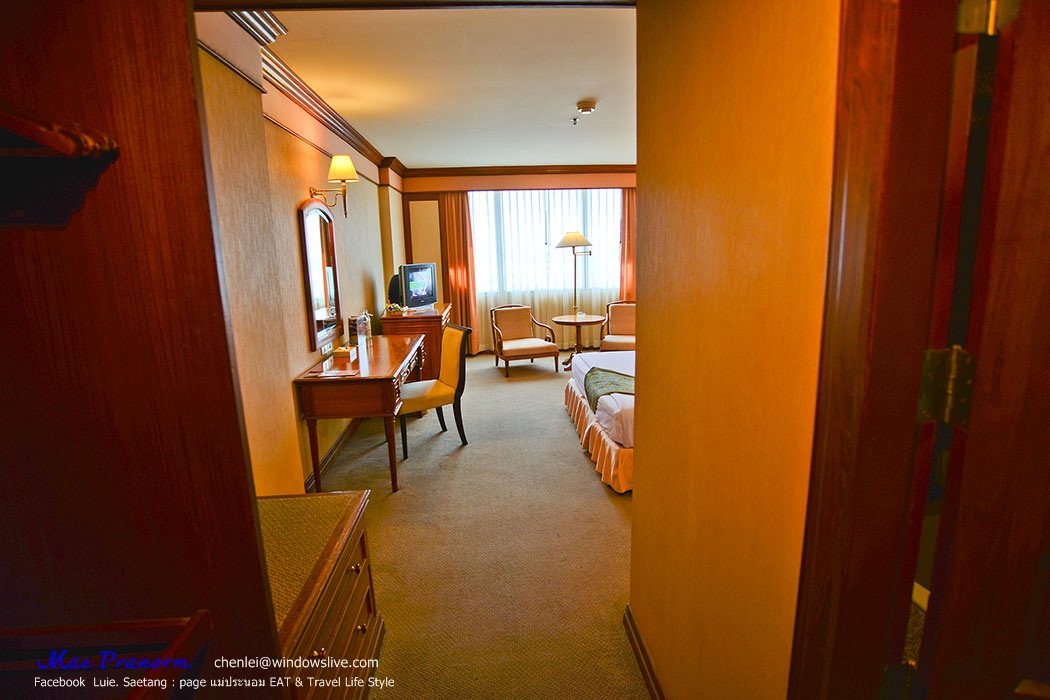
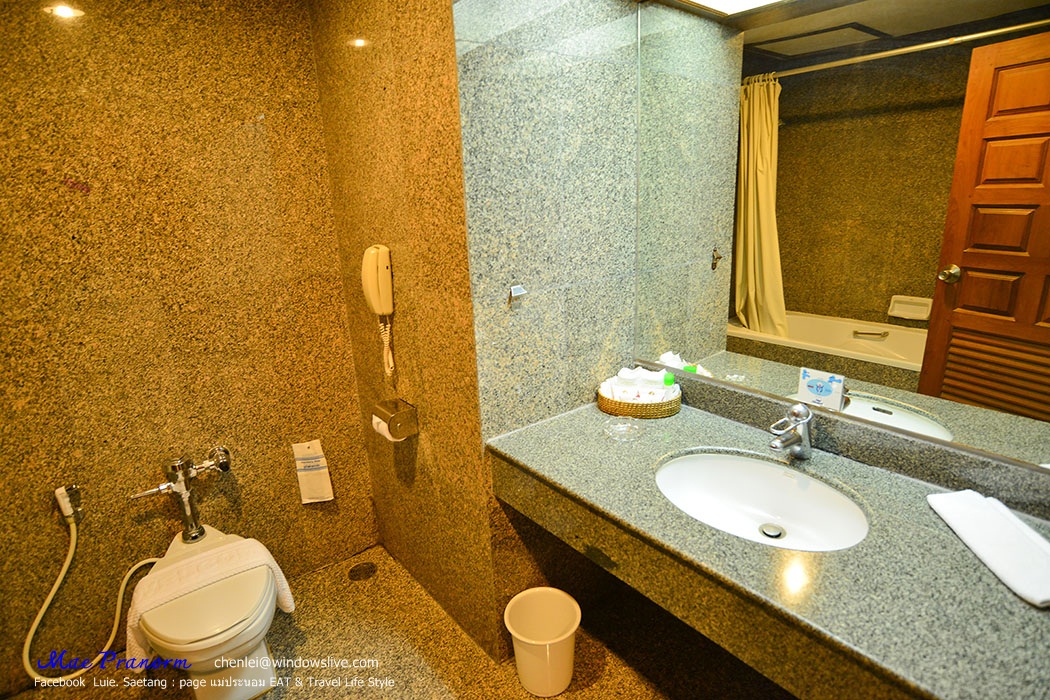
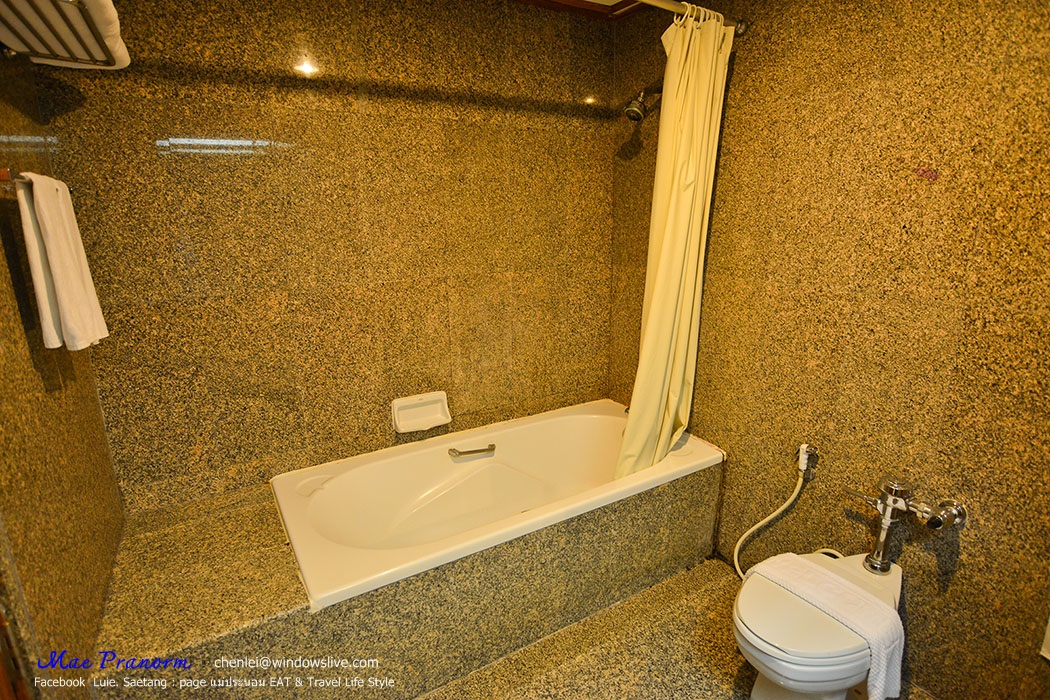
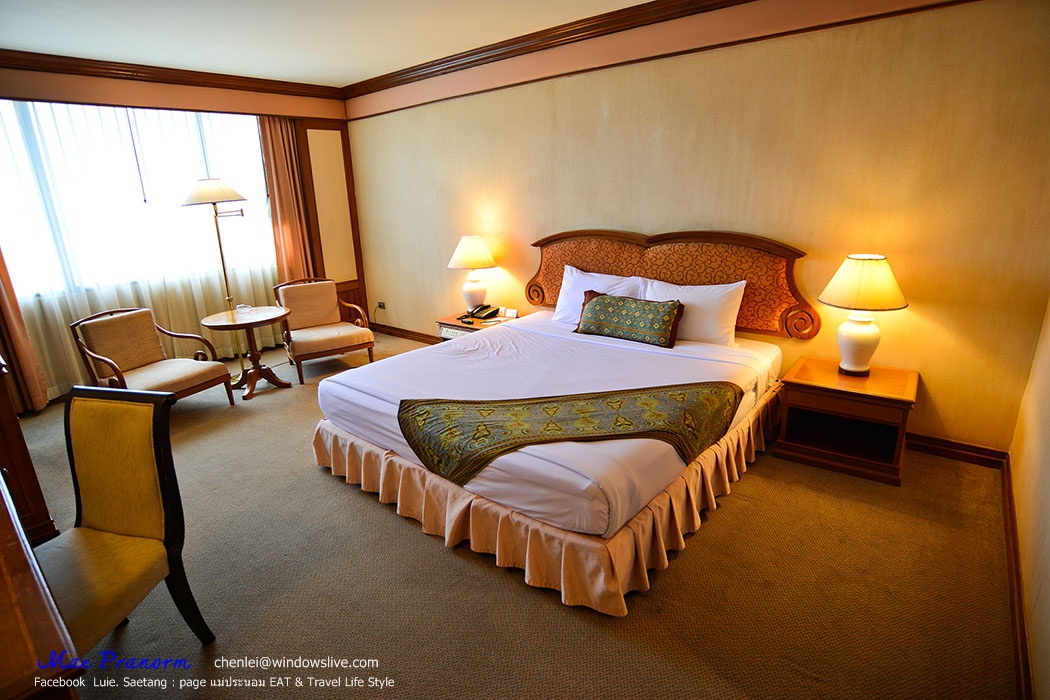
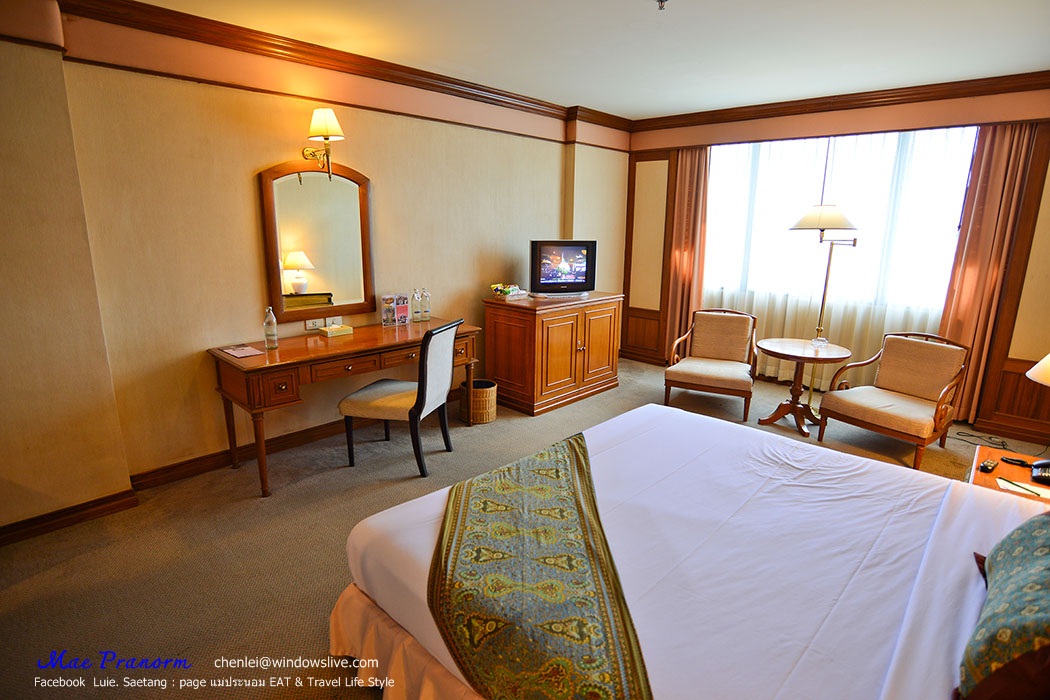
We have settled well and now are heading to have our very first meal here in Nakhon Si Thammarat at the famous Thai Pasta place, Khanom Jeen Muang Khon.

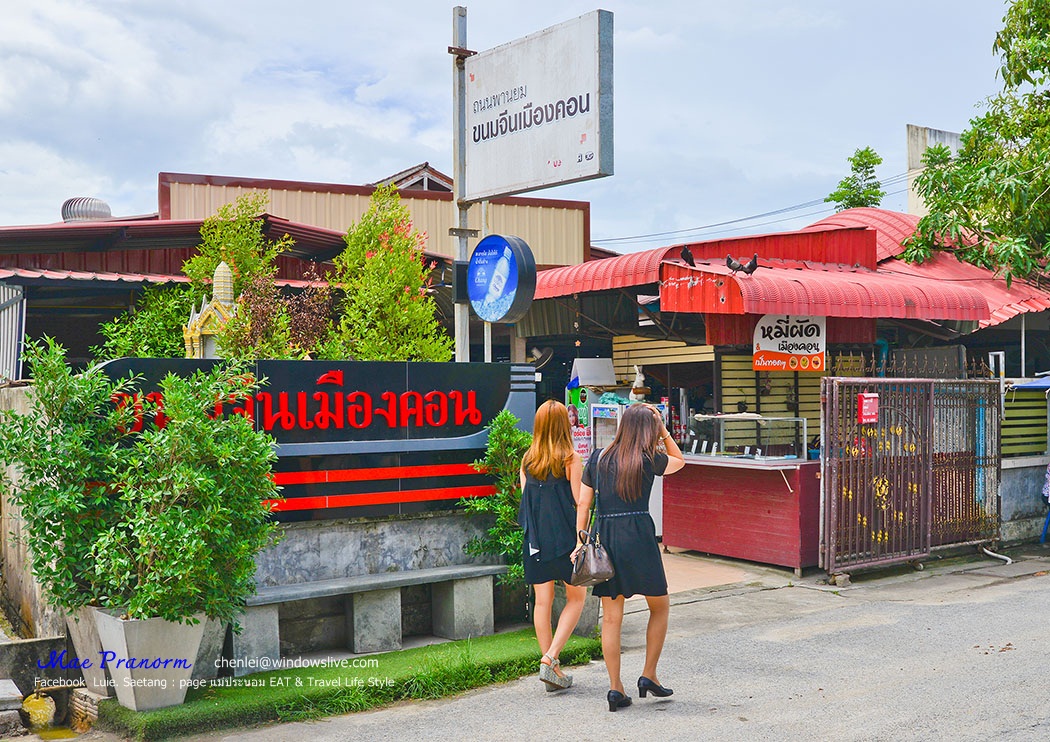
The restaurant is huge and always packed with people. But there are not many people now since we have arrived after the lunch time.

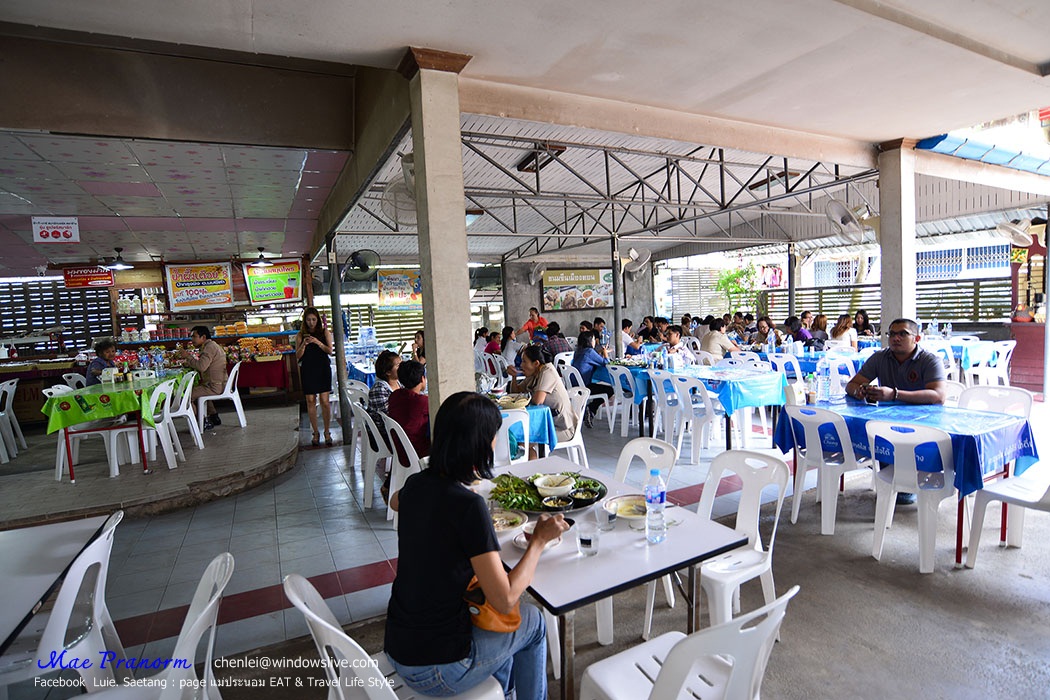
There are various selections for rice and curry, they all look tasty.

Thai Pasta is served in set, we have ordered a small set because we are only 2 people. The small set costs 90 THB.

The small set looks like this. There are 3 different sauces which you are able to have second service for one time as a complementary but not the pasta itself.
I would like to confirm that the food here is superb, I highly recommend.

Lunch is done and we are now ready for our first tourist spot, Uthok Vibhaja Prasid Barrage Royal Project.
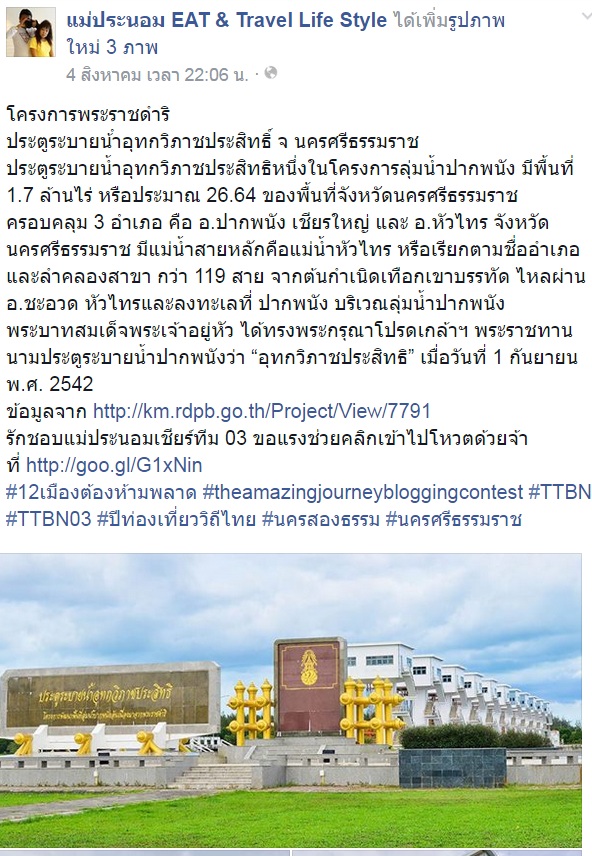
It is about 30 minute-drive to get there. You need to drive in the direction to Pak Phanang from Downtown Nakhon Si Thammarat.

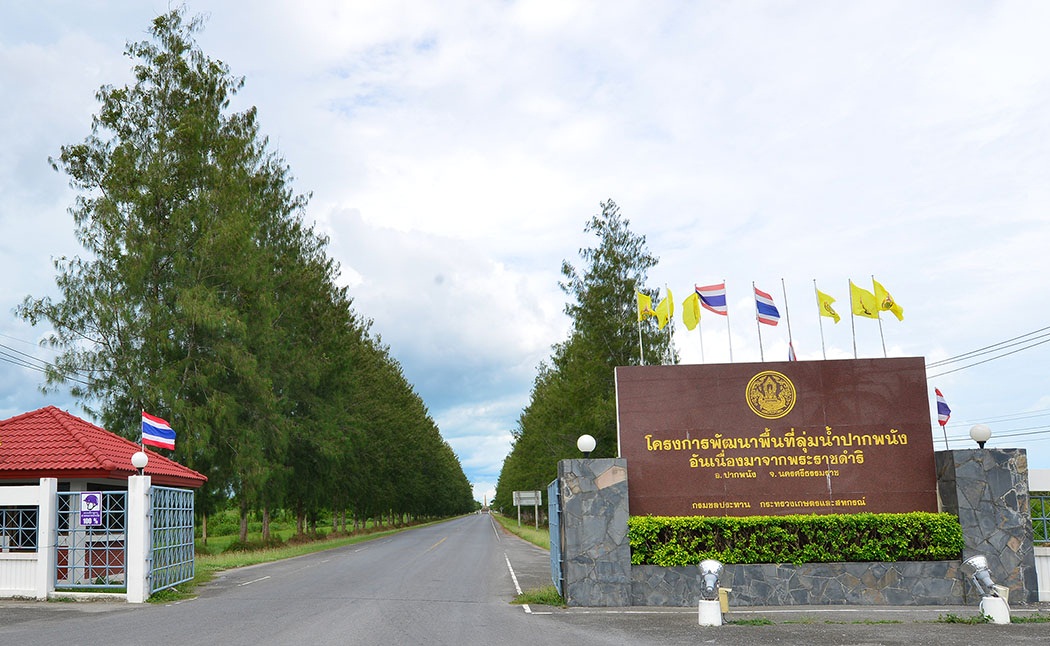

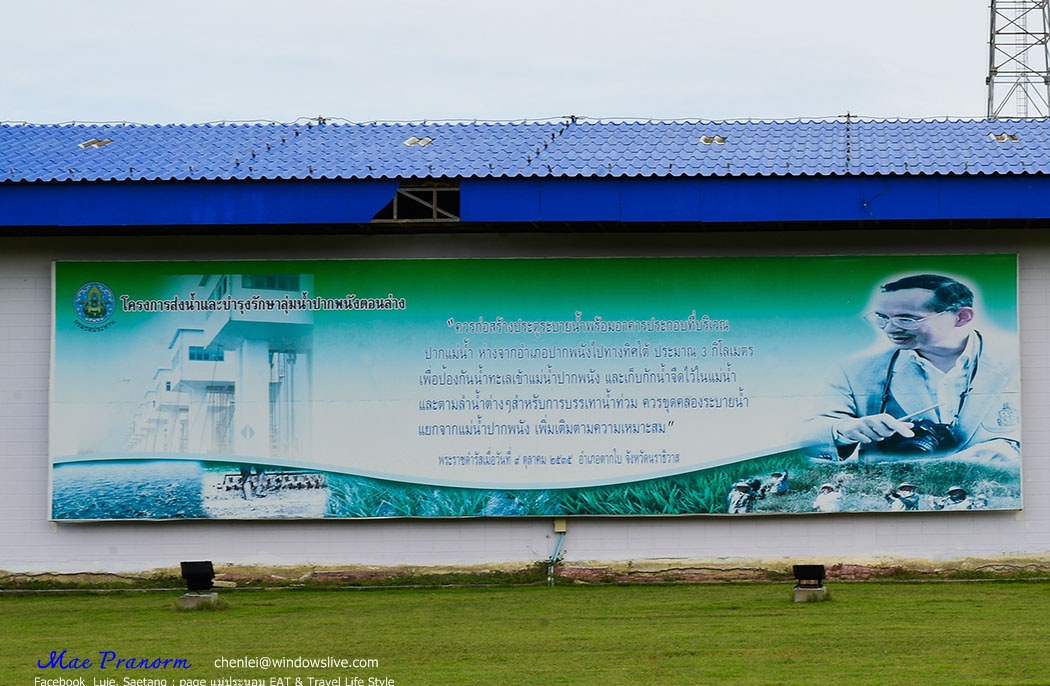
It is totally beautiful, do not forget to come and visit.

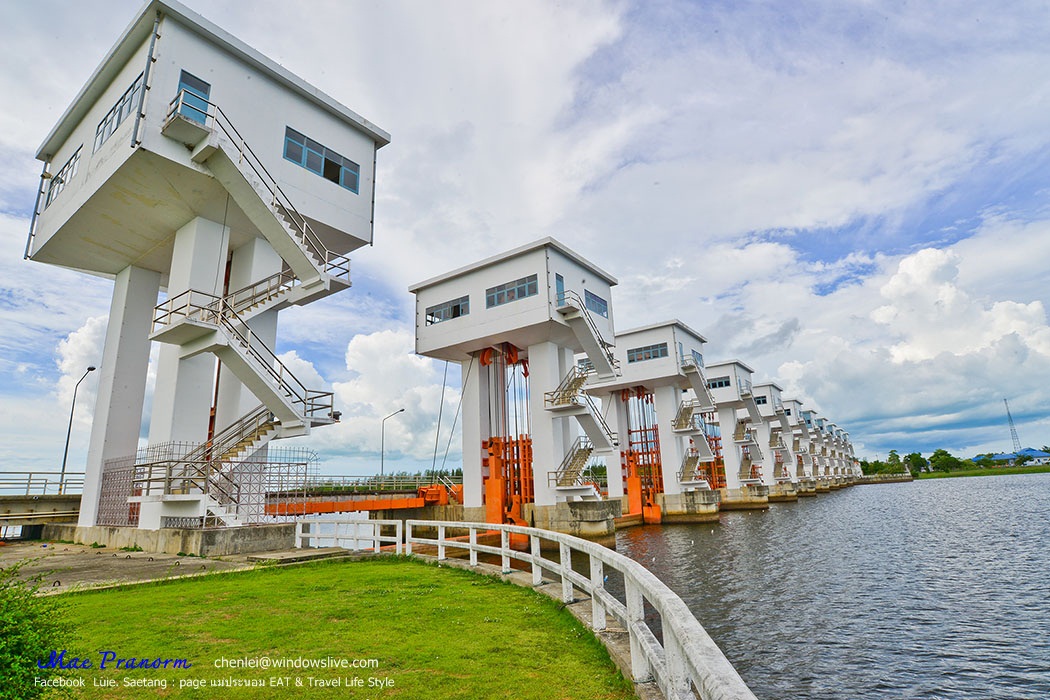

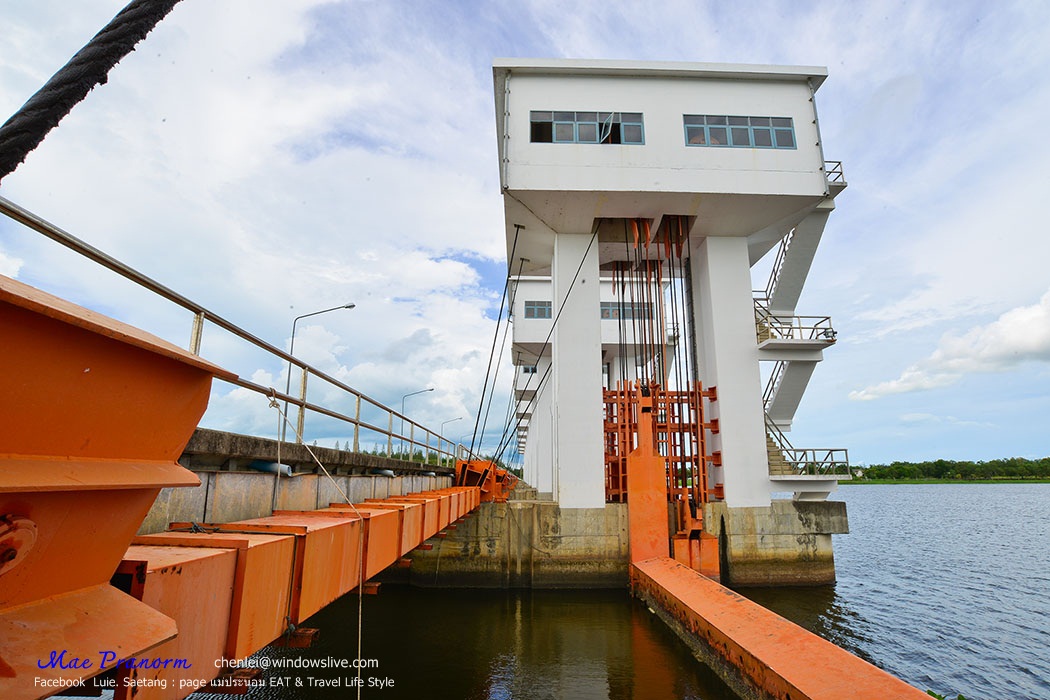
We are ready to move to our next destination to Laem Talumphuk. On our way there, we have found numbers of huge windmill so we do not forget to introduce them to you.

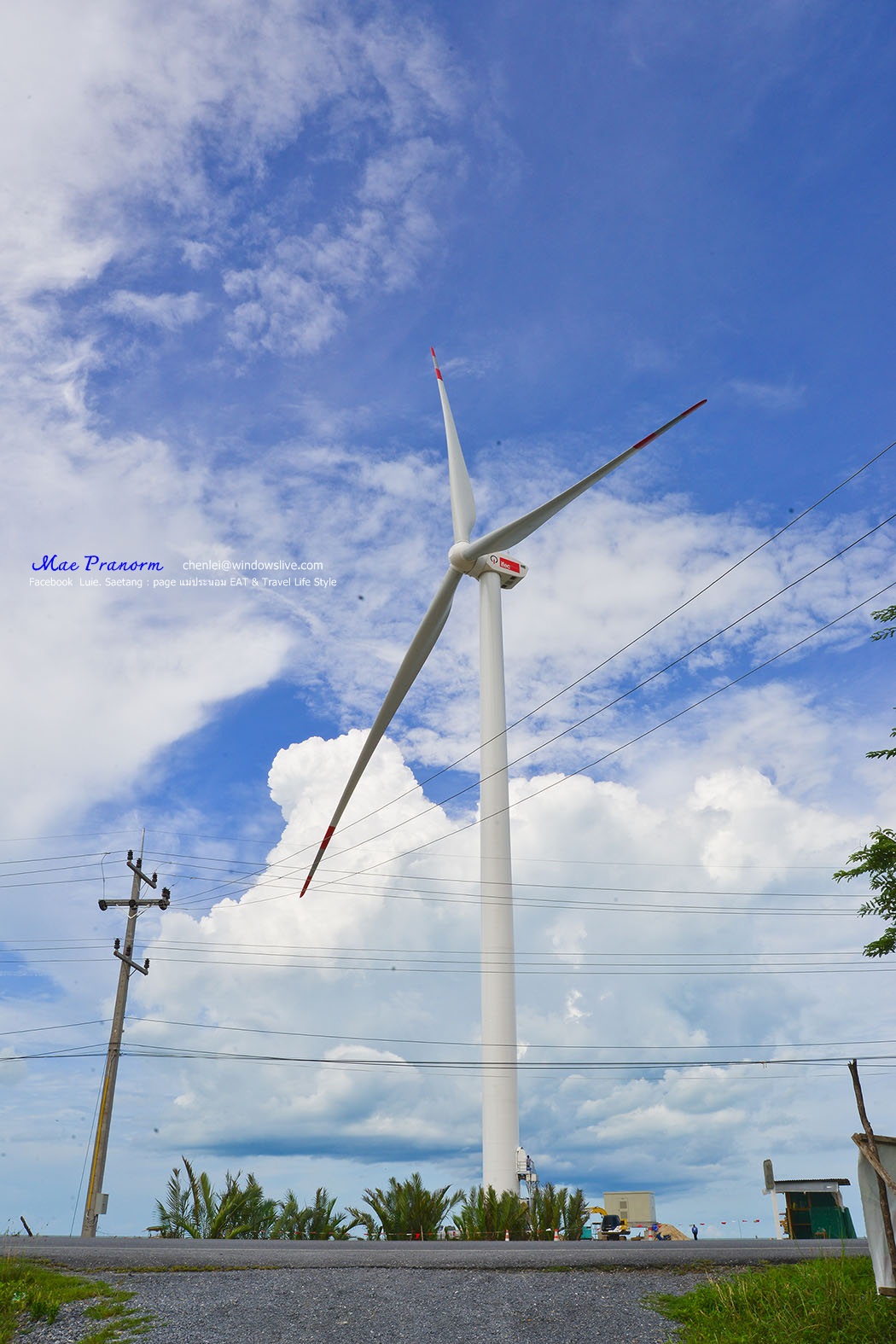
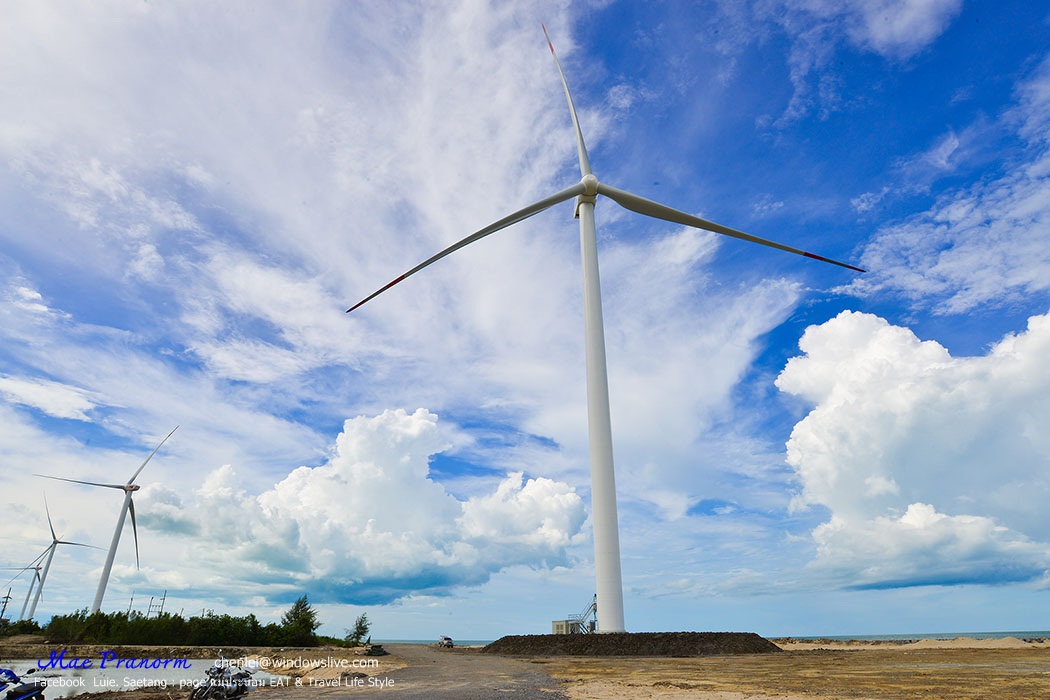
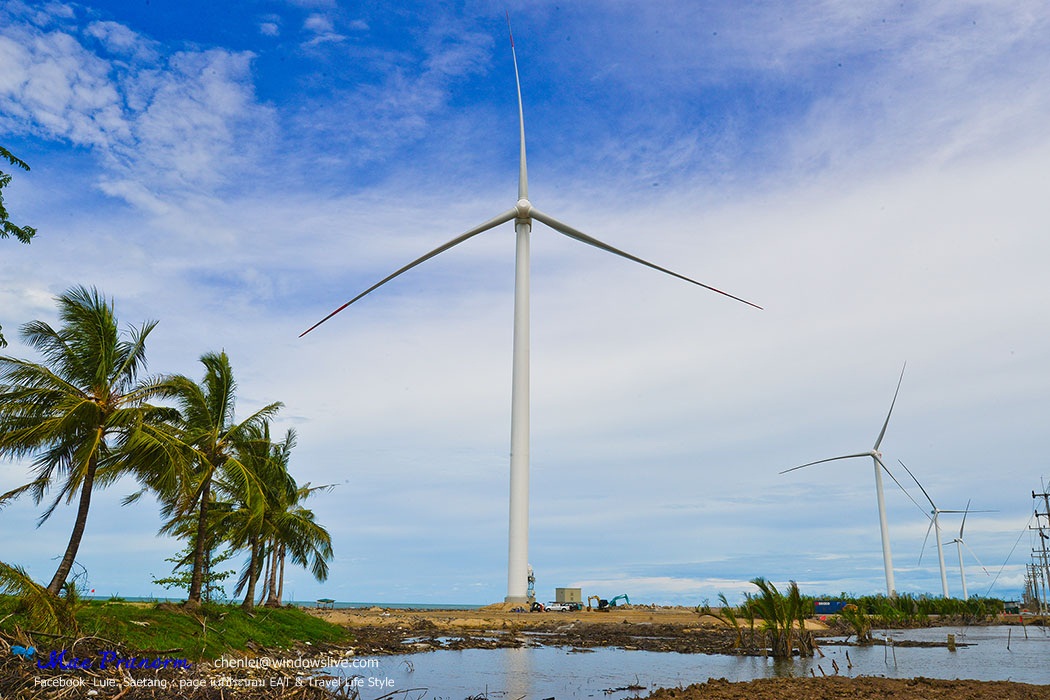

We then continue our trip to Laem Talumphuk.
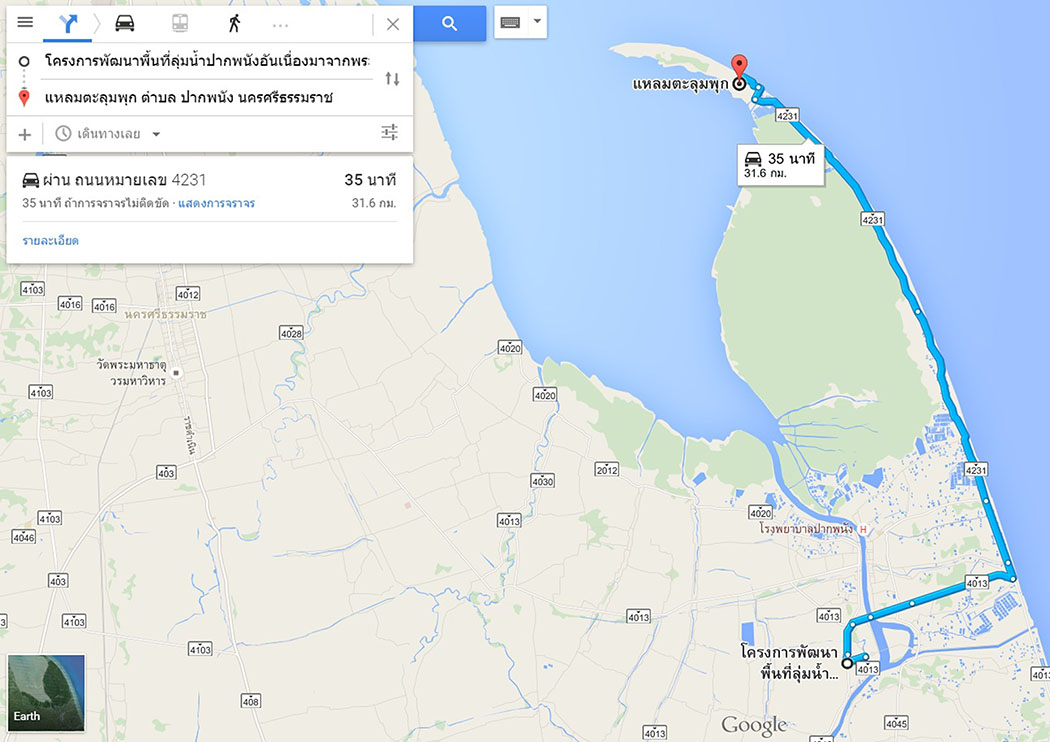
Laem Talumphuk or Talumphuk Cape is located in the northern part of Pak Phanang District. People live in Ao Nakhon while the outer part of the coastline are full of beaches and pine trees. On October 25, 1962 Tropical Storm Harriet hit the district. The low Talumphuk peninsula to the north of the district was completely devastated, and even in the town Pak Phanang itself the storm surge made the water rise to 5 meter depth. The flooding caused more than 1,300 people missing. Laem Talumphuk is the part of the land that projecting into the Gulf of Thailand. You can drive to the end of the cape which is around 6-kilometer long. You will find some restaurants located in the area as well.
To get there, you need the take the Highway Number. 4013 (Nakhon Si Thammarat - Pak Phanang) then turn to Laem Talumphuk direction which is another 16 kilometers.
Credit: The Tourism Authority of Thailand's official website.


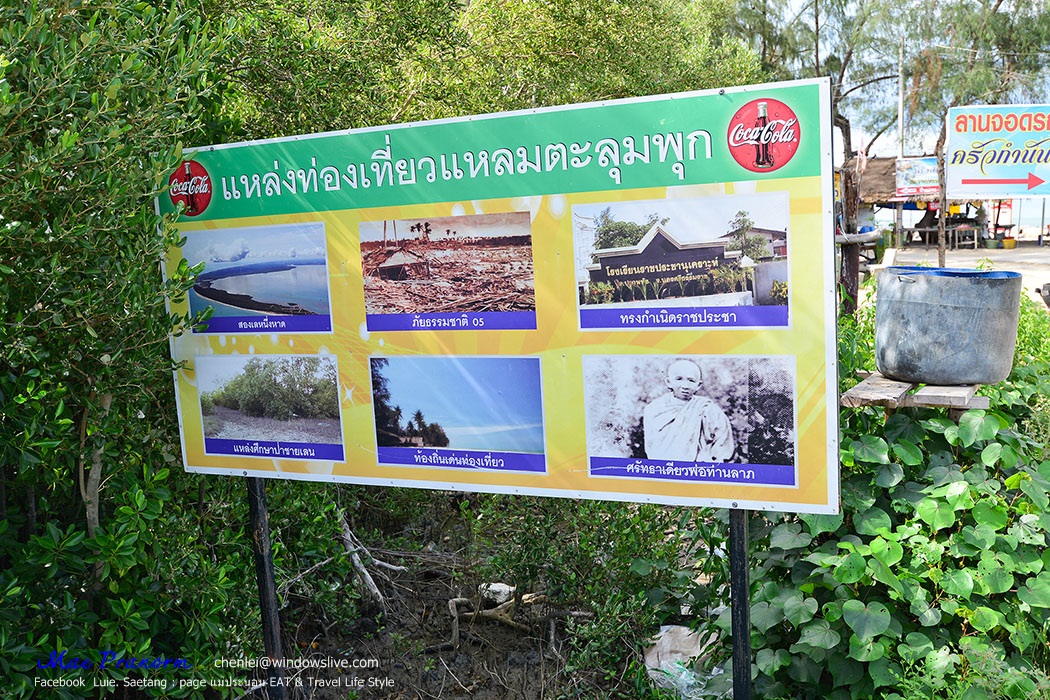
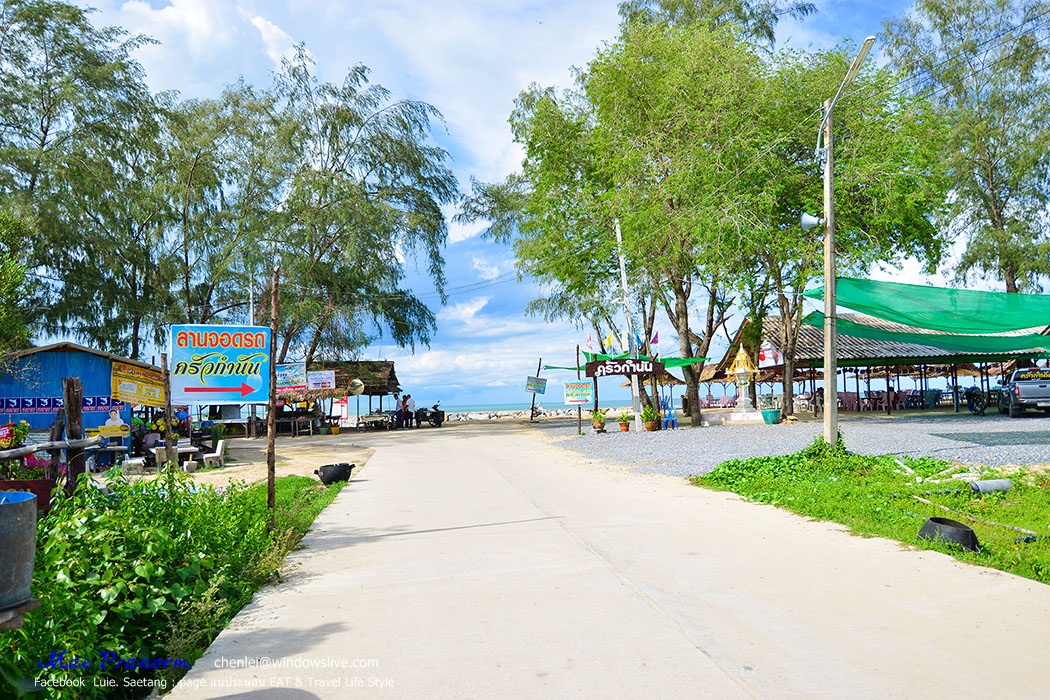
Many kinds of fresh seafood caught in the area are being sold here. You are able to buy them and have them cooked by the restaurant nearby as well.
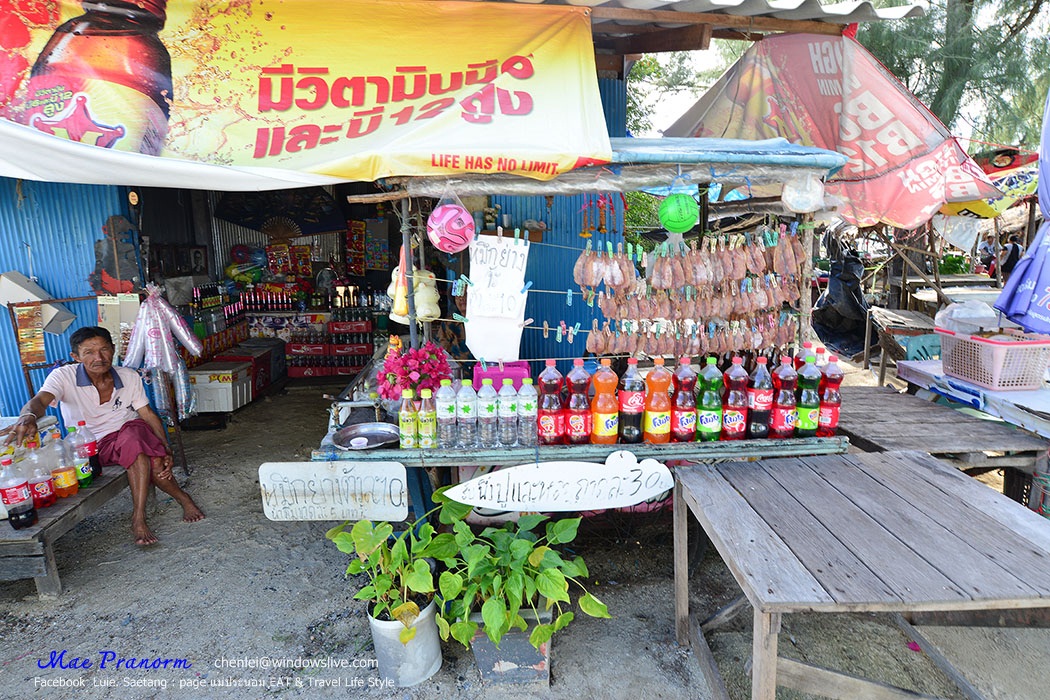
Big size clams, it is only 25 THB per kilogram.
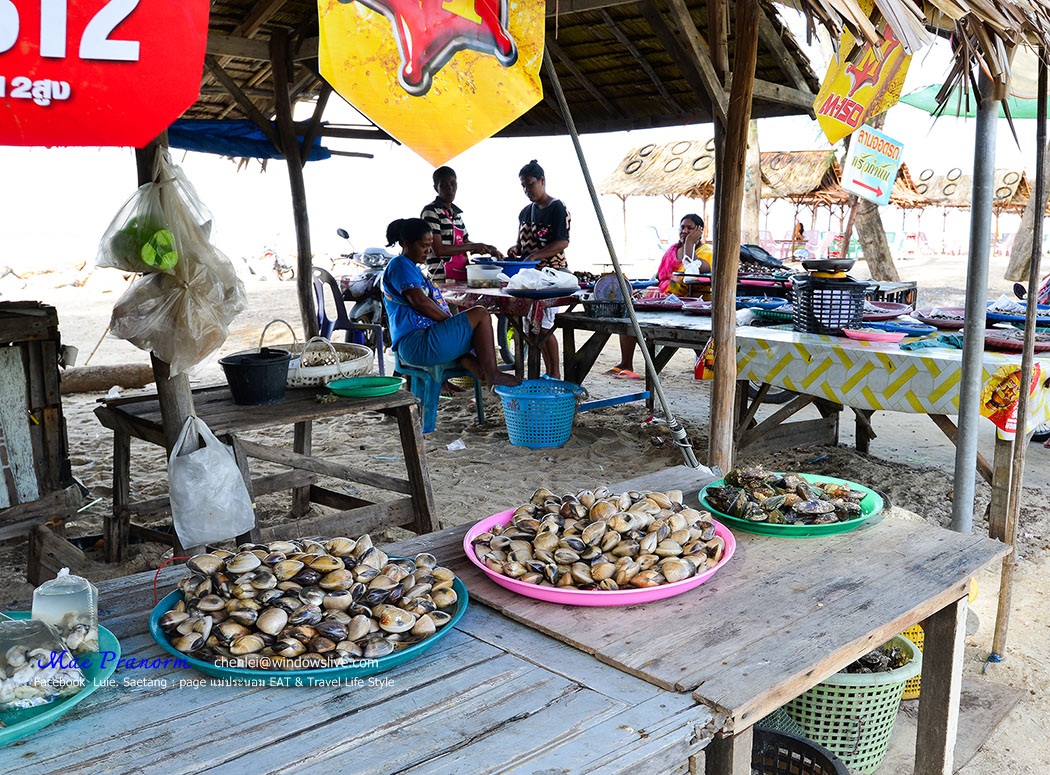
Crabs at 350 THB per tray. They are all huge and one tray weights more than a kilo. Luckily, we have got it only 250 THB for one tray.
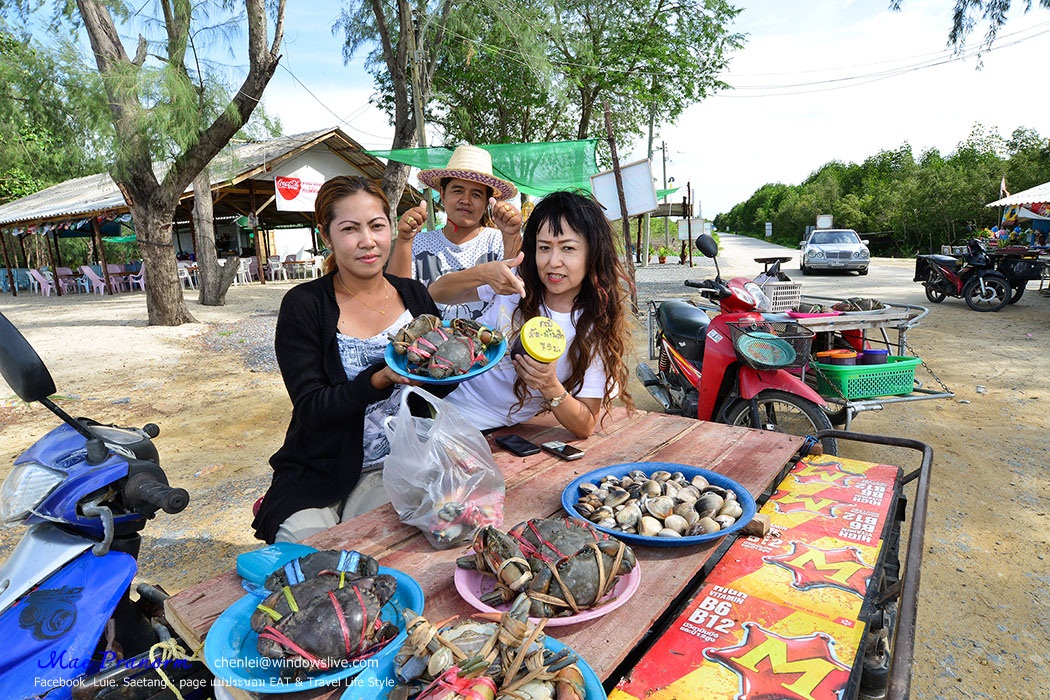
Numbers of restaurants are available right by the beach with very nice calm atmosphere.
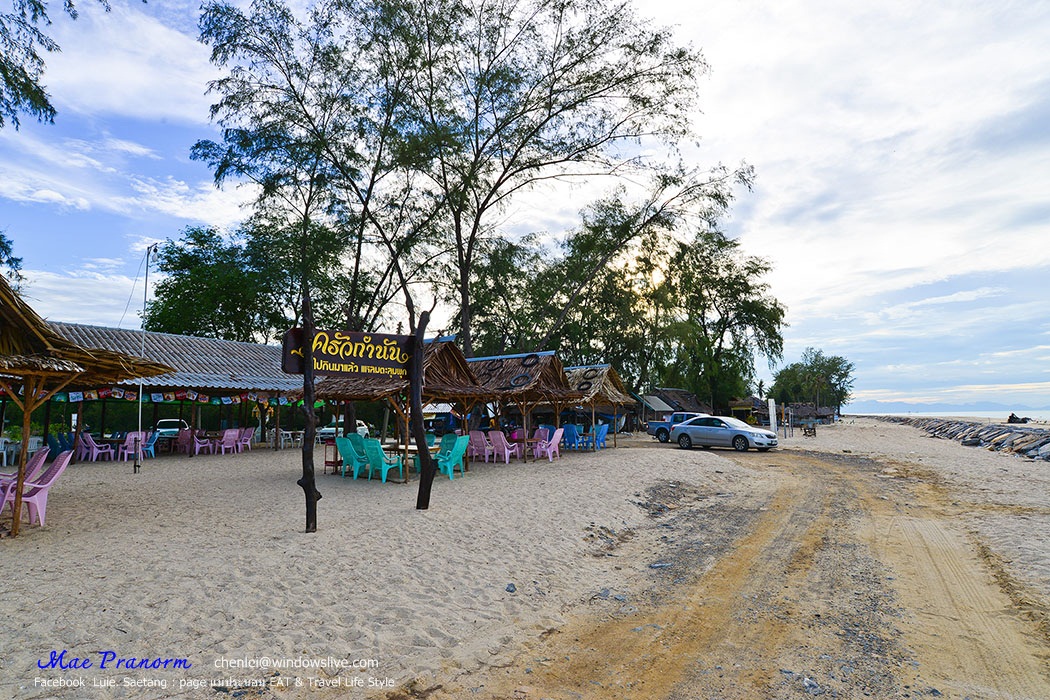
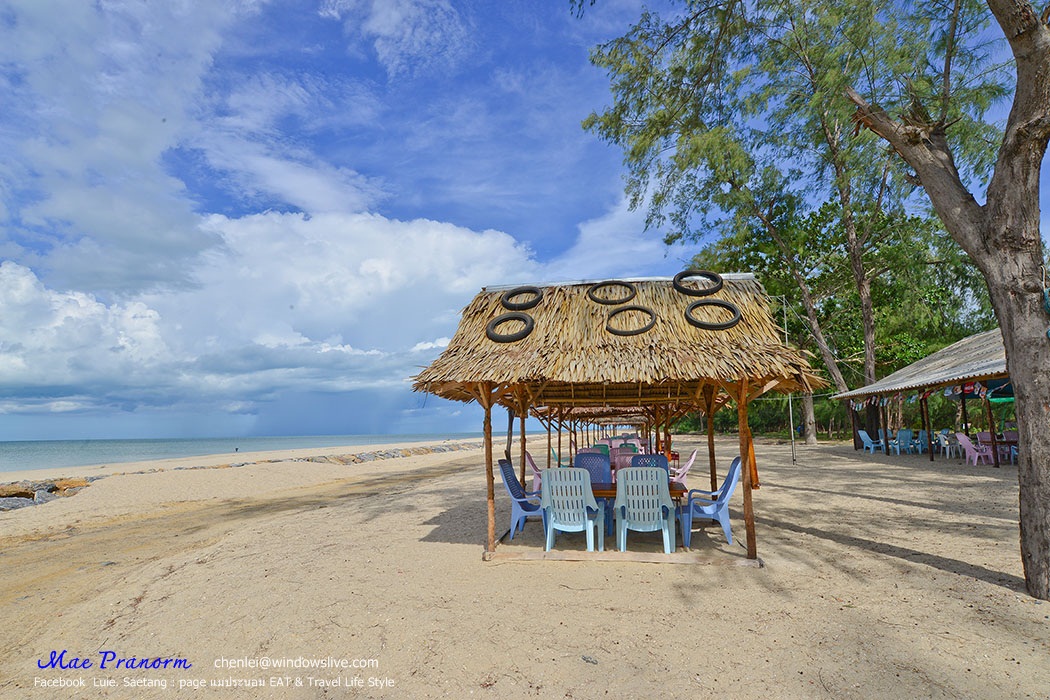

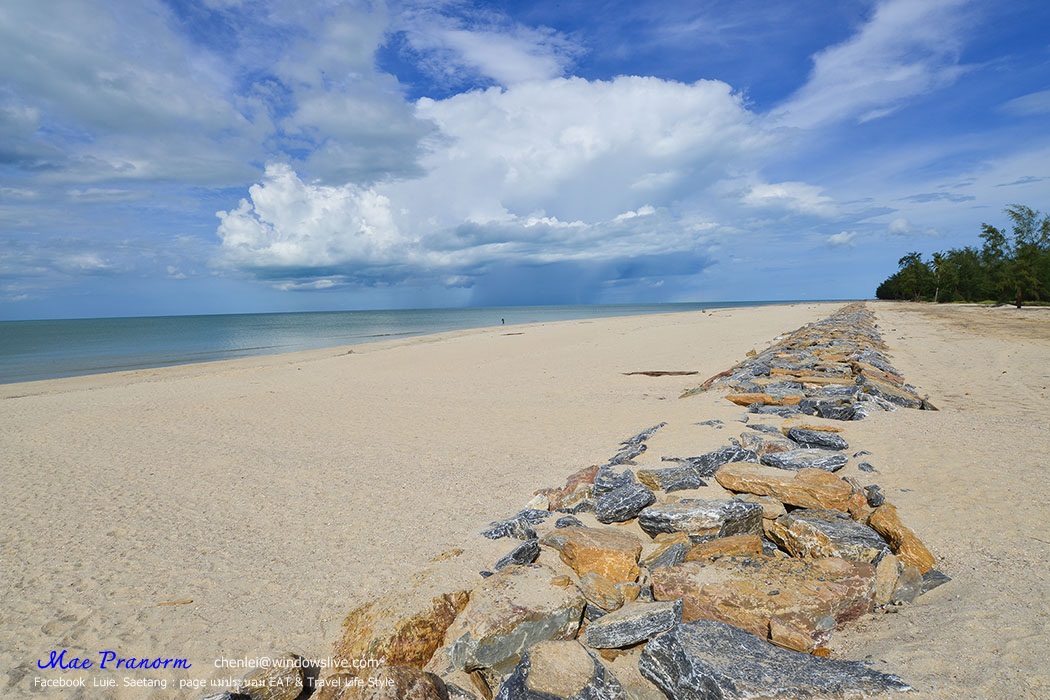
We have bought 1 tray of crabs at 250 THB and 2 kilograms of clams at 50 THB.
We come to Krua Kamnan Restaurant asking to have our crabs and clams cooked. To have our crabs steamed served with sauce is 80 THB and to have our clams stir-fried with chili paste is 70 THB.
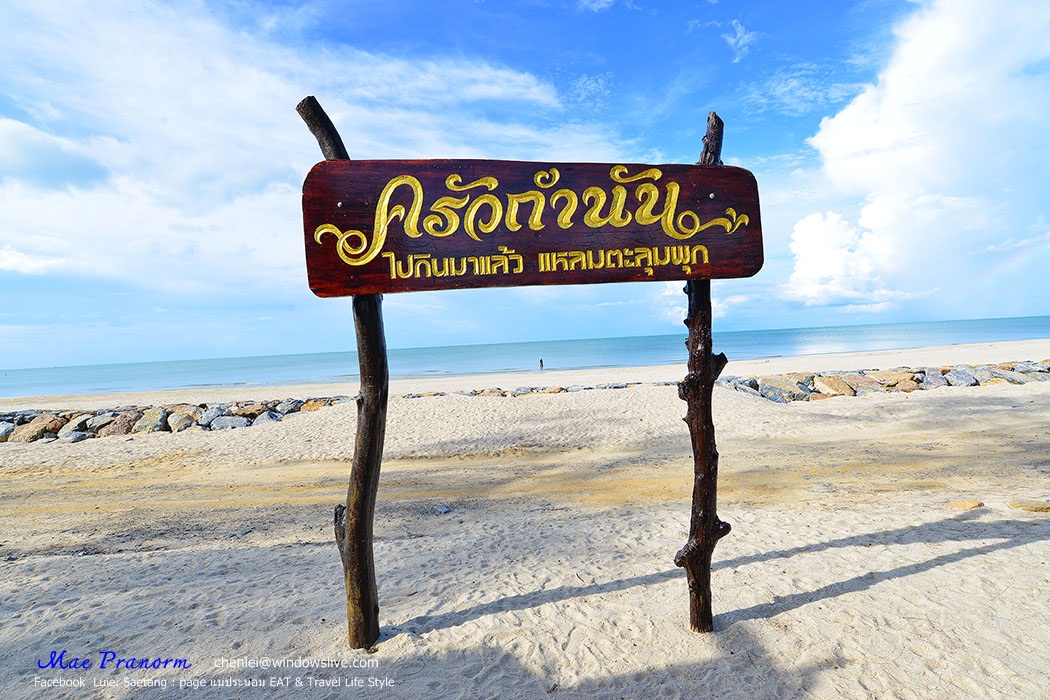
They have cooked for us very well and the sauce is very tasty, we love it.
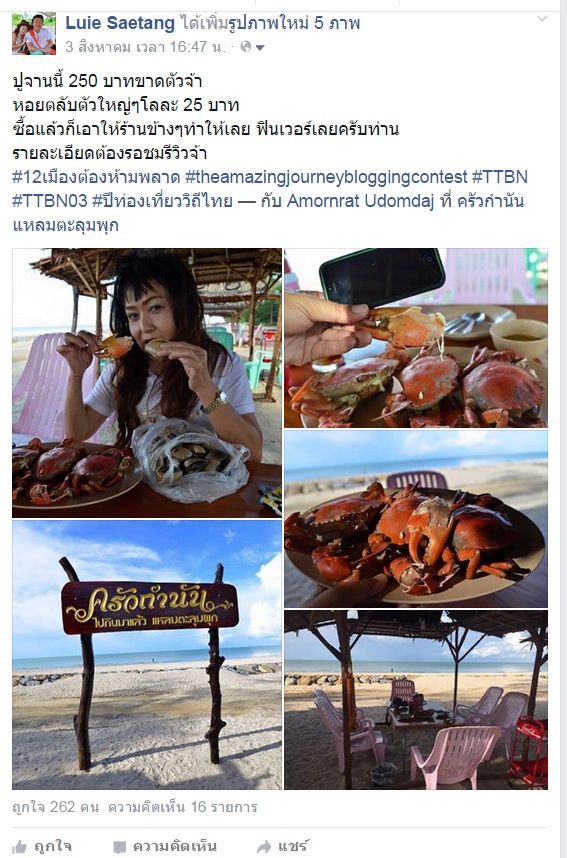
Look at this crab leg compared to the iPhone, it is huge!
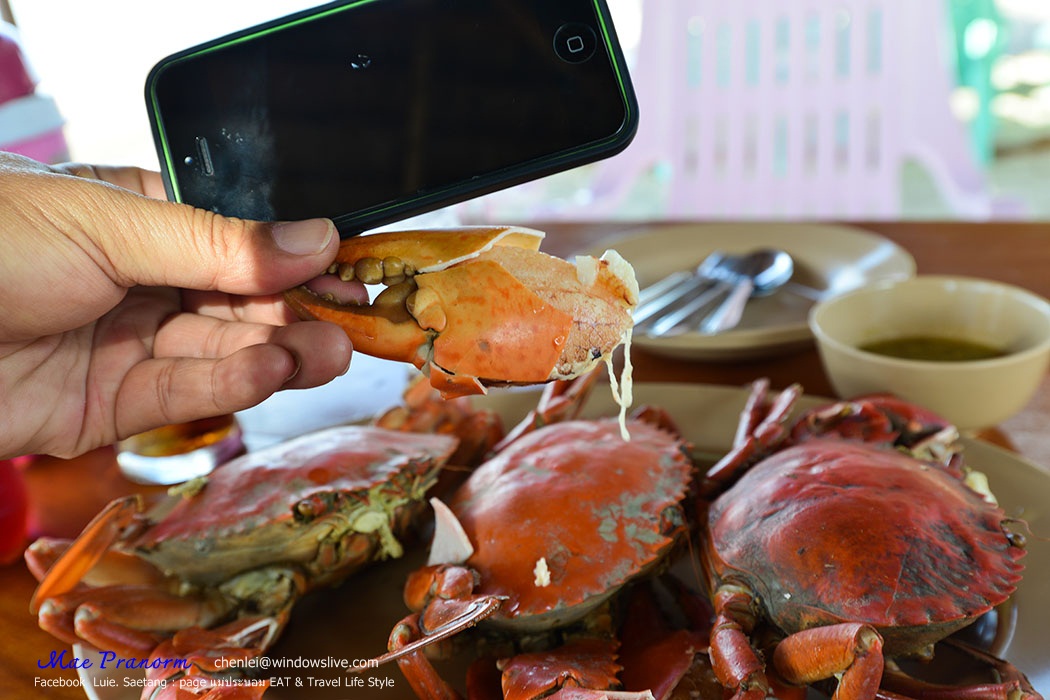
They are only 250 THB, totally cheap.
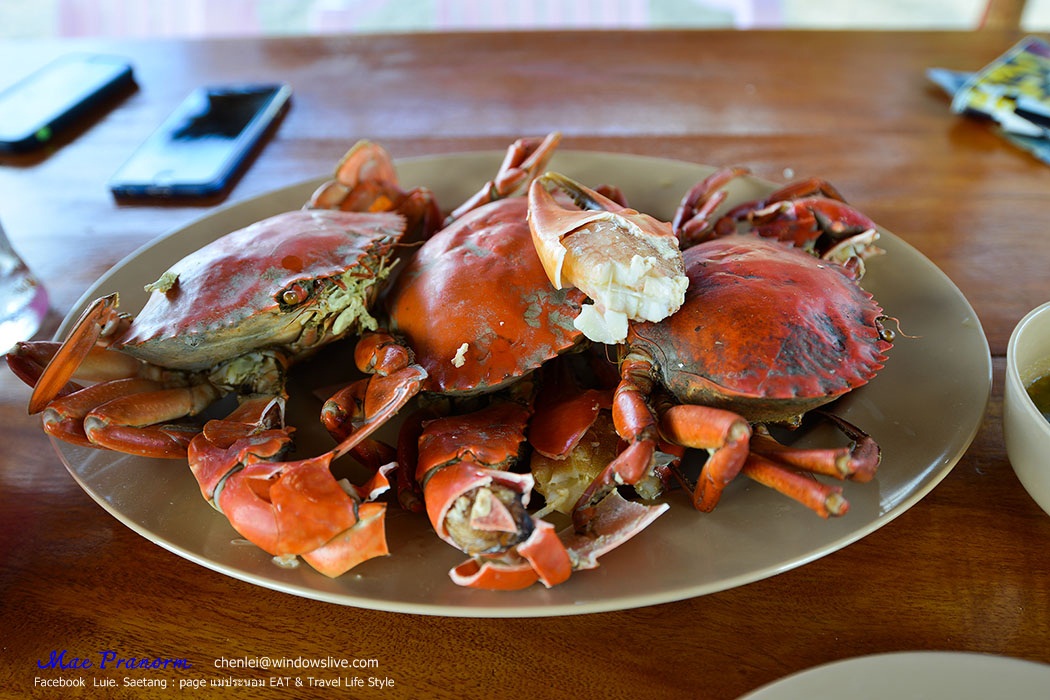
The way they stir-fried clams with chili paste is also good. And we used to pay for like 300 THB for a small dish of this but what we have right now is like 2 kilograms of clams at only 50 THB. This totally blows our minds.
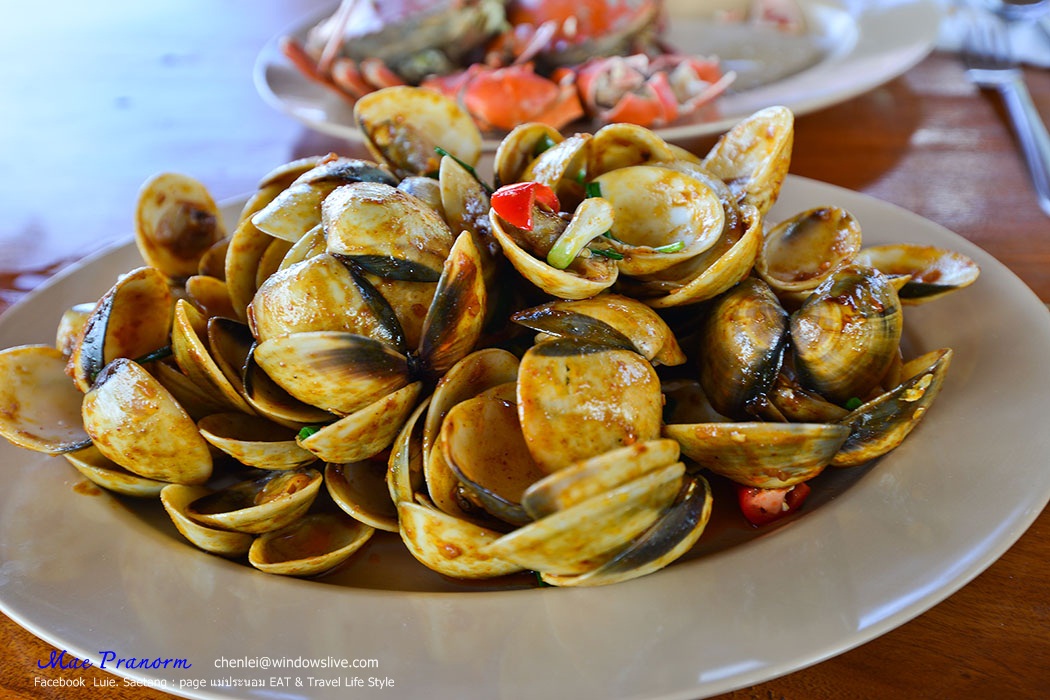
Mae Pranorm is completely happy.
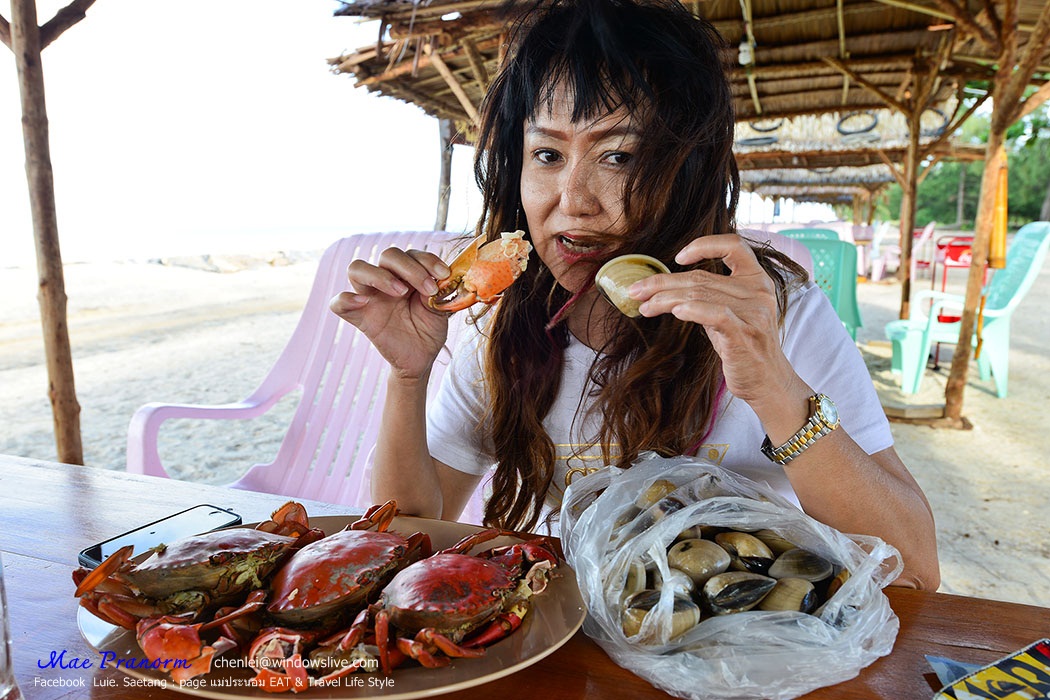
After full up our stomach, we are going to a Hundred Year Market, Pak Phanang.
A Hundred Year Market, Pak Phanang at Downtown Pak Phanang is located in the east, you have got to take a boat to old market pier. The buildings around the market area are mainly made out of wood in a simple design. The front doors are opened up and they are where all the products are placed and well-arranged. There are various choices of fresh diary products, meat, fish, and vegetable for you to choose from. In addition, the market is known for its cheap quality products, the products are normally cheaper than other market around 10 - 20 %. So if you are in Pak Phanang, do not forget to stop over at this Hundred Year Market where you can buy food as well as local souvenirs.
Credit:
www.rakbankerd.com

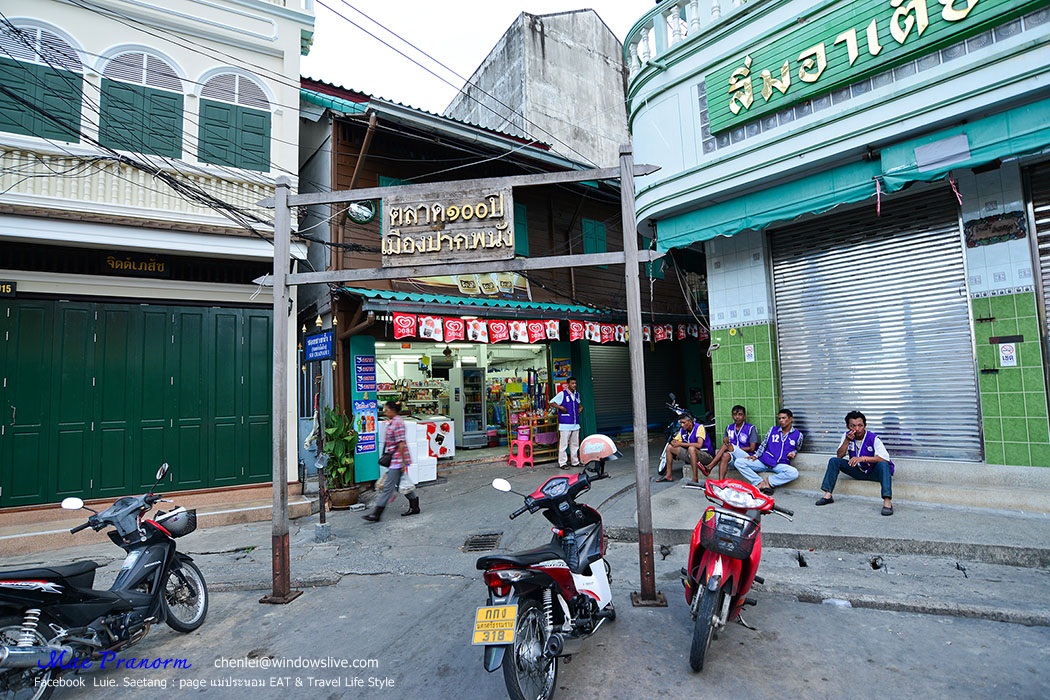
It is a pity that we have arrived around 6 PM, most of the shops are already closed.
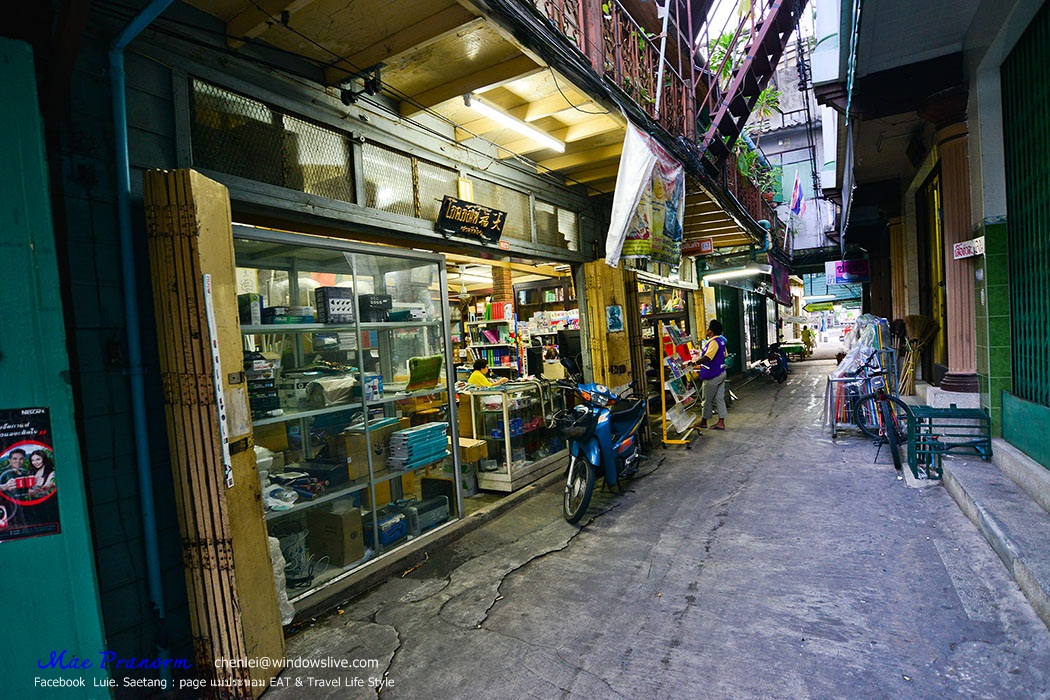
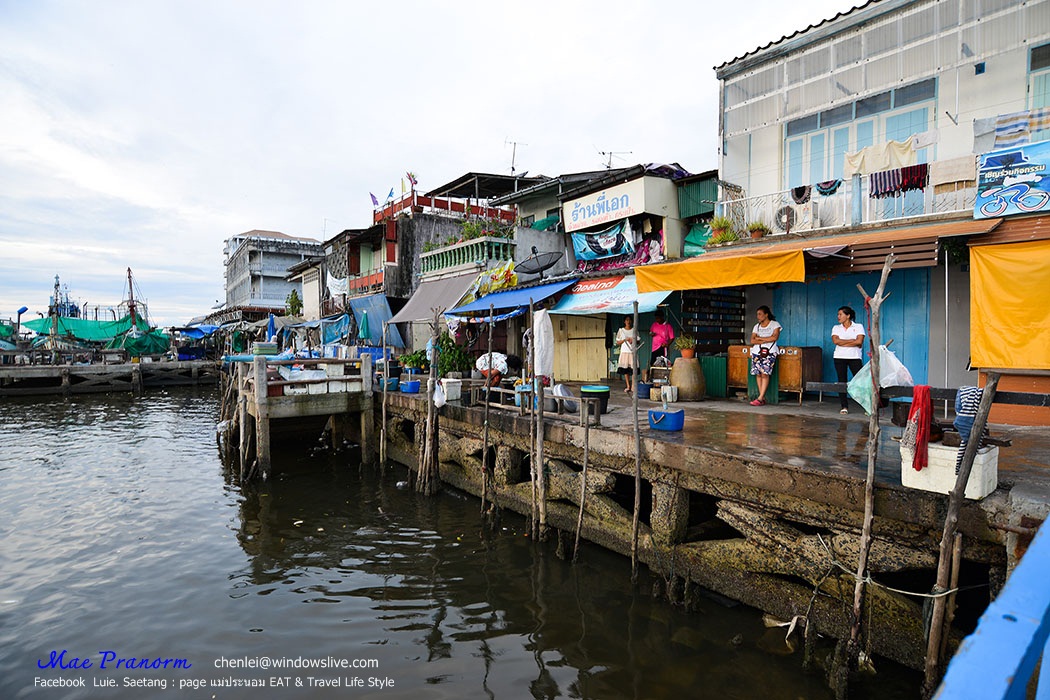
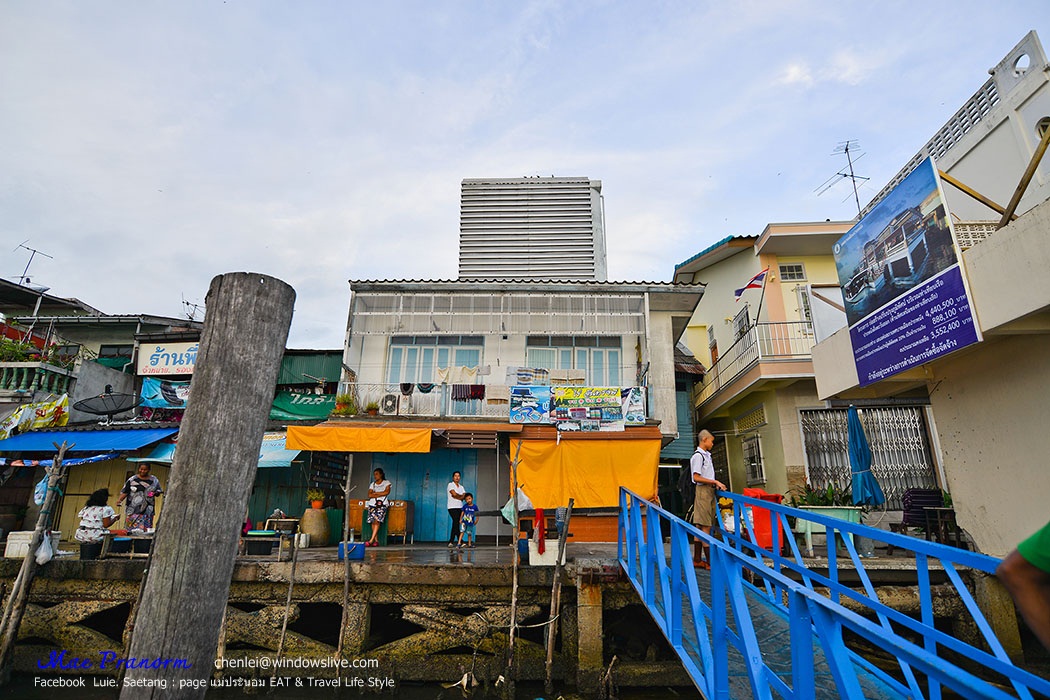


Anyway, it is a good stop over. Now, let's get back to Downtown Nakhon Si Thammarat to the city pillar shrine where there is a festival going on today!
City Pillar Shrine of Nakhon Si Thammarat
The shrine in Nakhon Si Thammarat houses the city pillar to promote the province's prosperity according to traditional customs. It is situated on the north of Sanam Na Muang Public Park. The area occupies around 5 acres. The city pillar shrine was inspired by the Srivijaya architectural style. The shrine complex consists of one main building where the city pillar is and encircled by four smaller ones. These minor pavilions were completed in 1999 and they signify the residential quarters of the four guardians of the world and enshrine four Mahayana Buddhist images.
The columns are made of valuable Ta Kien Thong wood (Malabar ironwood) from Nopphitam District. It is 2.94 -meter high with the circumference of 0.95 meters. The faces of Jatukam Ramathep – the tutelary deity of the city – are engraved at the top. After the city pillar shrine was completed, the top part was anointed by King Rama IX on 3rd August 1987 back in Bangkok before it was brought back to Nakhon Si Thammarat the day after.
Moreover, there was always a sacred ceremony in every single process of establishing the city pillar shrine of Nakhon Si Thammarat. During 1985 - 1987, there were 12 ceremonies in total. Therefore, this city pillar shrine is very rich in history and unique. It also can be considered as an archaeological evidence that reflects the way of local lives in the past.
Credit:
www.nakhonsithammarat.go.th/
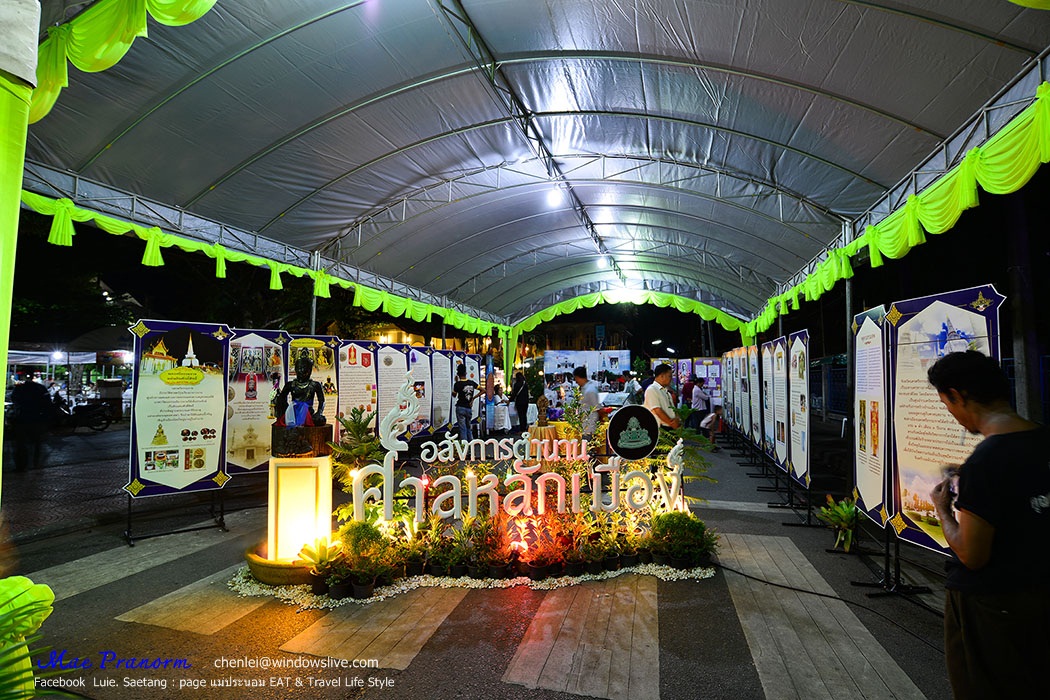
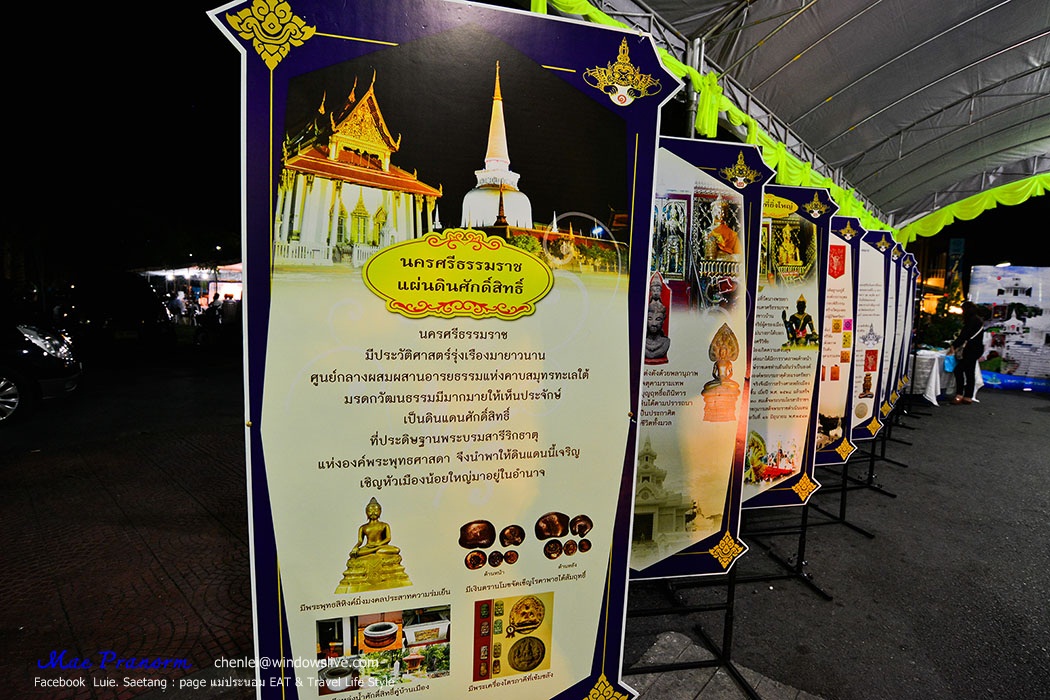
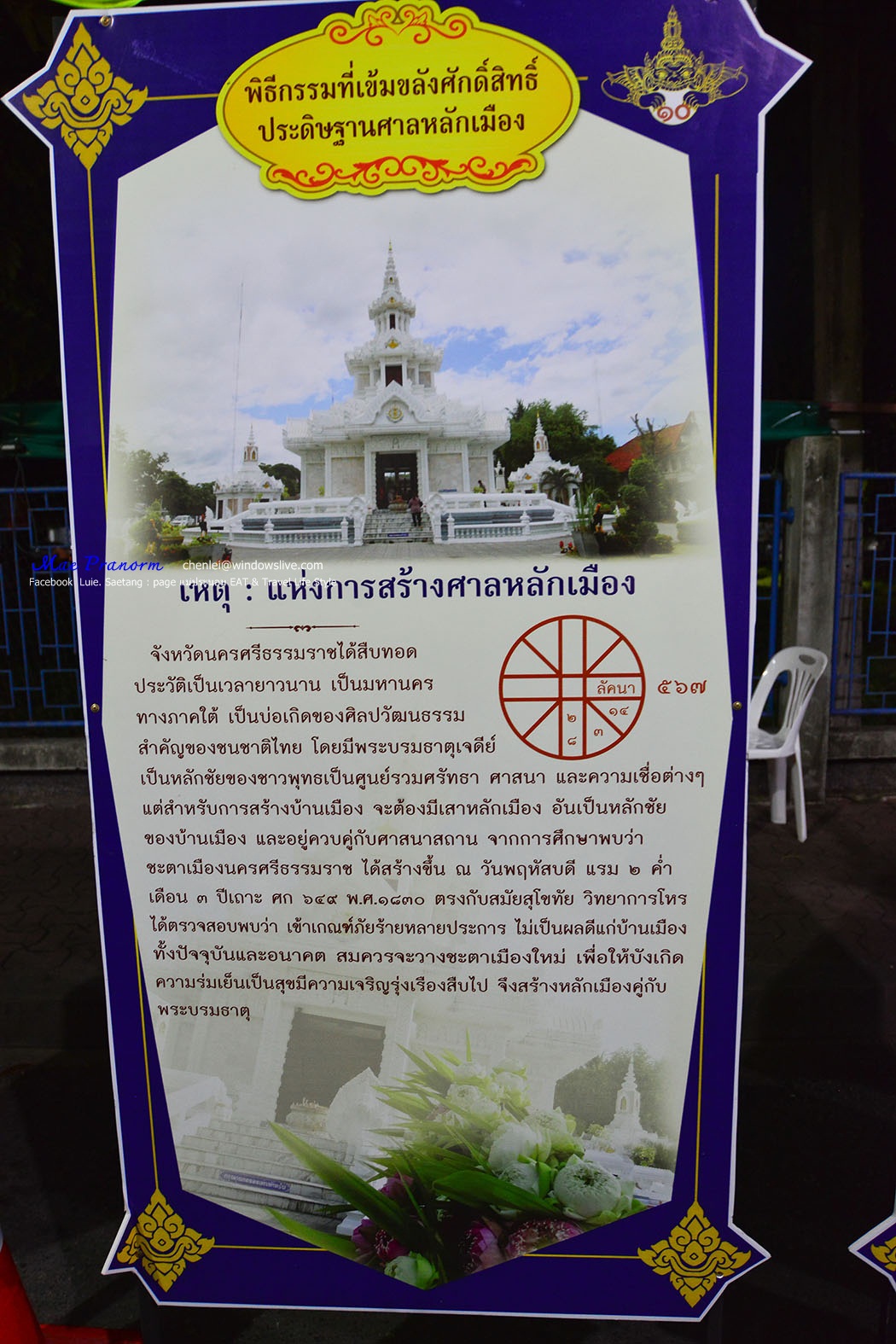

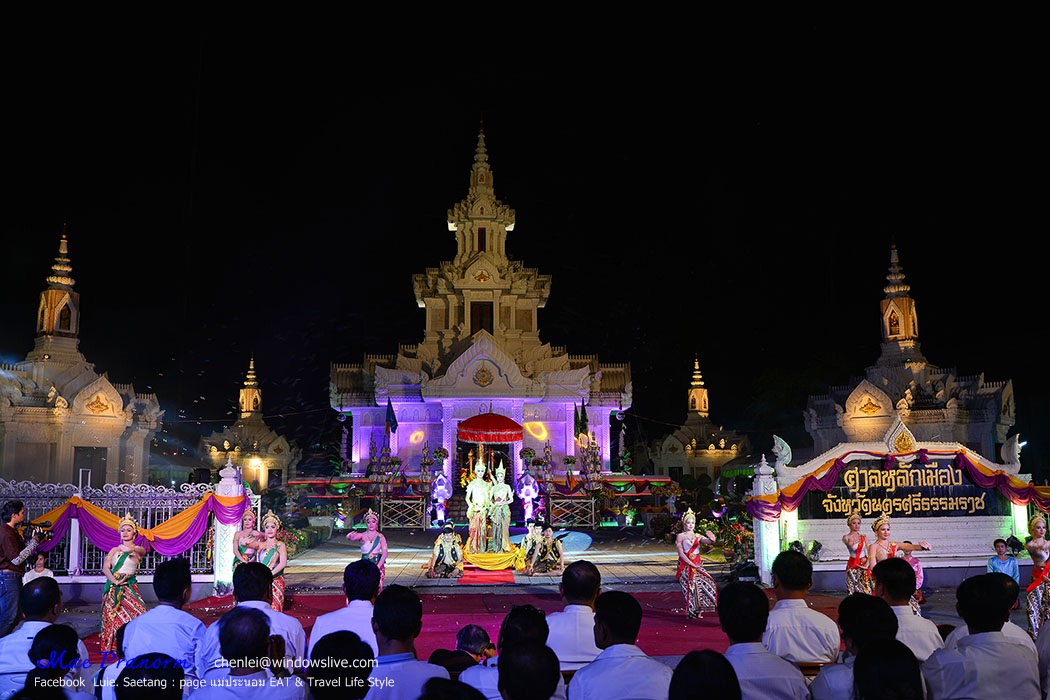
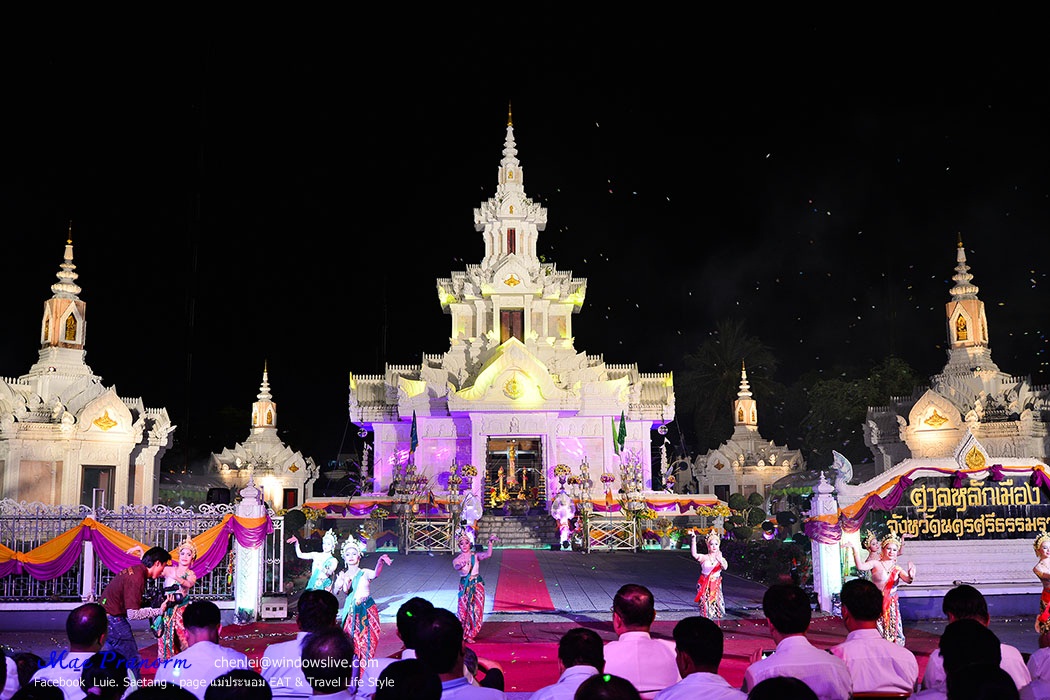
On the way back to our hotel we have seen that Roti Pa Nom is full of people so we have decided to stop and try.
The history of Roti Pa Nom.

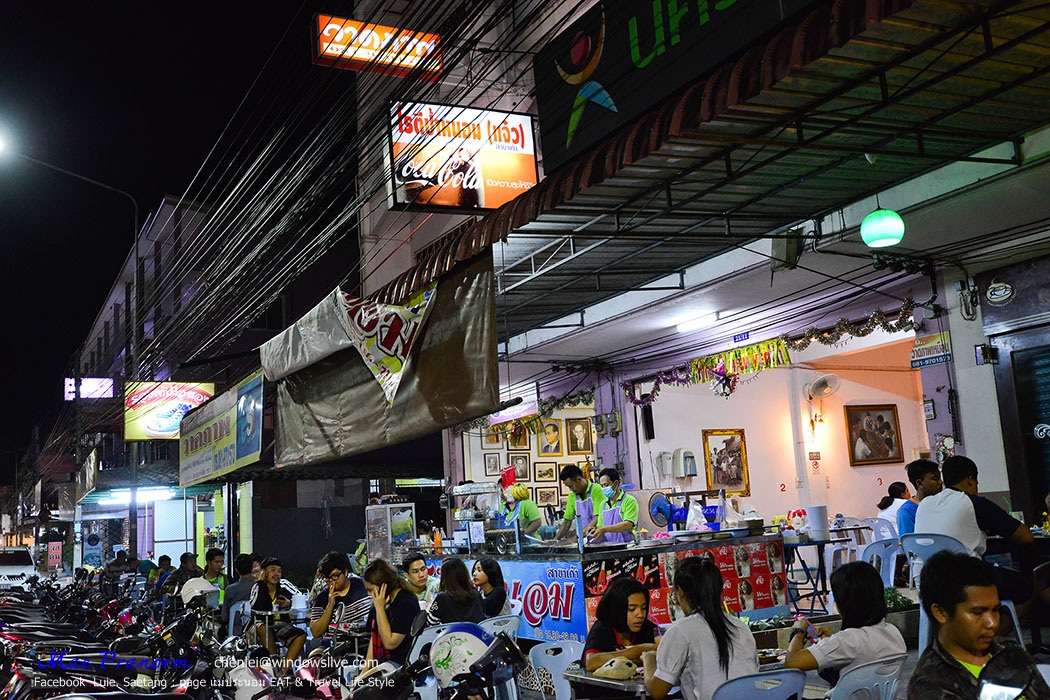
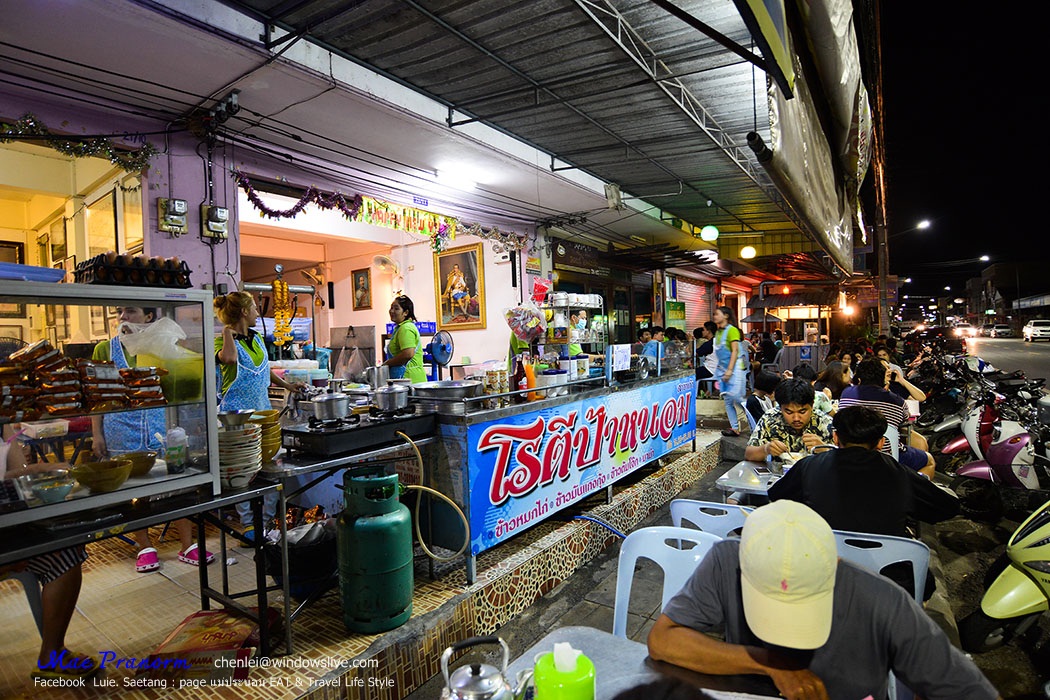

Variety of Roti is available for you to choose from. I would recommend Roti Tissue, a thin crispy Roti. It is so good.
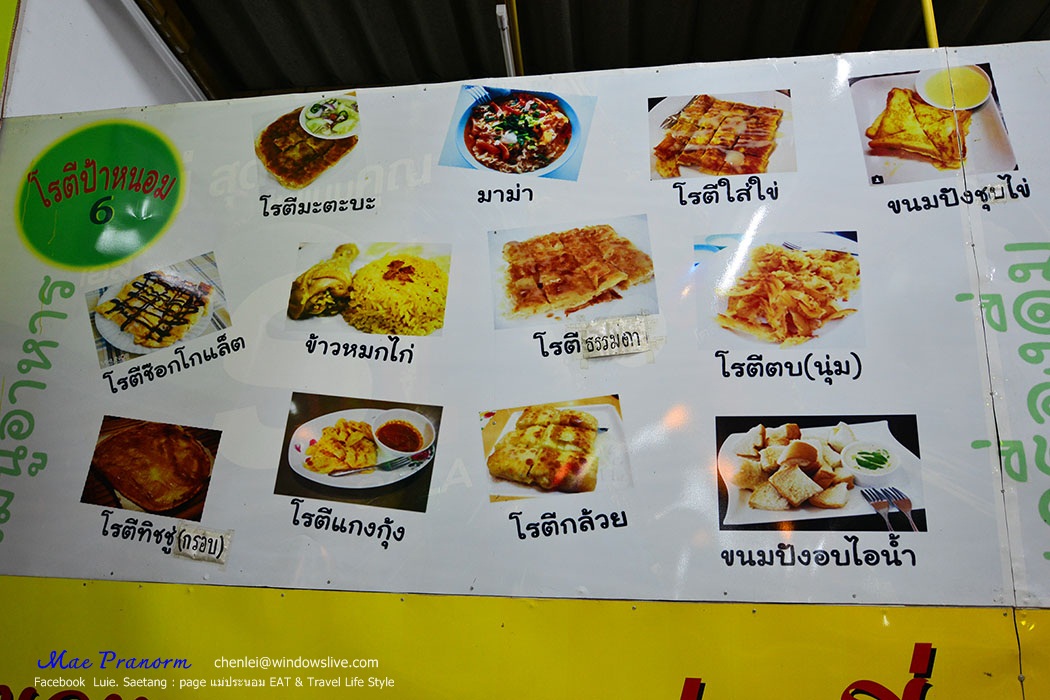
Menu with the price list.

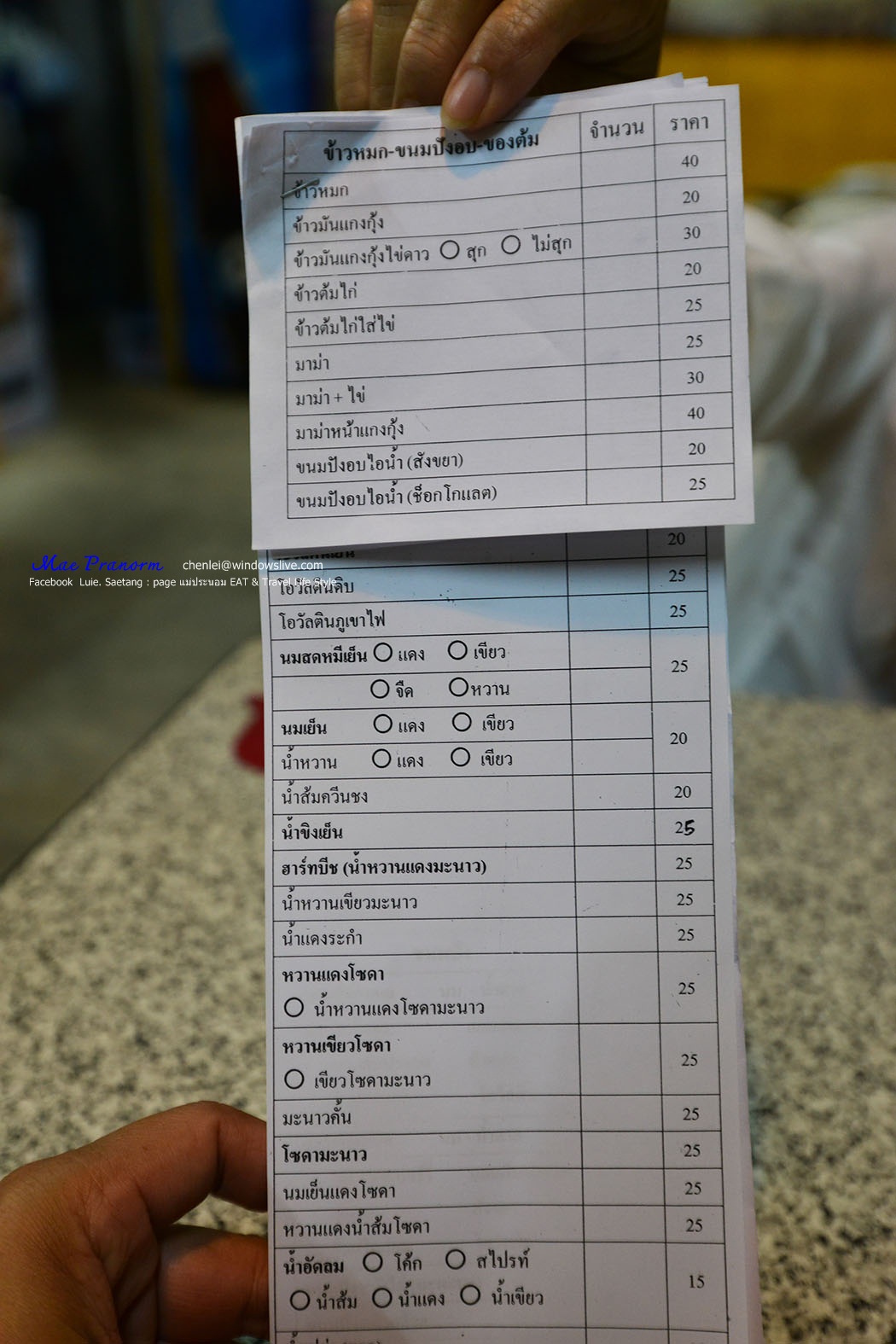
This is Roti Tissue, it is super thin.

Numbers of drinks are also available.
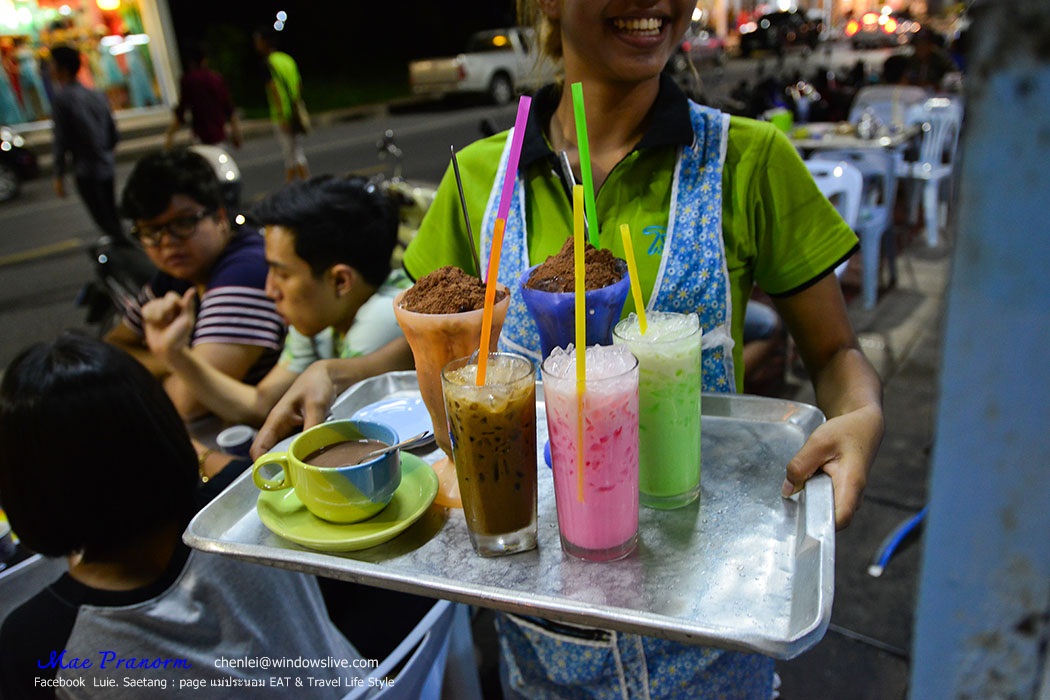
We take away the Roti so it has been prepared with sweetened condensed milk and sugar.
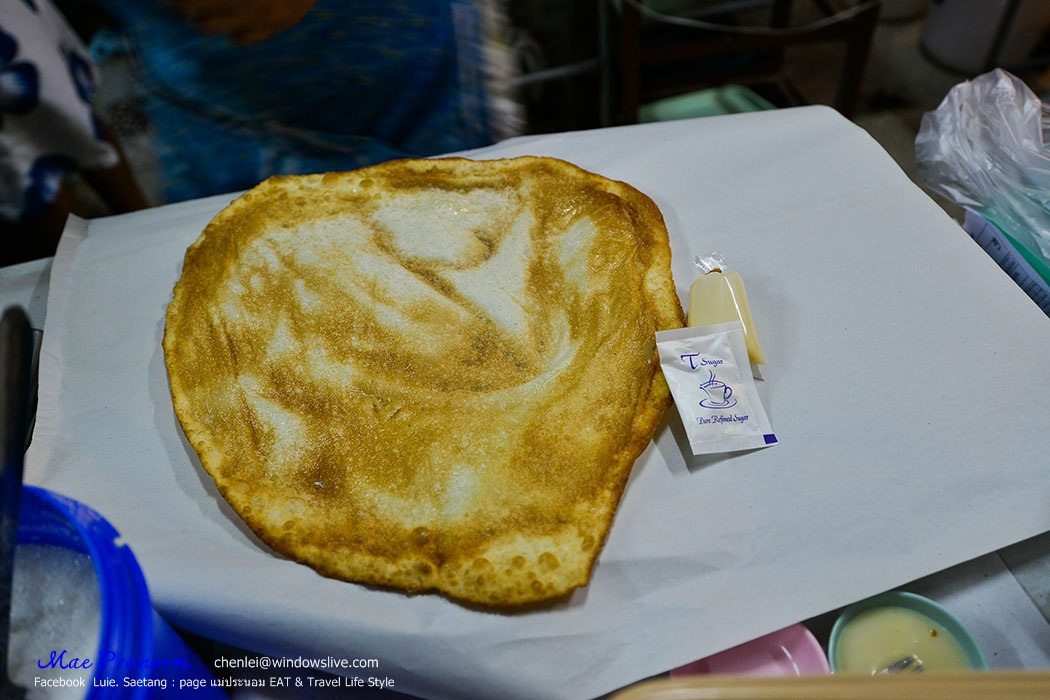
A picture of Pa Nom (Auntie Nom) and 10 of her children. Sadly, she passed away already.
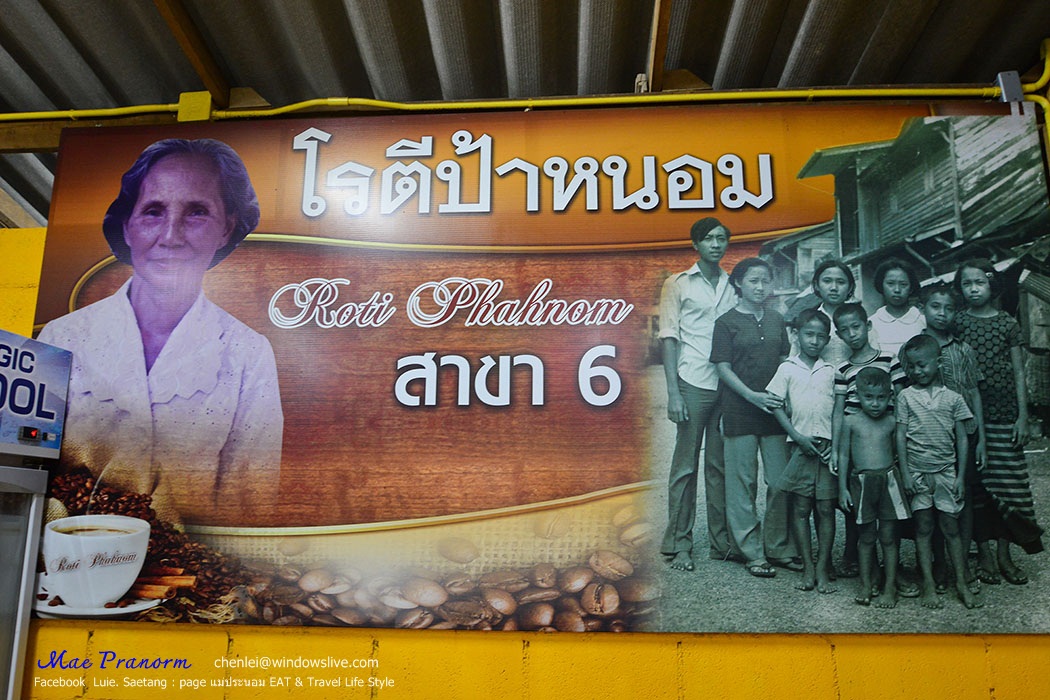
We are back at the hotel and have taken a shower so it is time for the Roti before the night ends.
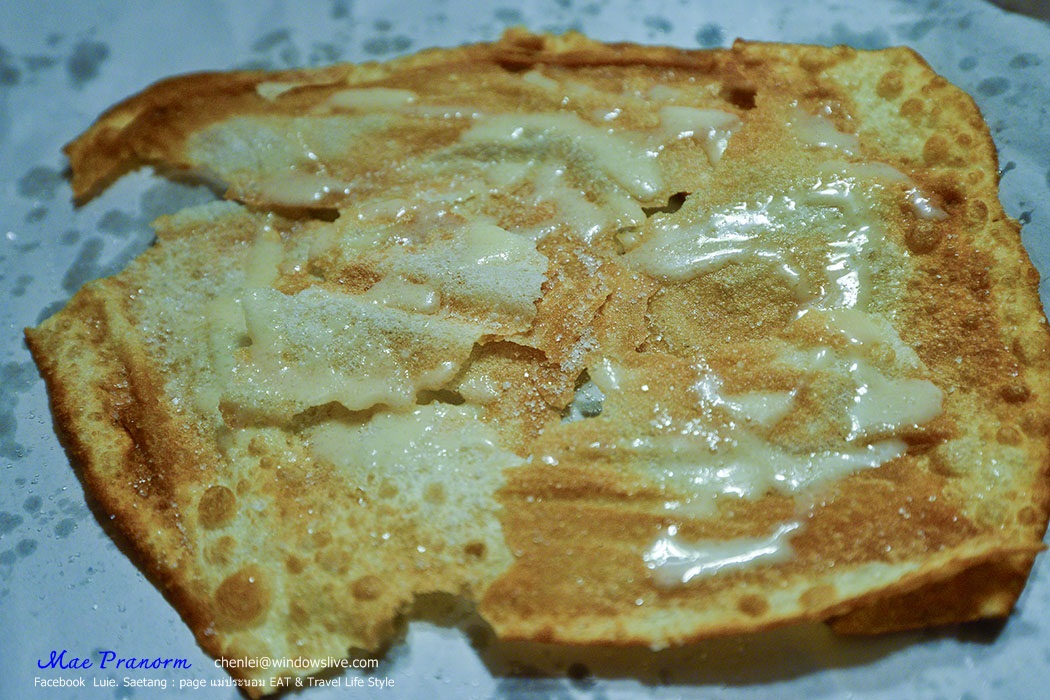
The second day of our trip has approached. We start our day with the breakfast at the hotel before going to Wat Phra Mahathat Woramahawihan.
Wat Phra Mahathat Woramahawihan or known as Wat Phra Borommathat in the past is located on Ratchadamnoen Road, Naimuang, Muang District in Nakhon Si Thammarat. It is a first-class royal temples, Woramahawihan.
History
In 311 Prince Thanakuman and Queen Hem Chala, and Sri Lankan monk built Wat Phra Mahathat Woramahawihan (Wat Phra Borommathat as an old name) with a pagoda in Srivijaya style similar to the Kiri Vehera stupa in Sri Lanka.
In 550 King Chandra Banu established the city of Nakhon Si Thammarat and built a new pagoda in Sanchi style on the same site.
In 1227 King Chandra Banu renovated the pagoda to be in bell-shaped and Lanka style and the top was entirely covered by pure gold.
In 1612 and in 1616 There was a reparation of the golden leaf at the top of the pagoda.
In 1647 The top part of the pagoda was broken down and it was restored.
In 1732 - 1758 The entrance to the pagoda at Viharn Phra Song Ma was modified.
In 1769 During King Taksin's reign, the buildings were restored where needed and built Viharn Tub Kaset.
During King Rama II, Chao Phraya Nakhon Si Thammarat (Phat) restored Phra Viharn Luang, Viharn Tub Kaset, and the pagoda.
During King Rama V's reign, there was a huge restoration of the outer wall,
Viharn Tub Kaset, Viharn Thamma Sala, Viharn Phra Song Ma, Viharn Khian, and putting some gold leaf onto the Buddha images.
In 1914 The lightning rod was installed
In 1972 - 1974 พ.ศ. 2515 - 2517 Phra Viharn Luang and the ordination hall were restored.
In 1987 The golden petal of the lotus blossom was fixed to be more durable.
In 1994 - 1995 The golden top part of the pagoda was restored with the reparation of the core to be more durable. The budget was fifty millions Baht.
In addition, Fine Arts Department has announced that Wat Phra Mahathat Woramahawihan is an archaeological site in the government gazette Volume 53 Episode 34 on 27th September 1936. UNESCO World Heritage Committee also has added Wat Phra Mahathat Woramahawihan to tentative UNESCO World Heritage Site list during the 37th session of the World Heritage Committee hold in the Kingdom of Cambodia, in Phnom Penh on 21st June 2013.
Credit: Wikipedia

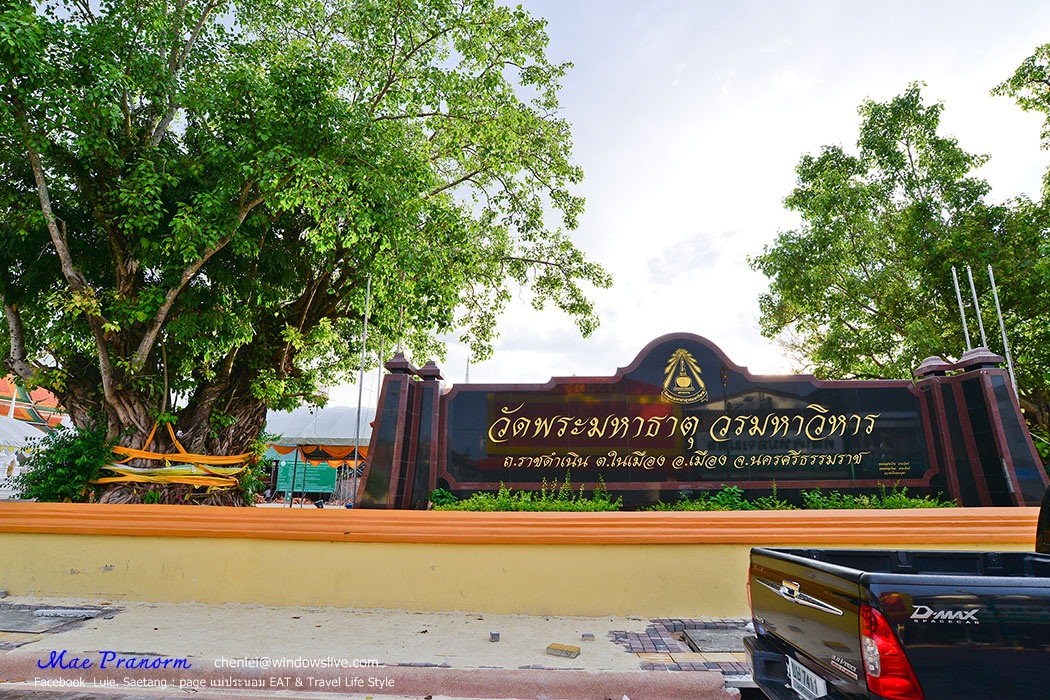
The street in front of the temple is under the development. After it is done it will be used as a walking street venue.
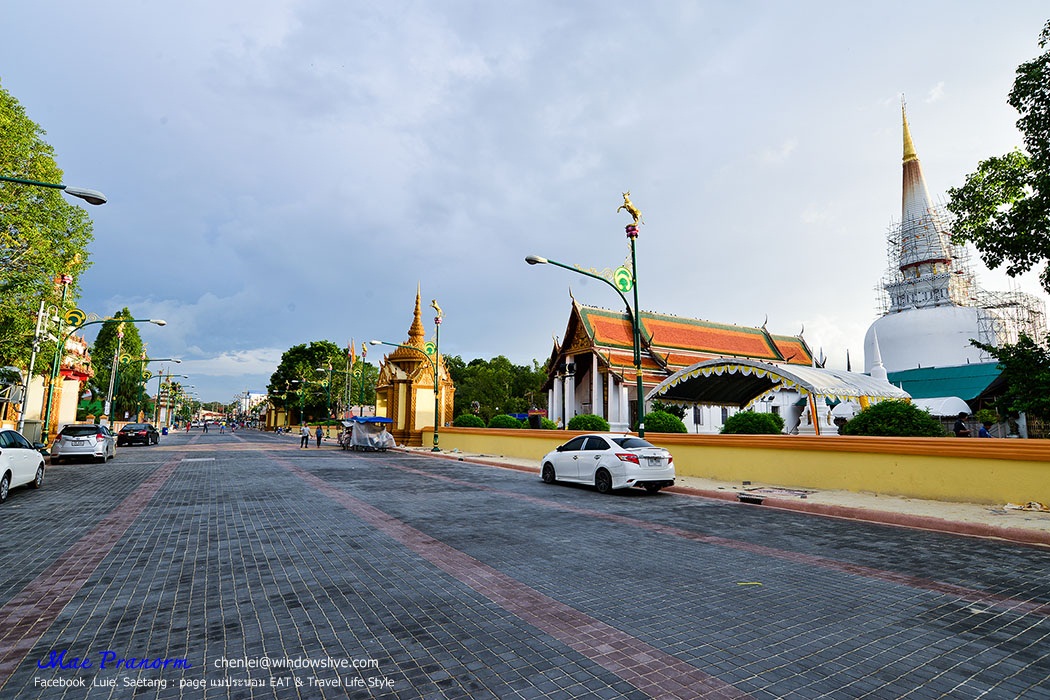
Let's pay homage to the footprint of the Buddha!
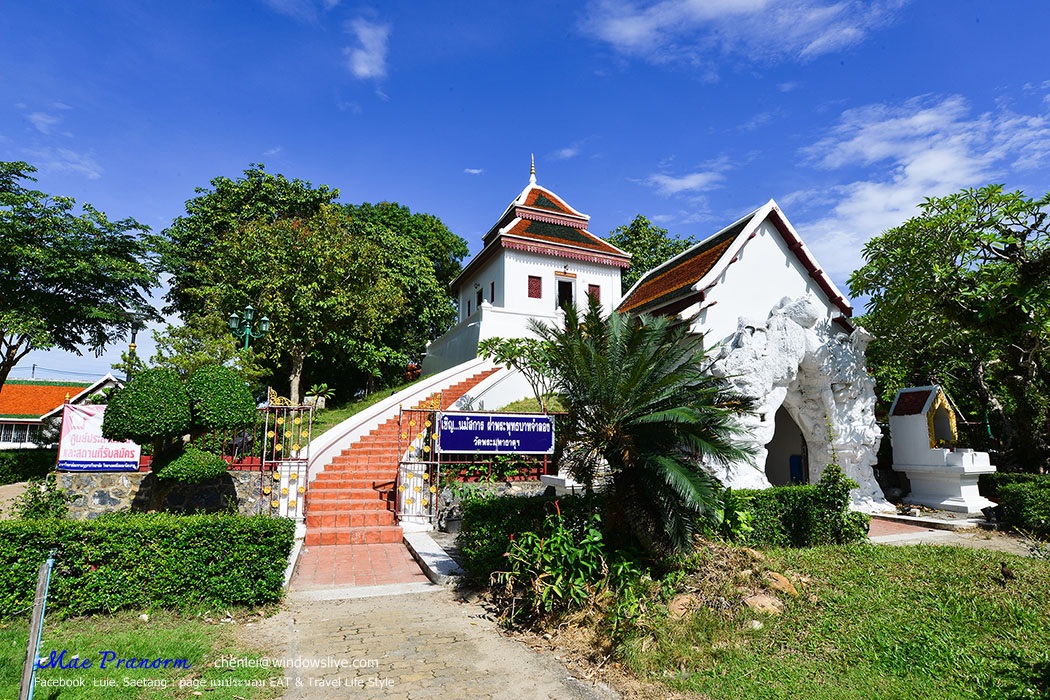

The pigeons in the temple are very tame.
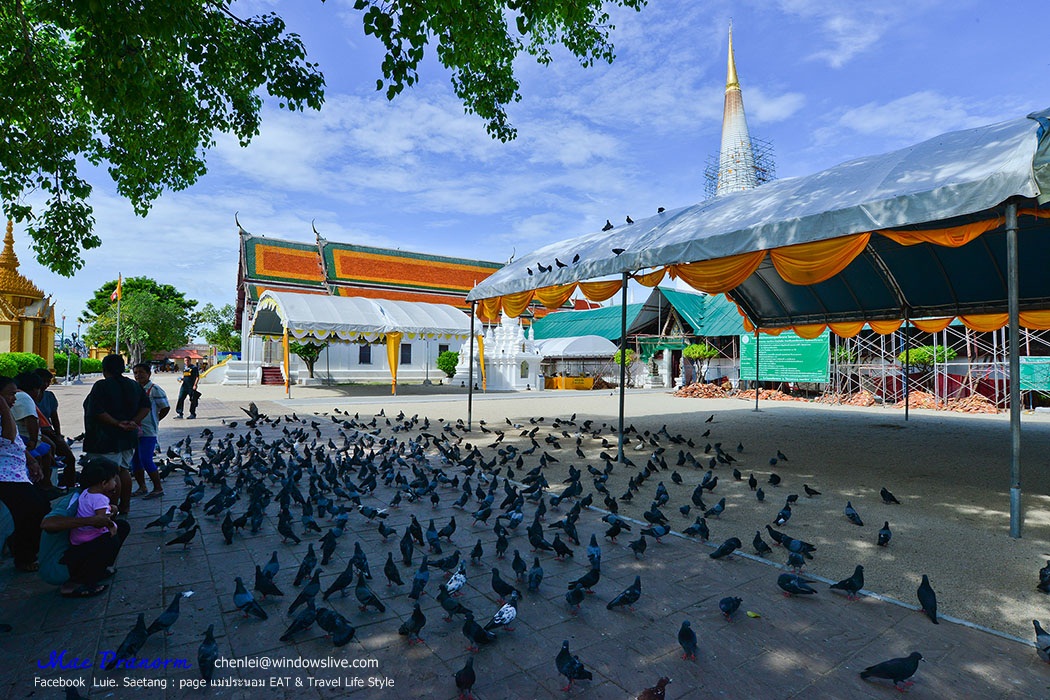

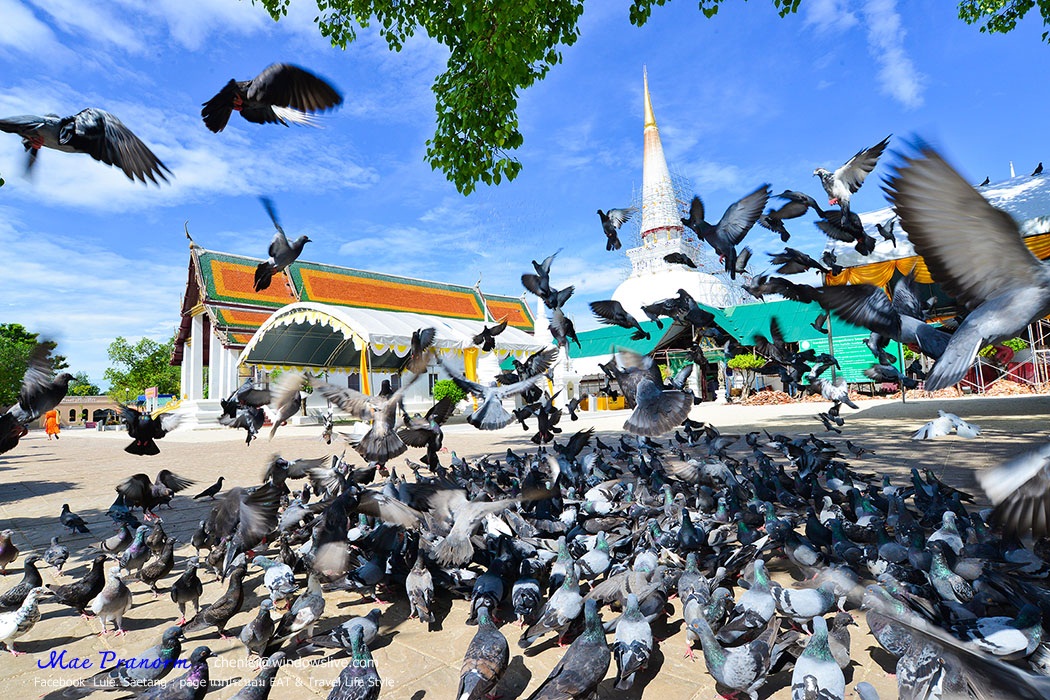
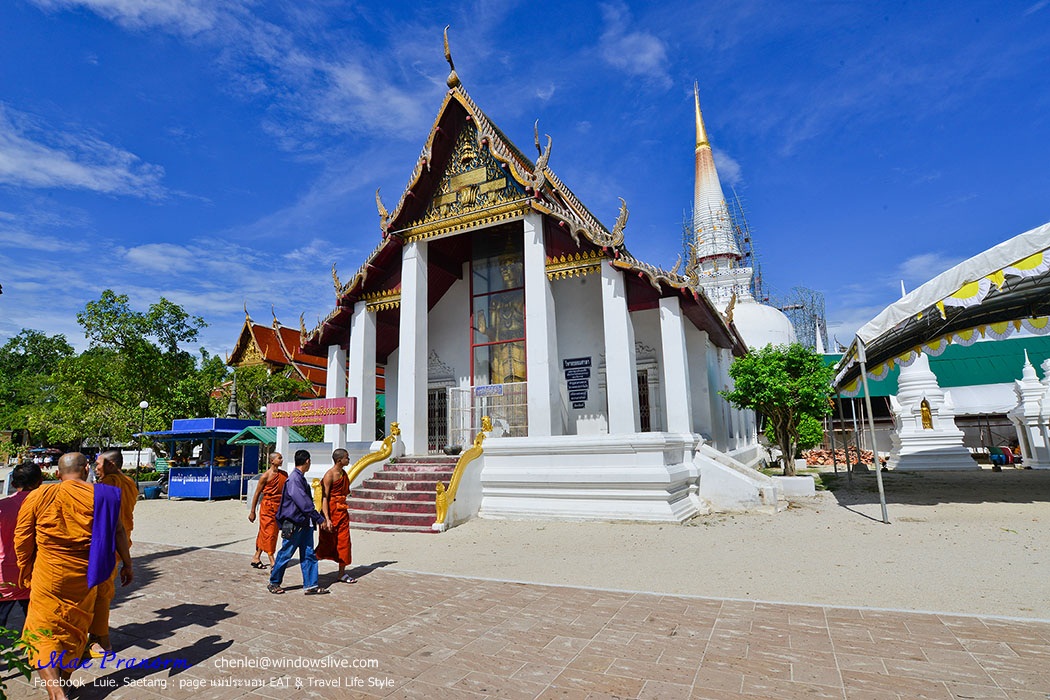

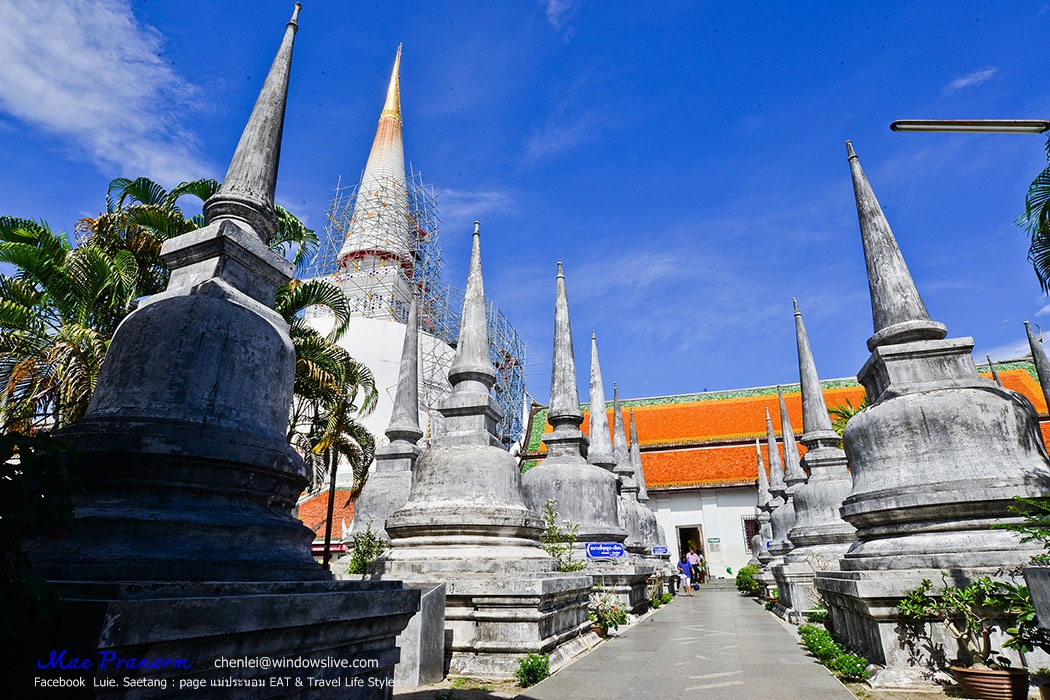
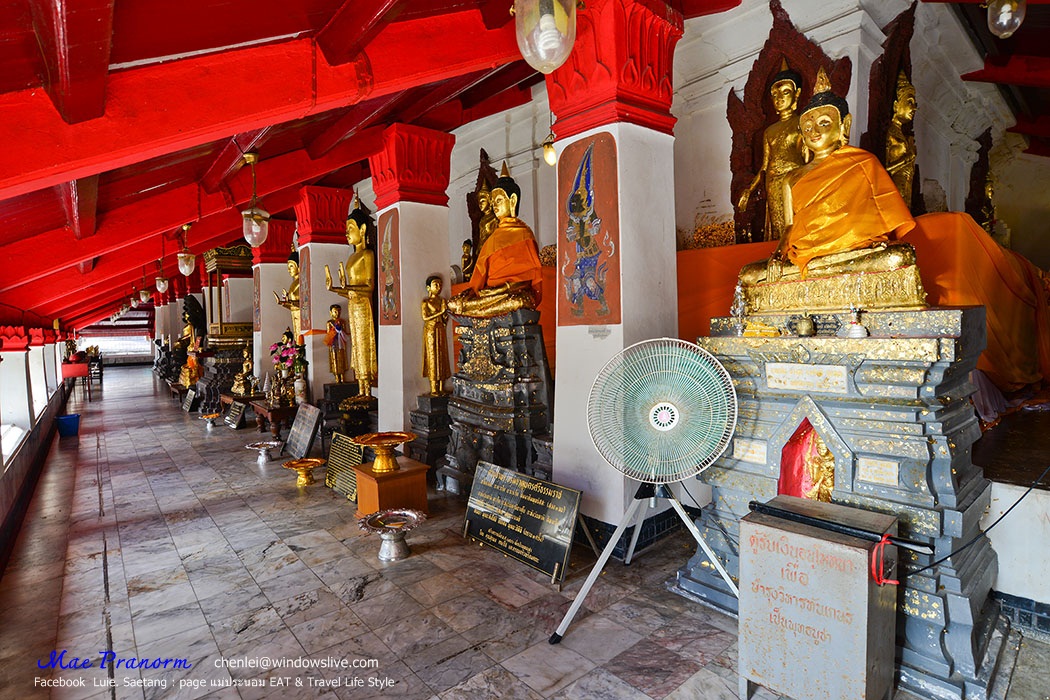


We come back in the evening as well. We would like you all to see how beautiful it is at night wth the lighting.

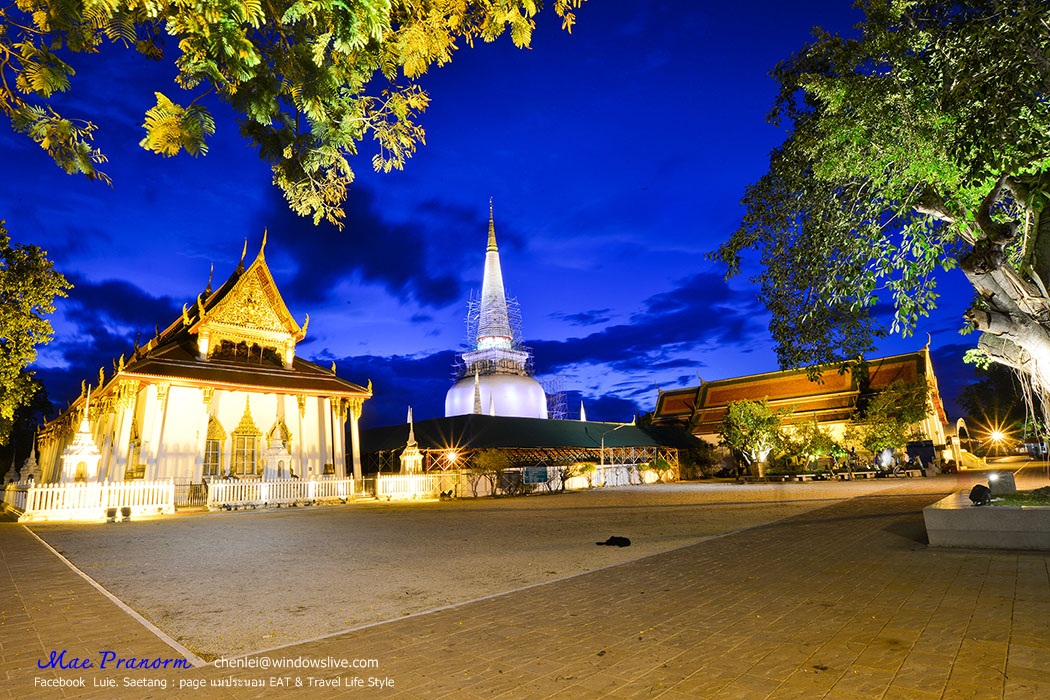
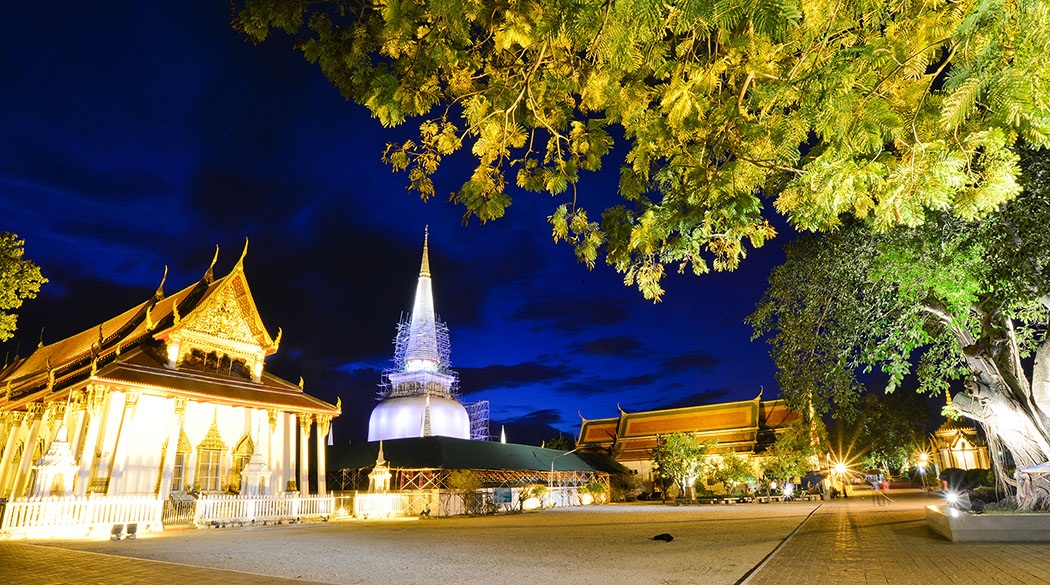
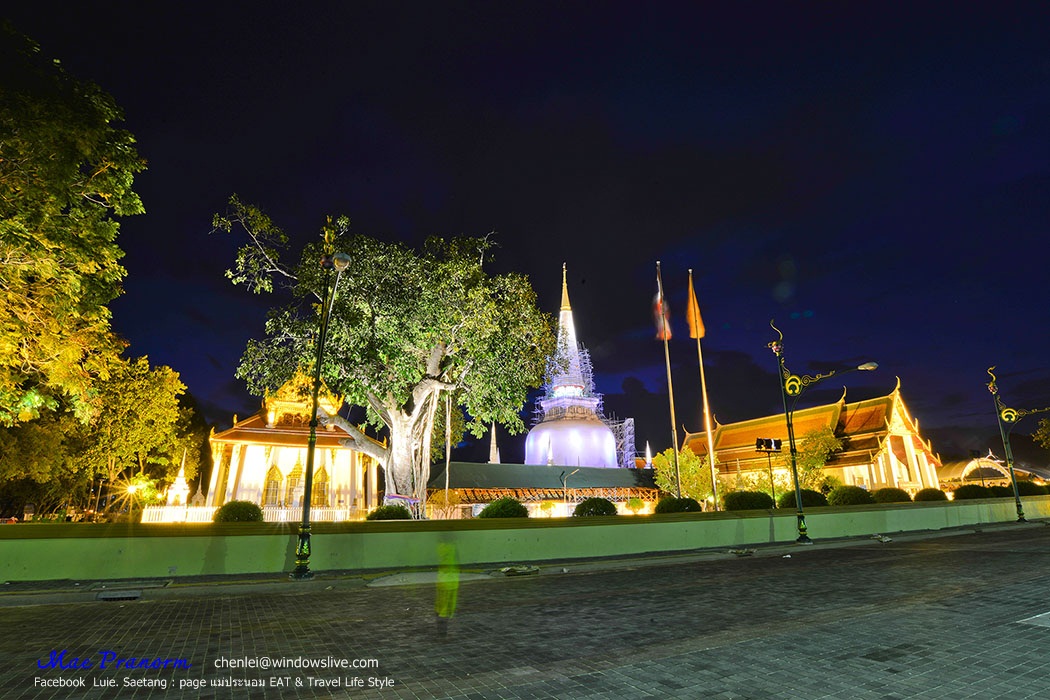
After a temple tour even though we are not very hungry, we stop by at Tang Kia Tae Tiam Restaurant, one of the famous restaurants in town.
It is located on the opposite site of Nakhon Si Thammarat Provincial Land Office.
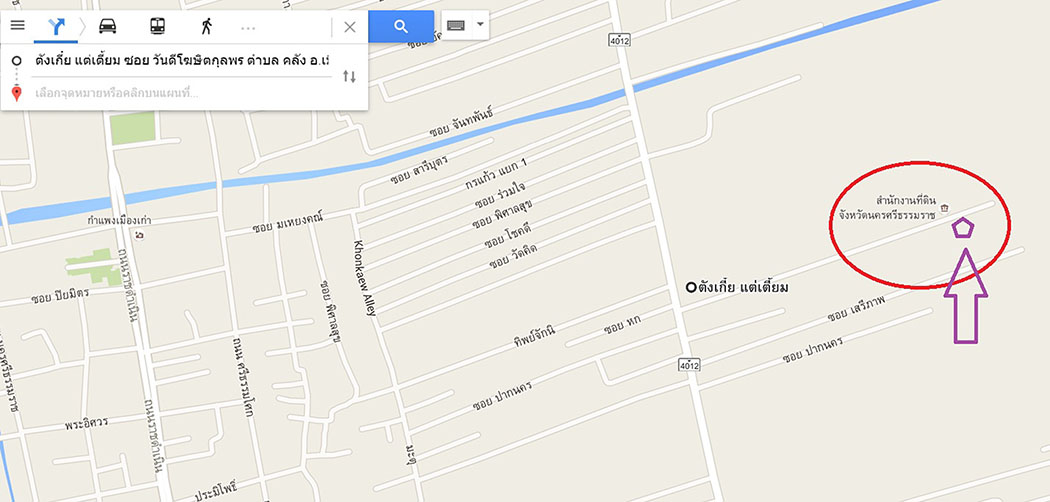
I have heard that this restaurant is always packed of people but we are lucky that there are not that many people now since it is pretty late in the morning.
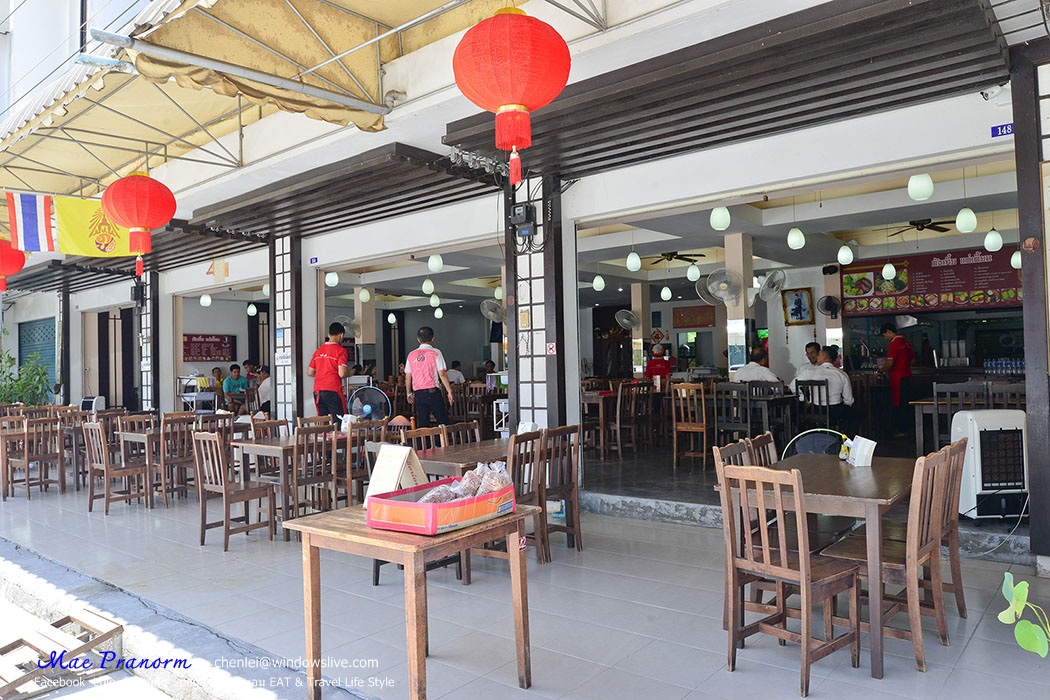
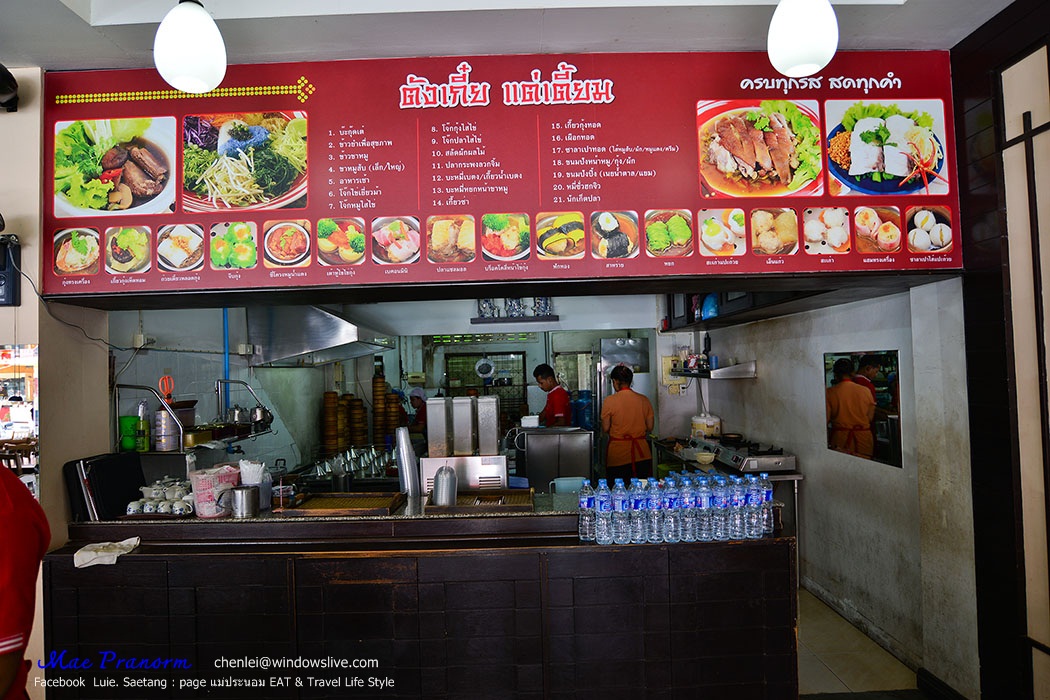

The menu.
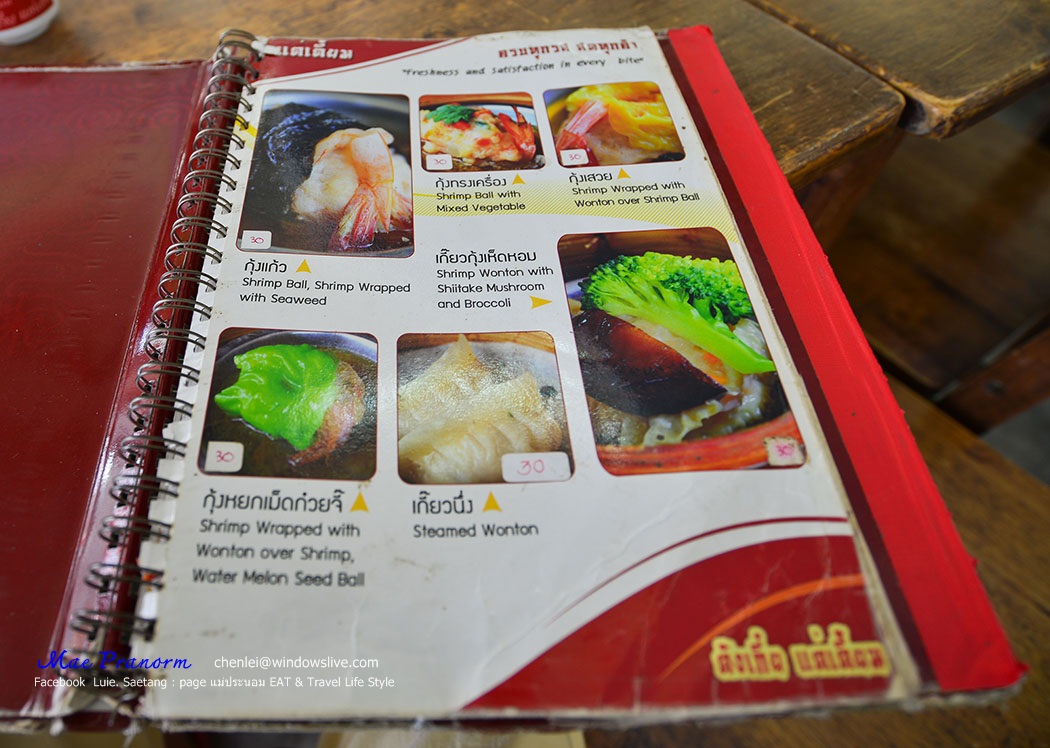
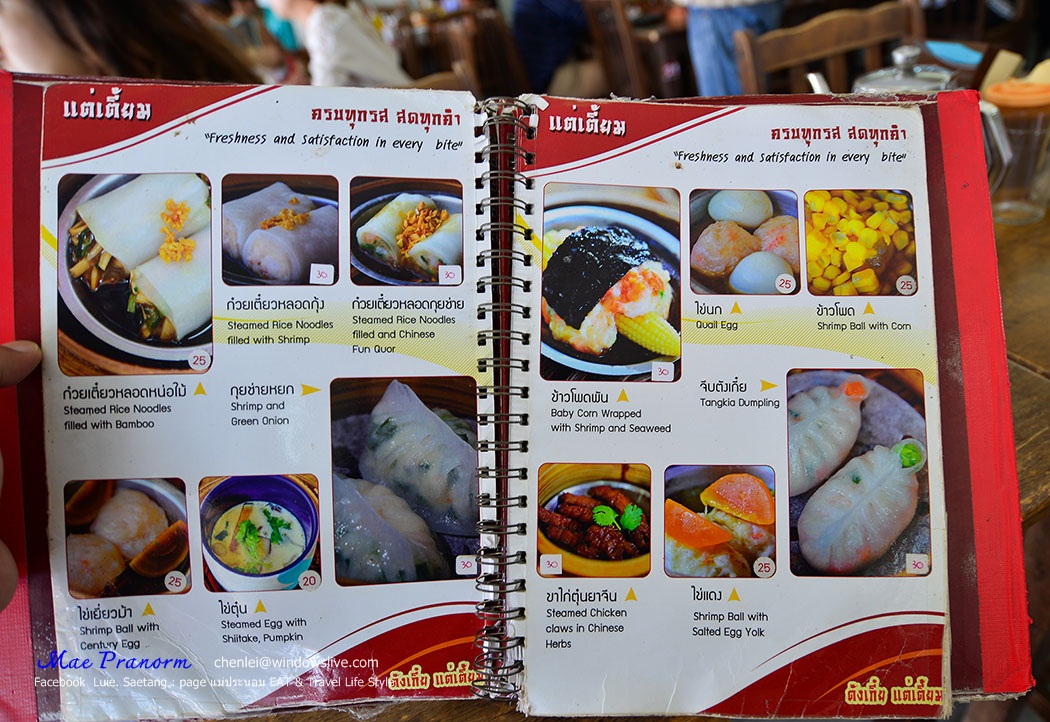
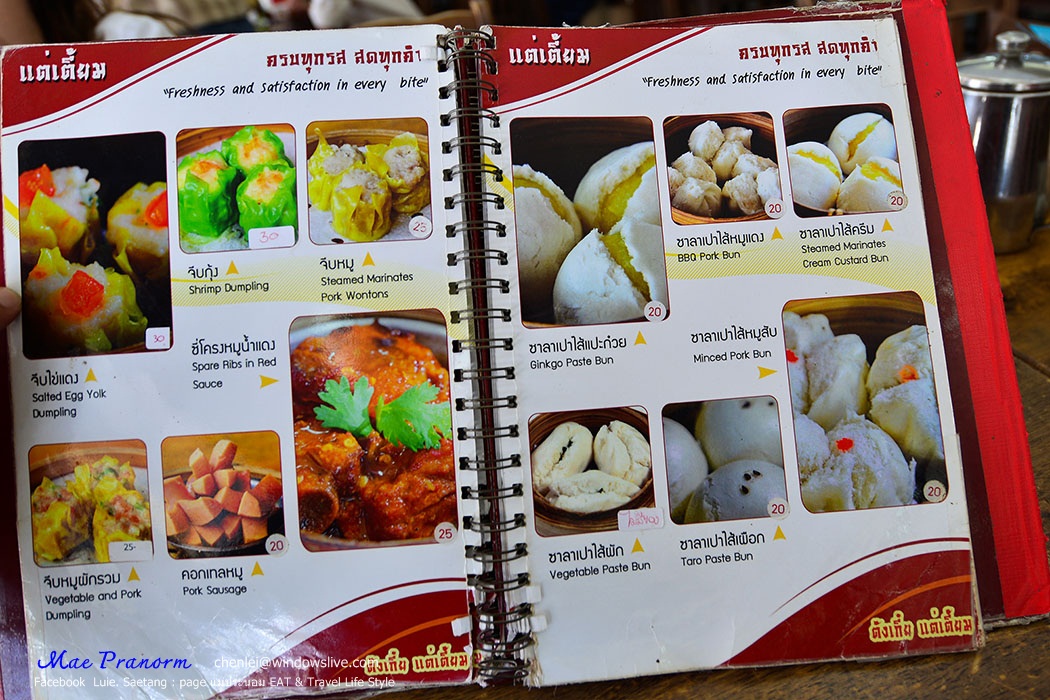

These are all what we have ordered and we have got to say that they are all delicious and not expensive. If you are in town, do not forget to stop by.
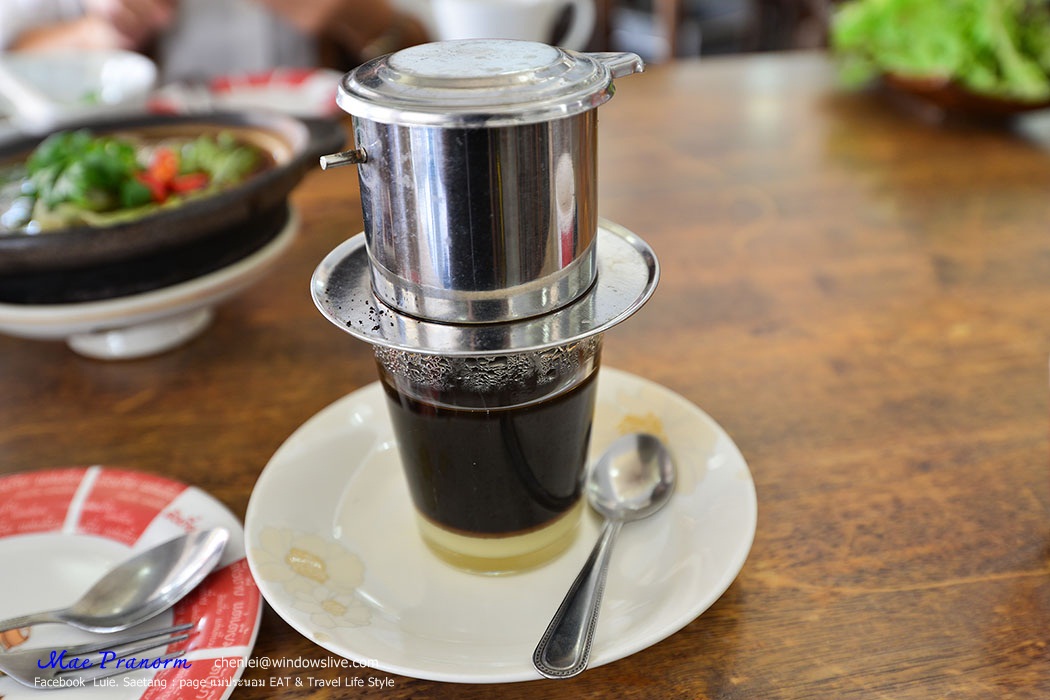
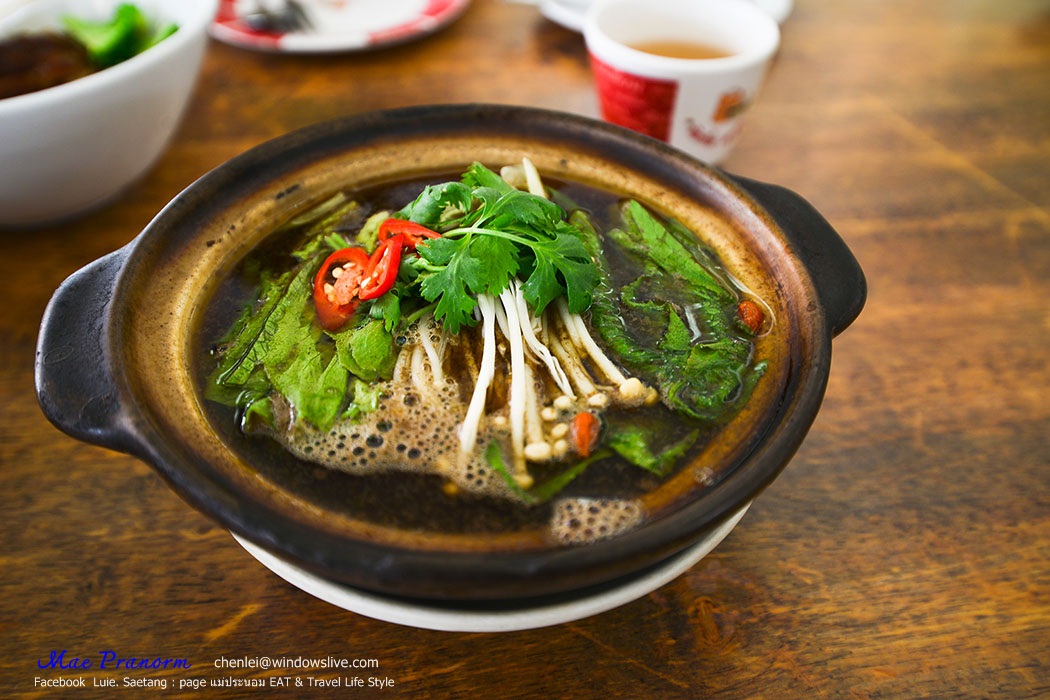
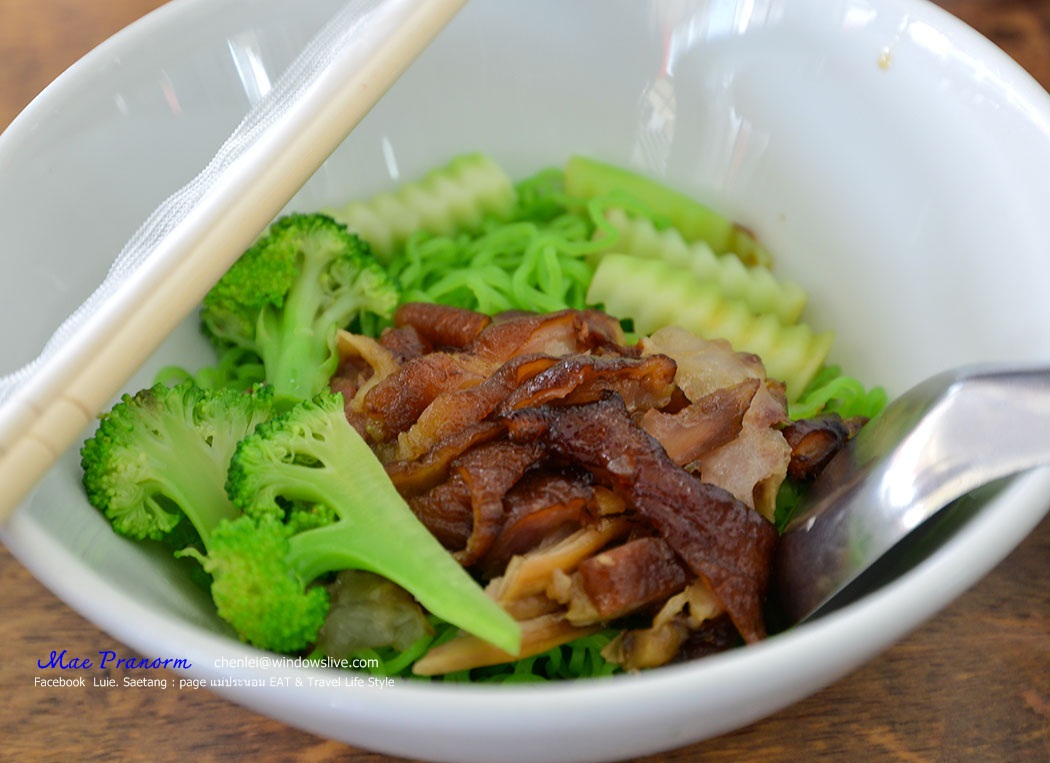
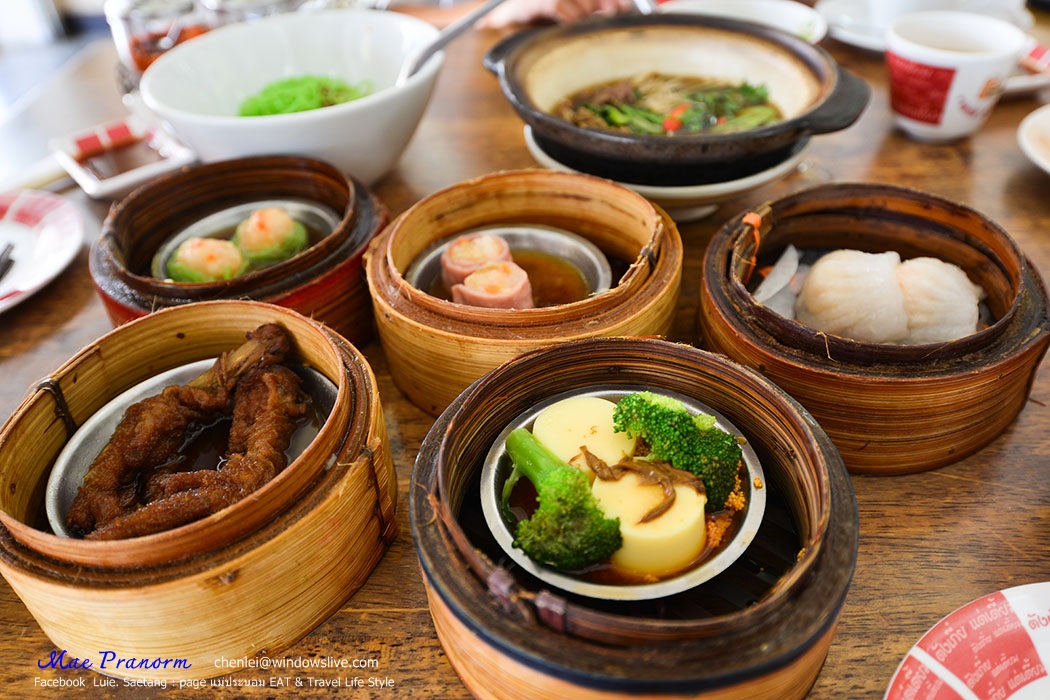

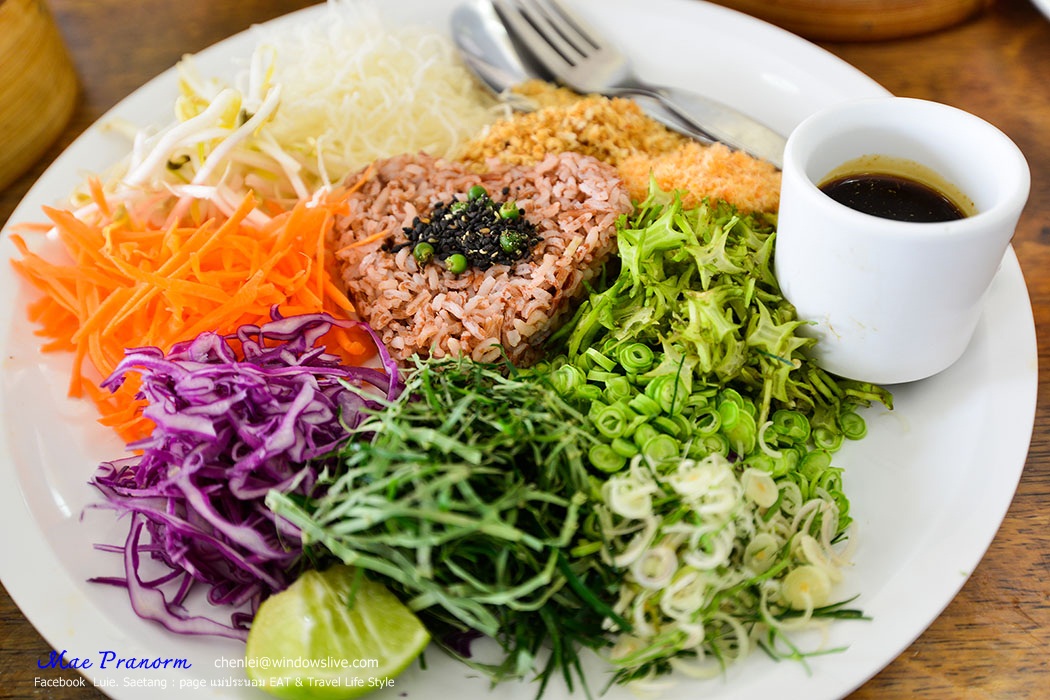
After the meal we are so ready to go to Kiriwong village which is well-known as a place where the best, purest Ozone in Thailand is.
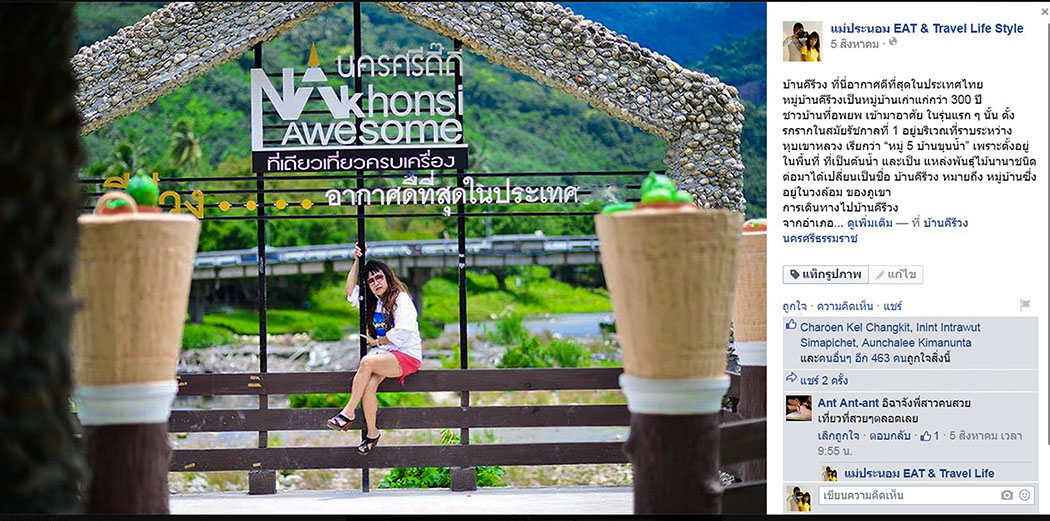
Kiriwong village has the best, purest Ozone in Thailand. Kiriwong community is the model community of ecological tourism management. They also won the excellent award of Thailand Tourism in 1998 in city and community category. The reasons are the community has a gardener's lifestyle with close nature; the development for offering service to tourists such as guiding, trekking, providing workers. The main occupation there is gardening of fruits combination called "SuanSomrom" which has mangosteen, rambutan, durian and Pakria. There are also Kiriwong communities which are tie-dying group, herb group, weaving from coconut shell group, processing fruit juice group, wine group and durian jam group. Visitors can appreciate the folk life here all year round and choose to stay either the homestay or resort by waterfall, with the most attractive time during July to September—the fruiting season. It is also a base camp before trekking up to Khao Luang which is perfect for those who love the adventure into the nature. For more information please contact Ban Kiriwong Tourist Office Telephone 0-7553-3370 and 0-7553-3113.
To travel to Kiriwong village from Muang district, drive along Highway Number 4016. Then turn left into
Highway Number 4015, turn right at 9th kilometer into Kiriwong village which is around 9 kilometers away. Another choice is getting on the red minivan from Yao market in Muang district. The van leaves for the village during 7.00 AM - 4.00 PM. The fee is 25 baht.
Credit: The Tourism Authority of Thailand's official website.
It is about 40-minute drive from Downtown Nakhon Si Thammarat.
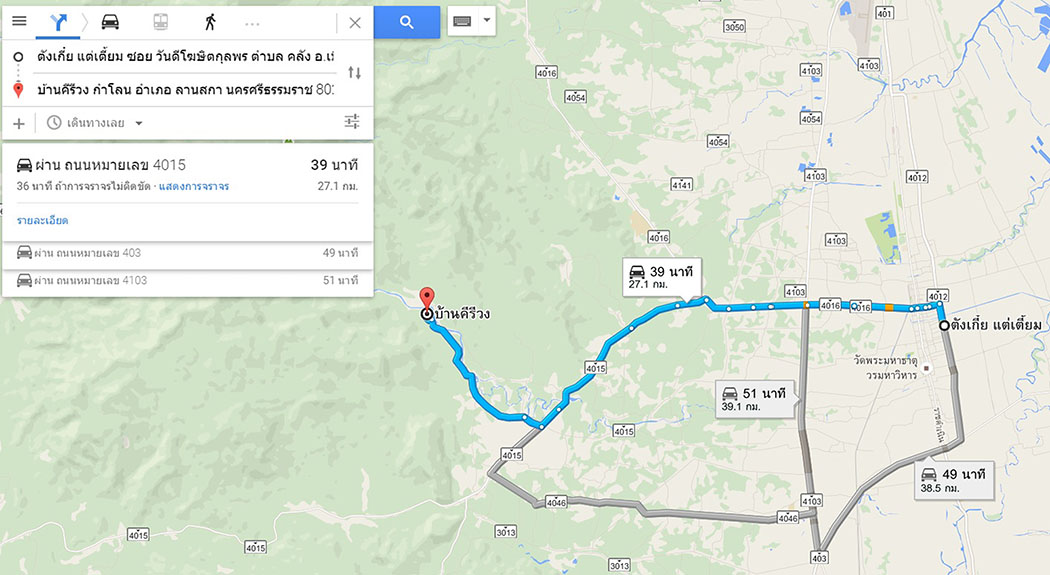


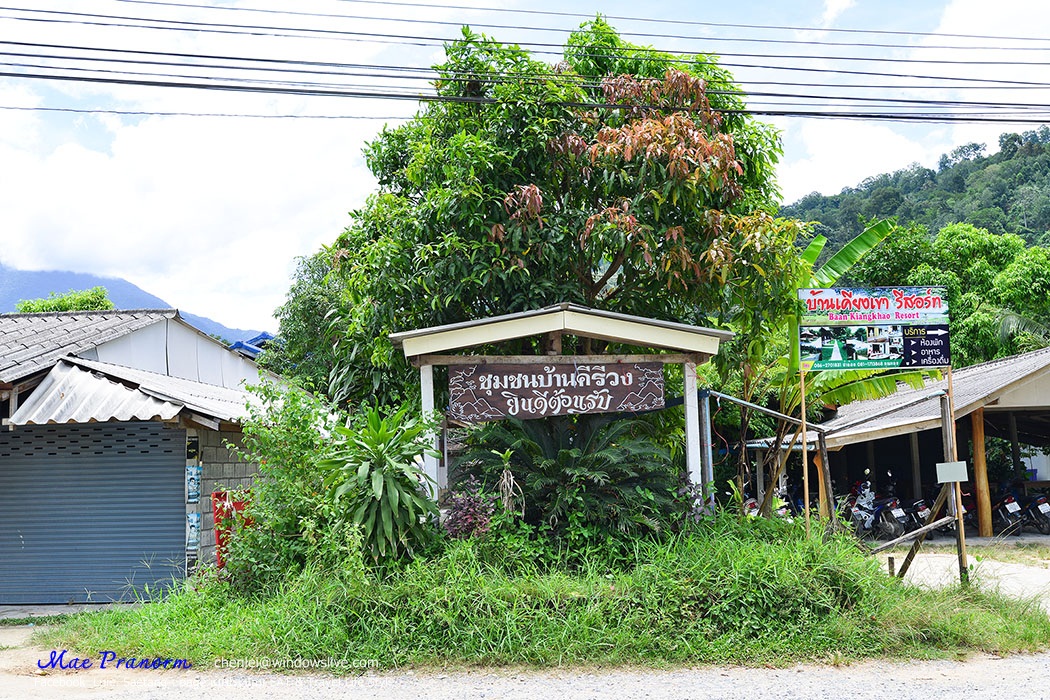
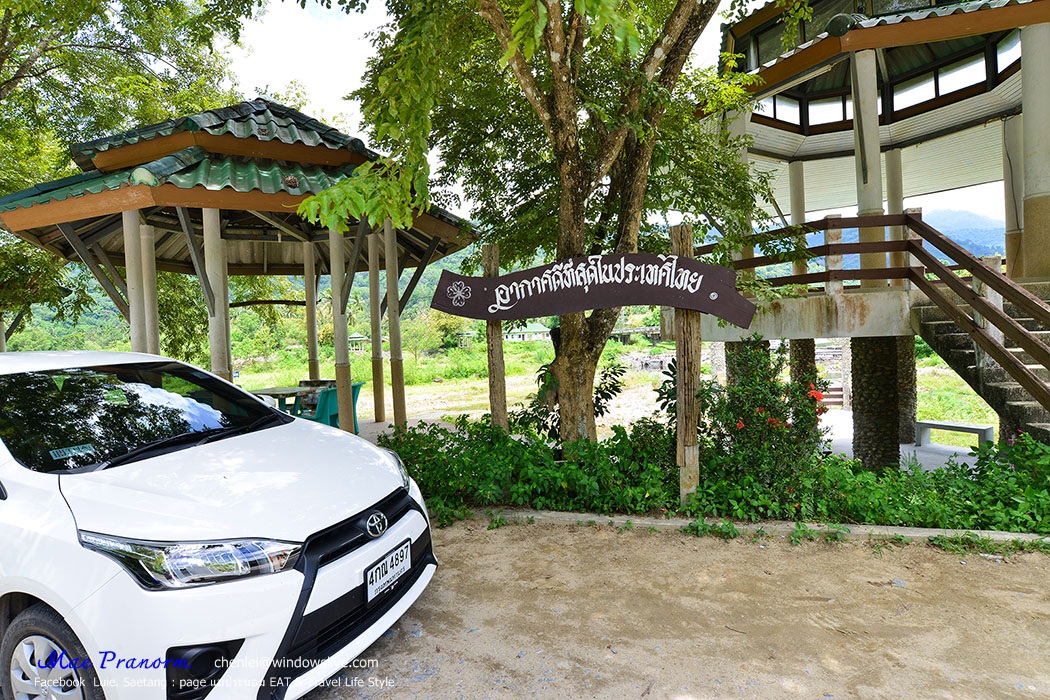
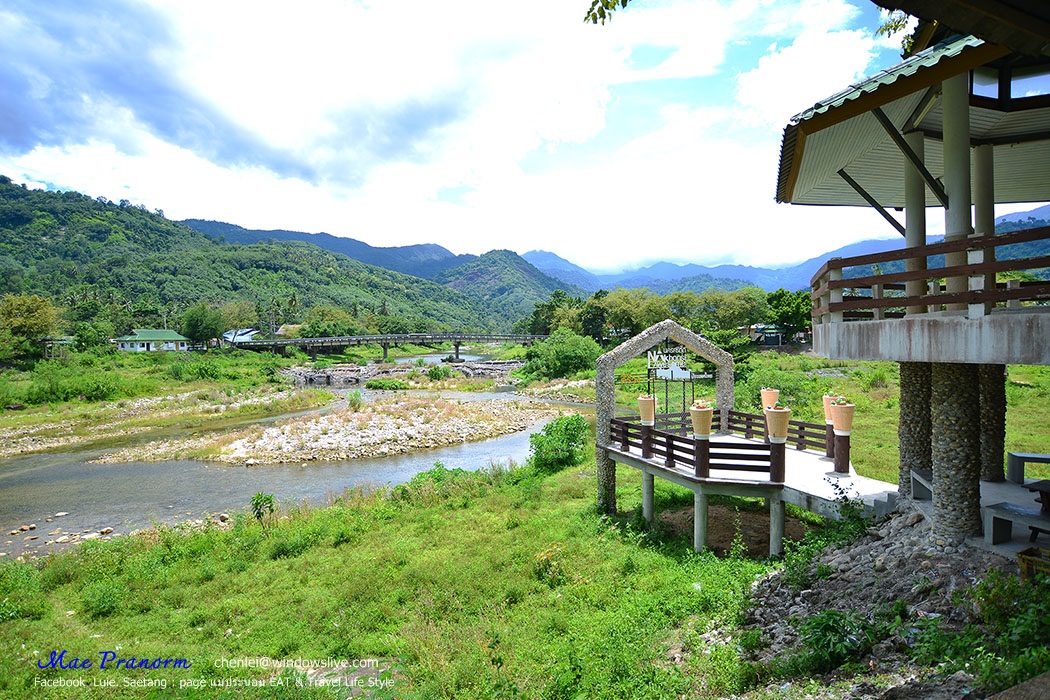
You will find many locals products as well as many nice local-style shops.

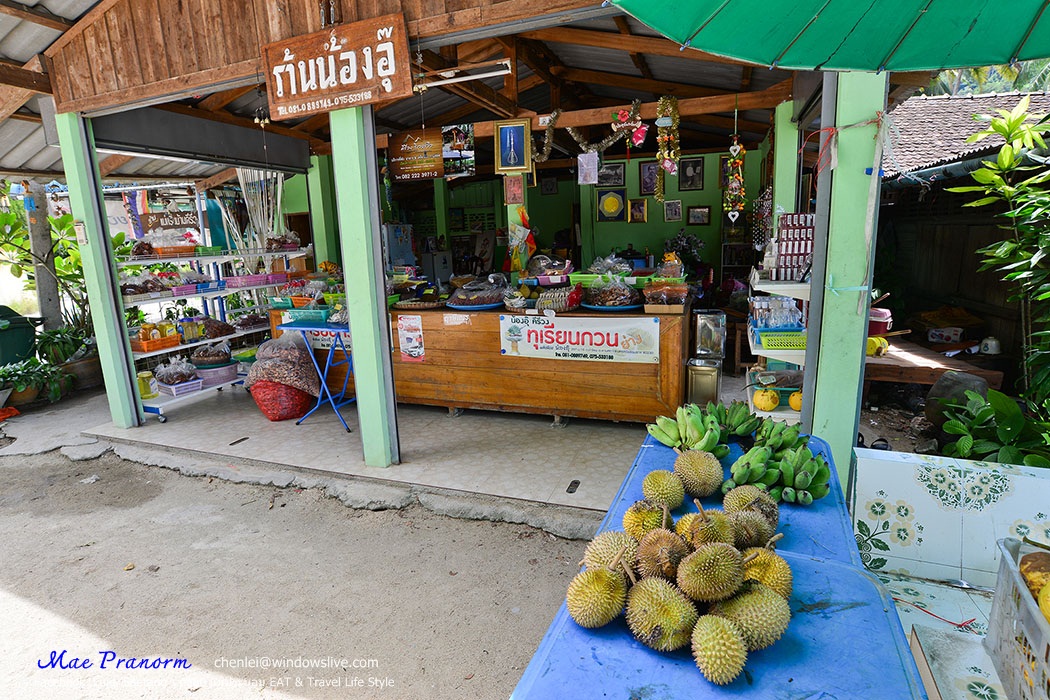
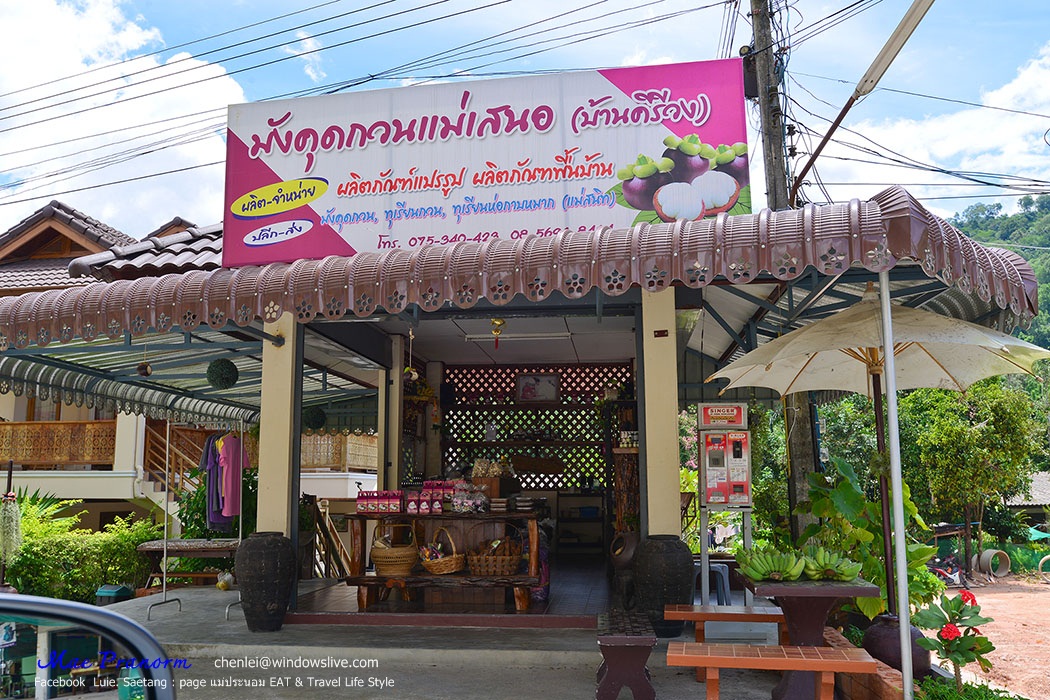
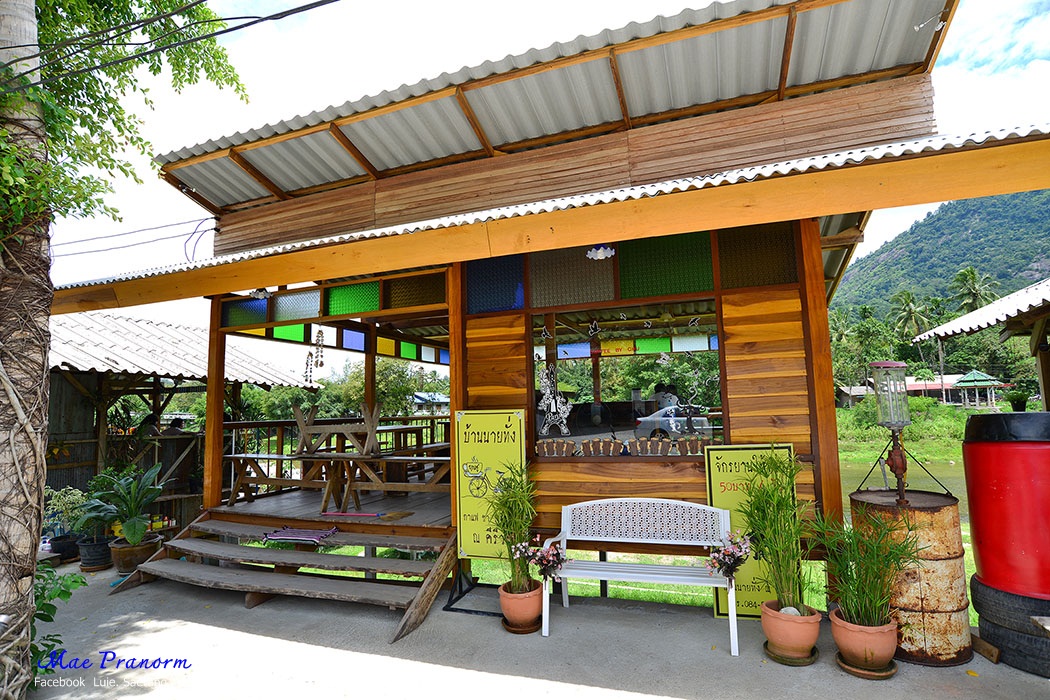
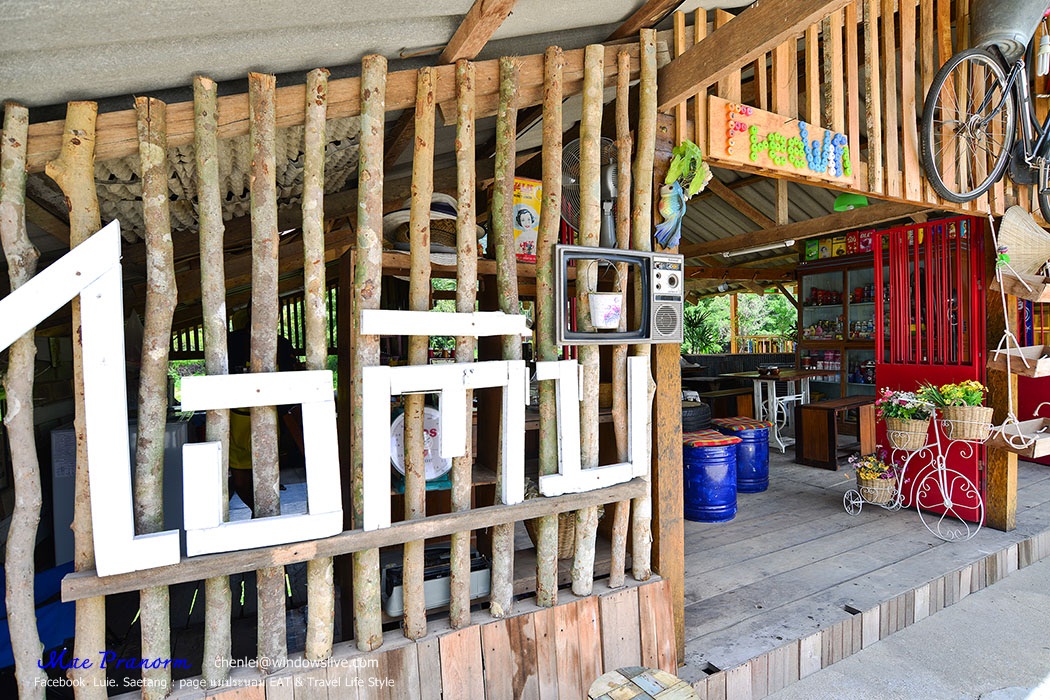
It is a season of mangosteen and durian now.
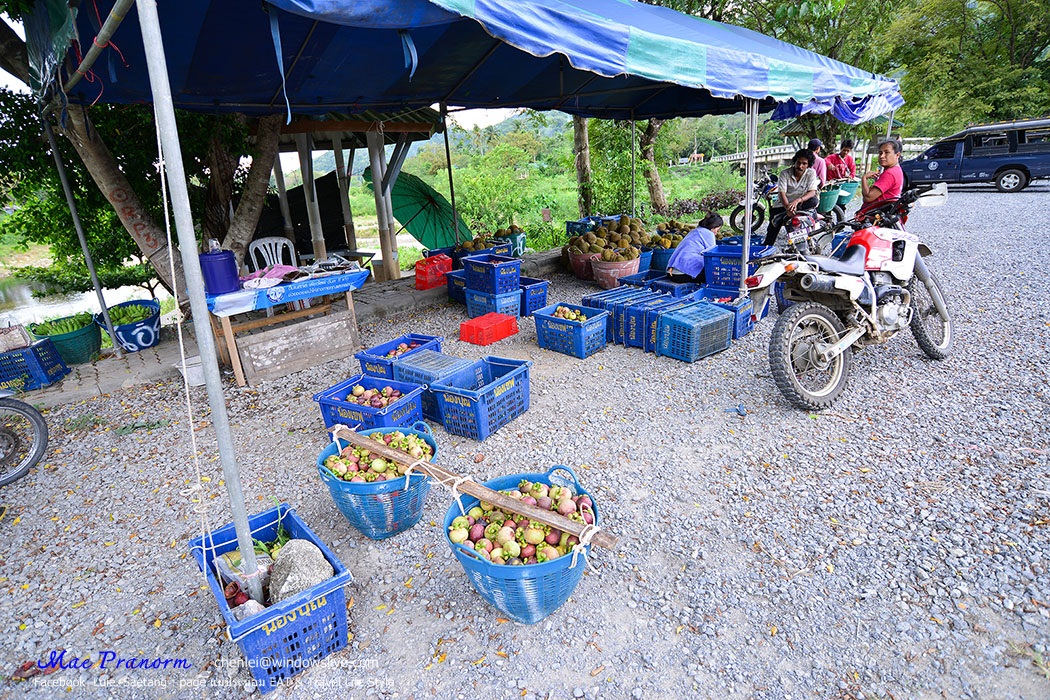

The mangosteens are huge and they are all exported. I have tried to ask to buy some of them but really cannot.
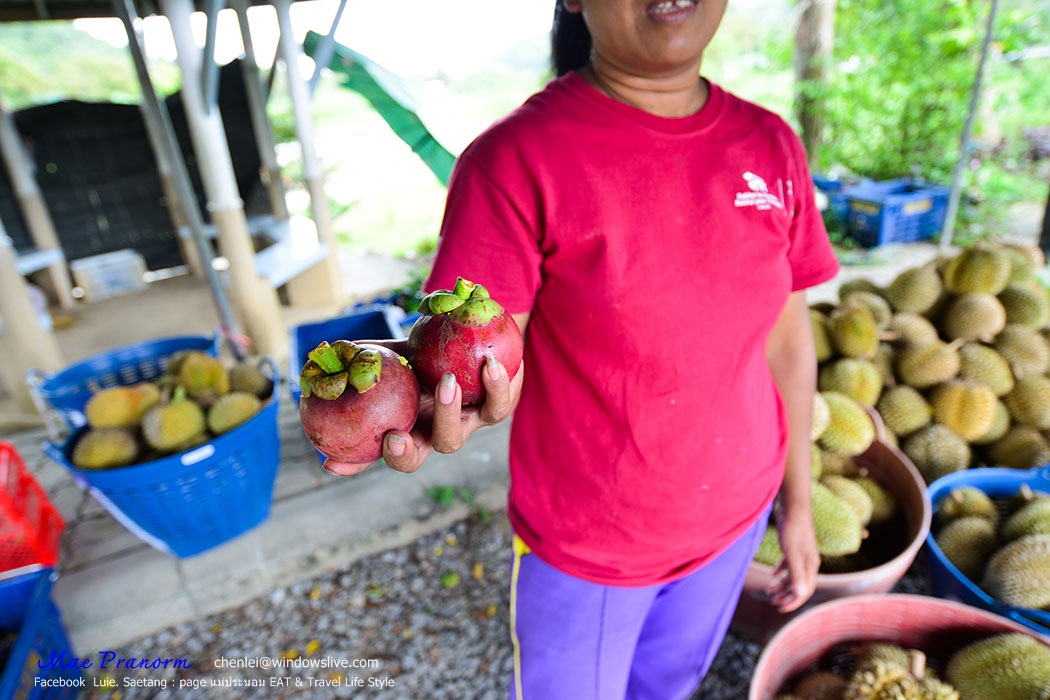
However, the fruit vendor is so kind to give us some of them to try for free. We are very lucky to have a chance to try these tasty mangosteens which we cannot even buy them.
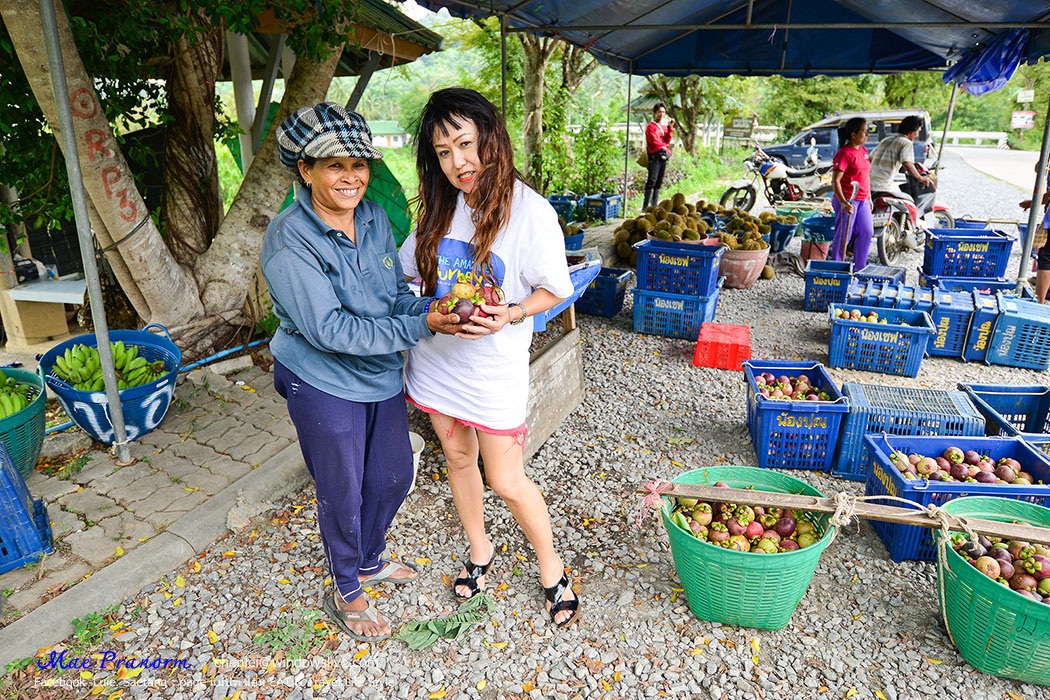
However, there is another fruit vendor nearby where you can buy the mangosteens but they are smaller though. You also have got a choice of other fruits such as durian, rambutan, and so on.

Guess what! These durians are only 15 THB per kilogram.
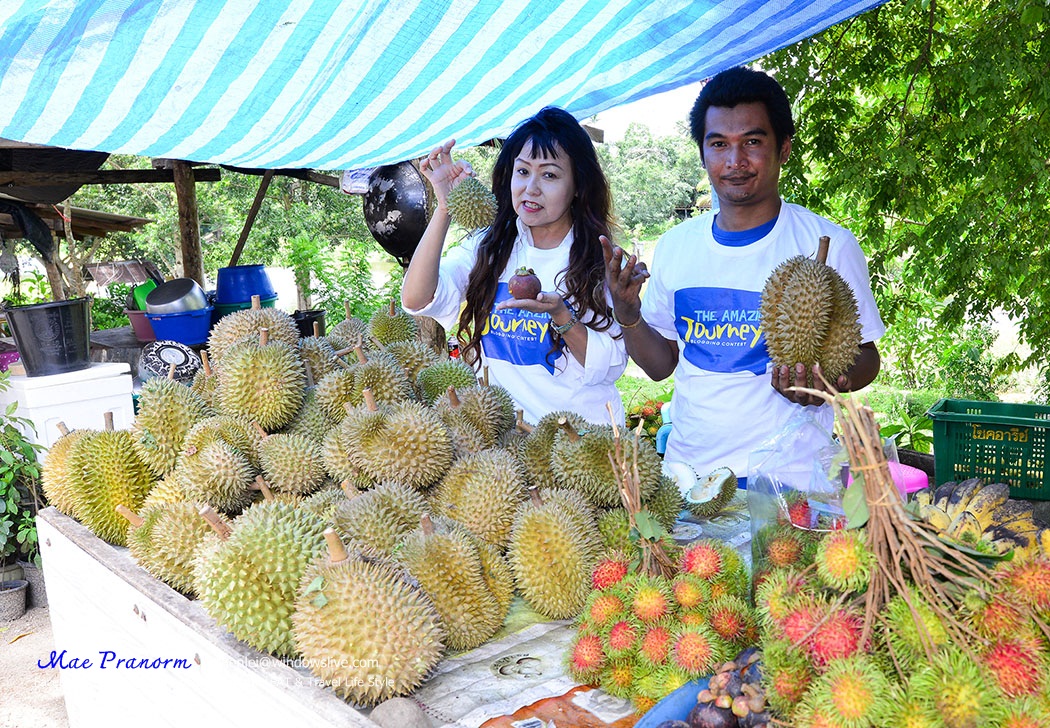
So we do not hesitate to buy some of them.
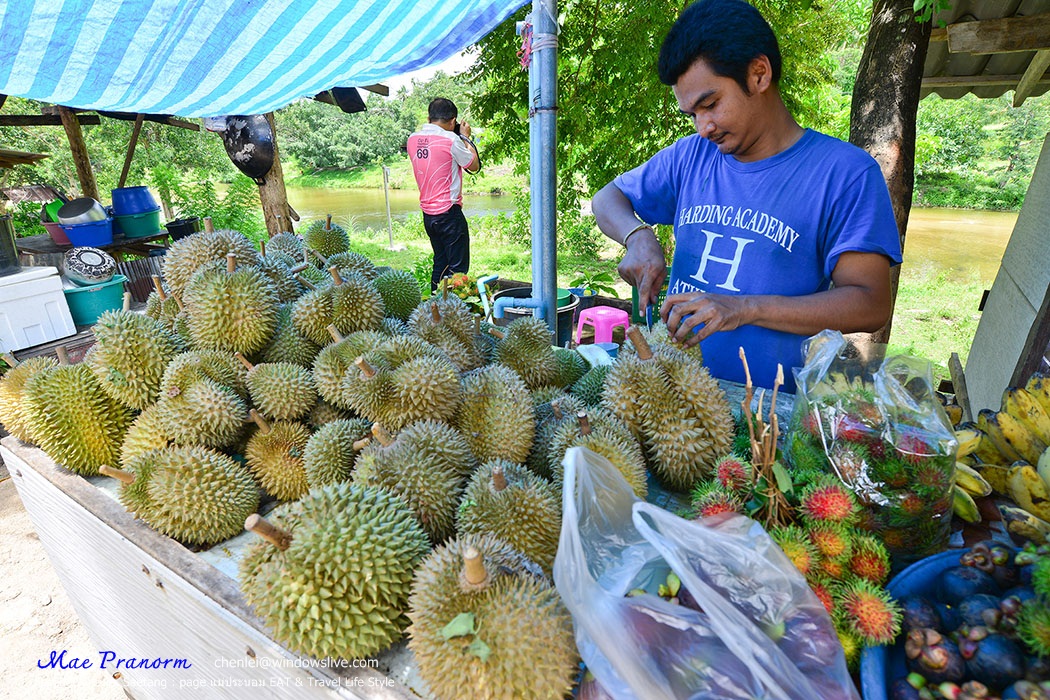
They look perfect but have a very strong smell maybe it is better to use them to make durian paste.

Then we stop by at Bai Mai Group.
Bai Mai Group is one of many local groups that local people gathering together to produce the local products for sell. Other groups are Look Mai Group, Herb Group, Weaving from Coconut Shell Group, Durian Jam Group, and many more. Each group has its own product, which is popular among the customers and tourists who always buy them back as souvenirs. These OTOP products has reasonable price with high quality.
Bai Mai Group is producing a natural color tie-dyed cloth.
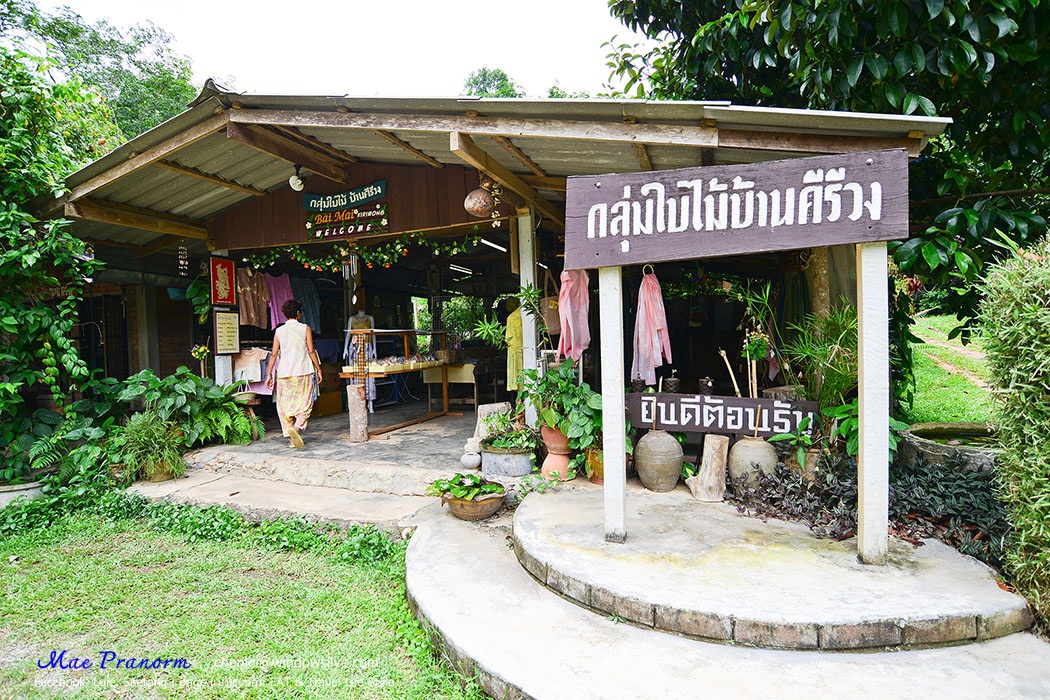
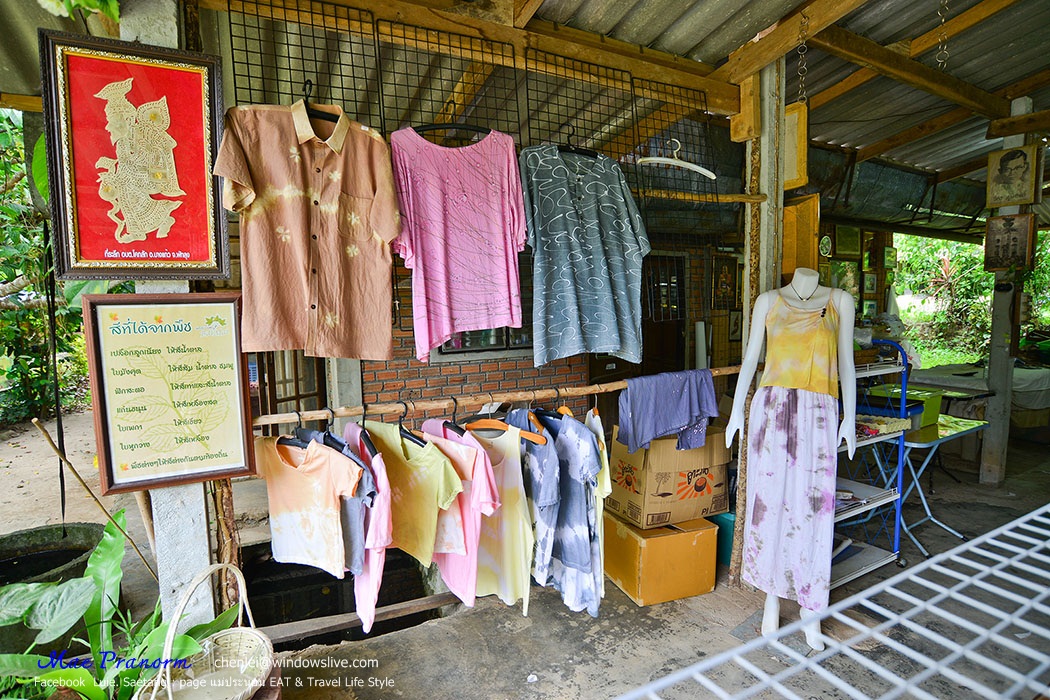
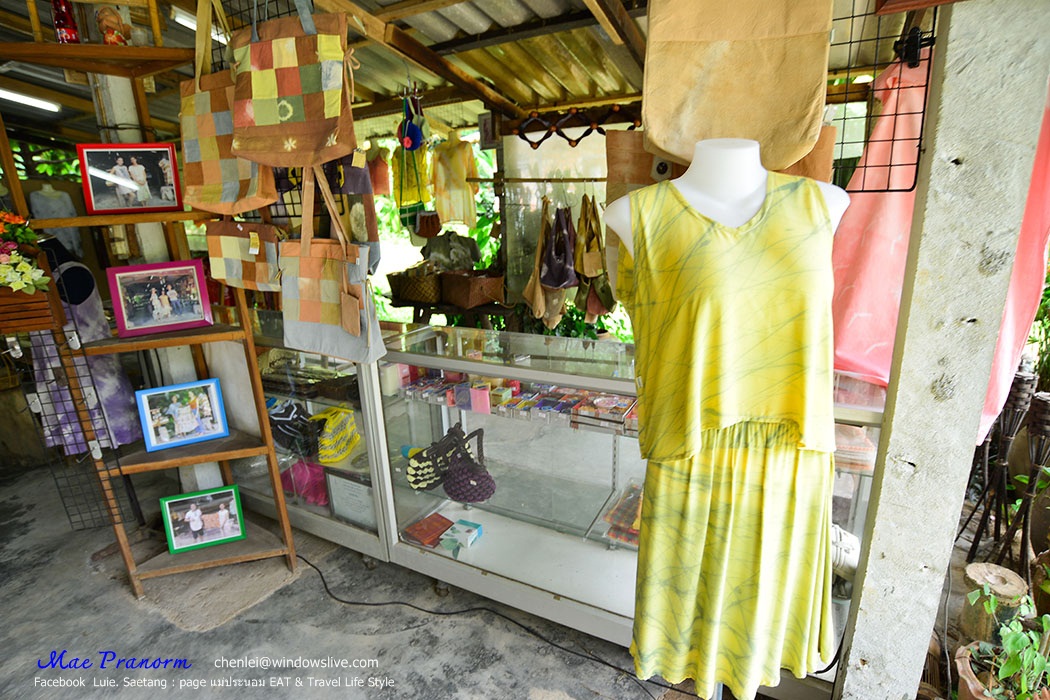

They demonstrate the process of tie-dying.
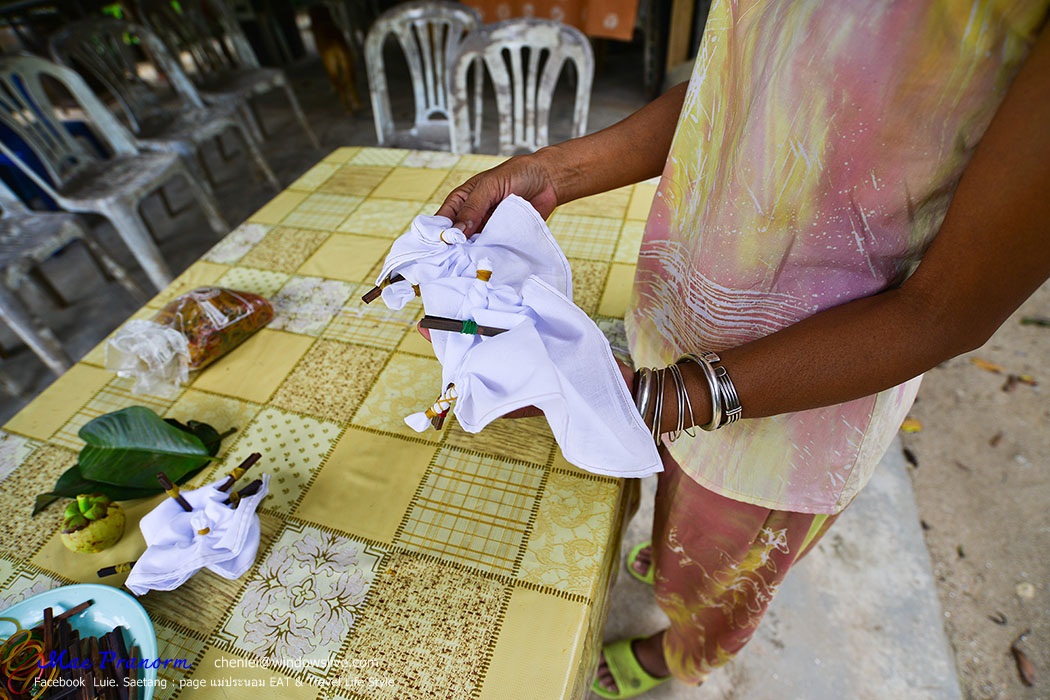
Different colors from different plants.

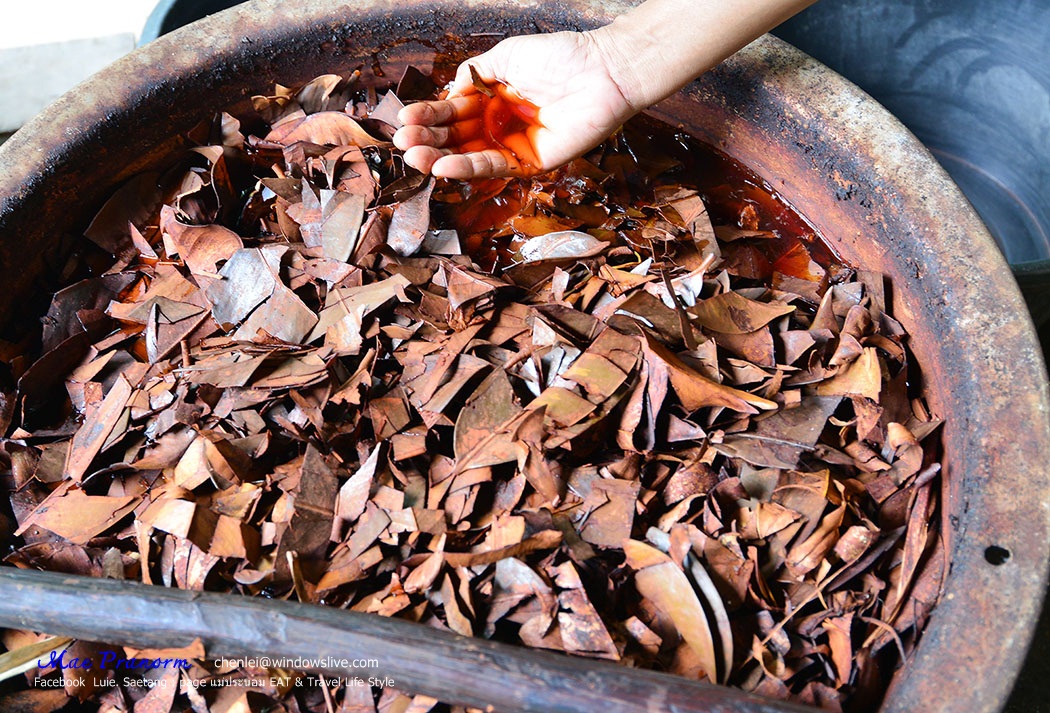
This is how it looks like at the end and no wonder why each piece of clothe from tie-dyeing technique is totally unique, and likely not to be the same.
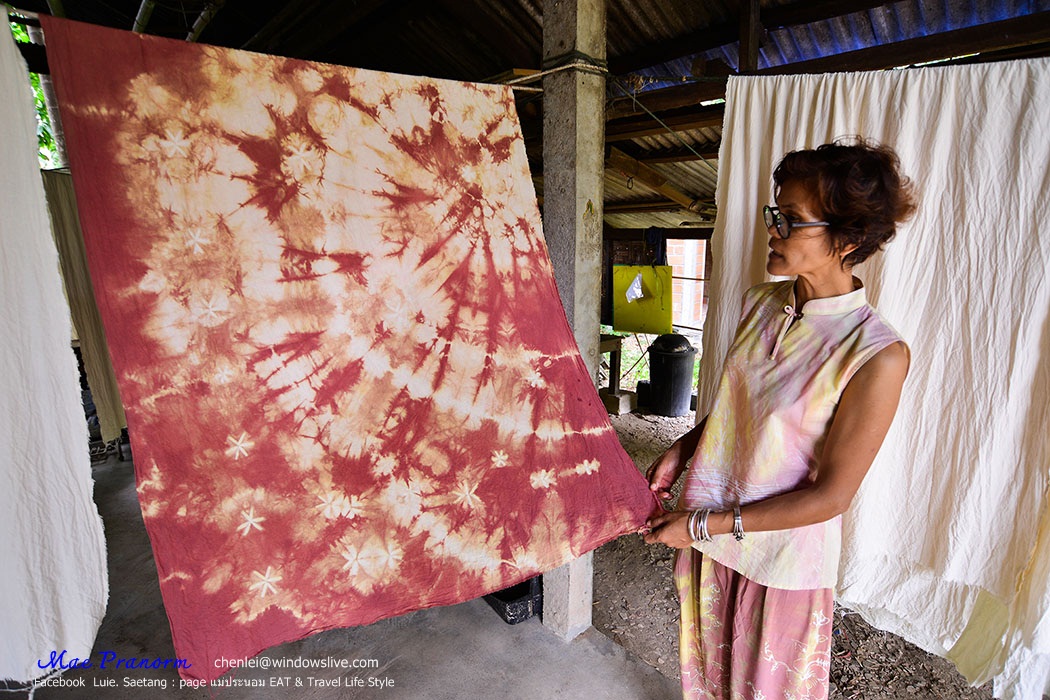
Before going back we do not hesitate to stop at Kiriwong Product Distribution Center where all local quality products are sold at totally reasonable price.


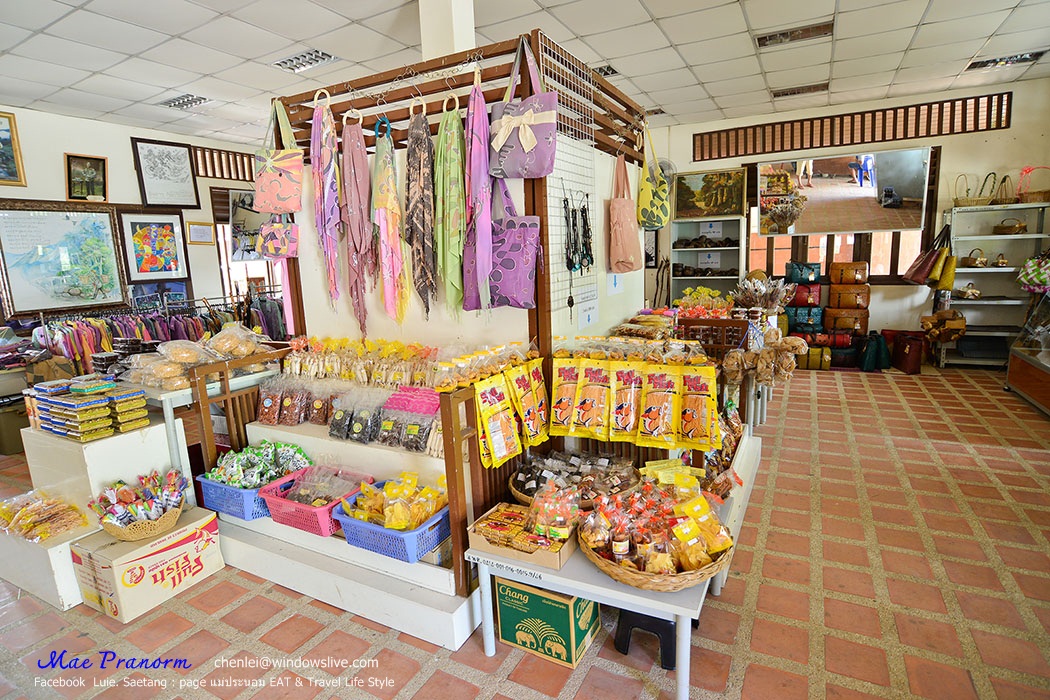

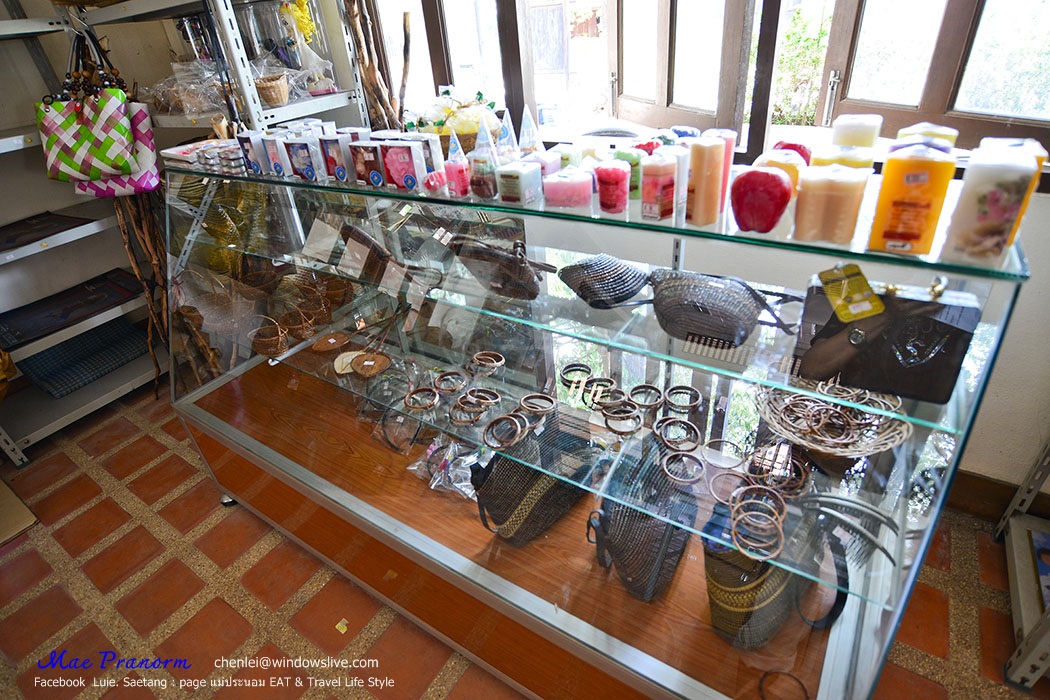

Our next destination is a famous Thai Pasta Place, Khanom Jeen Pa Kiew Restaurant.


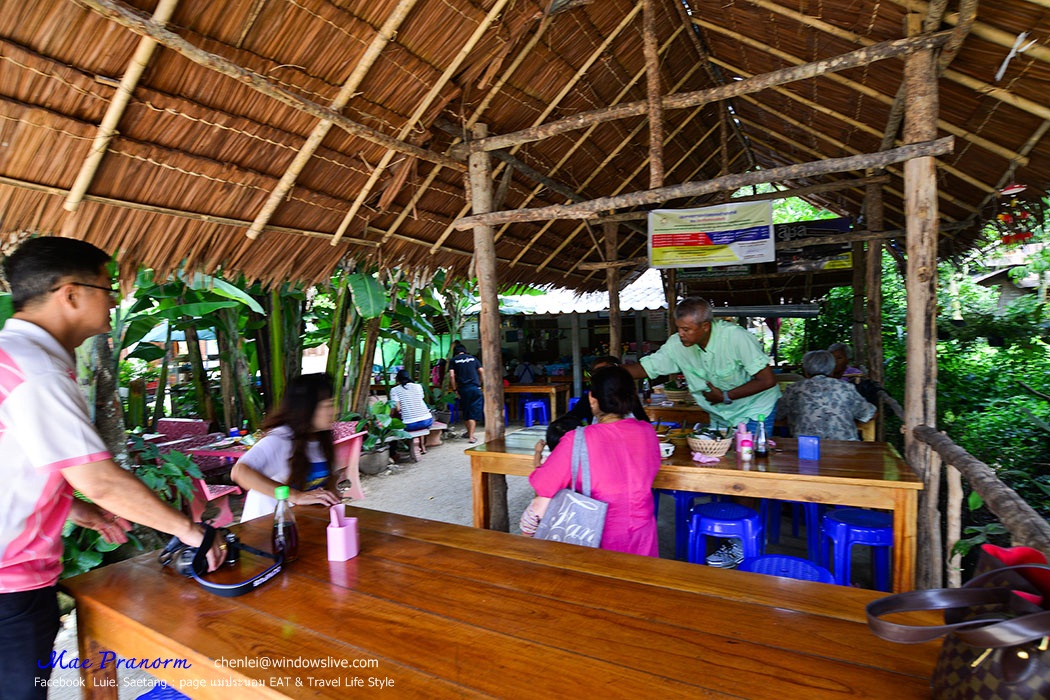
Fried Chicken is truly delicious.
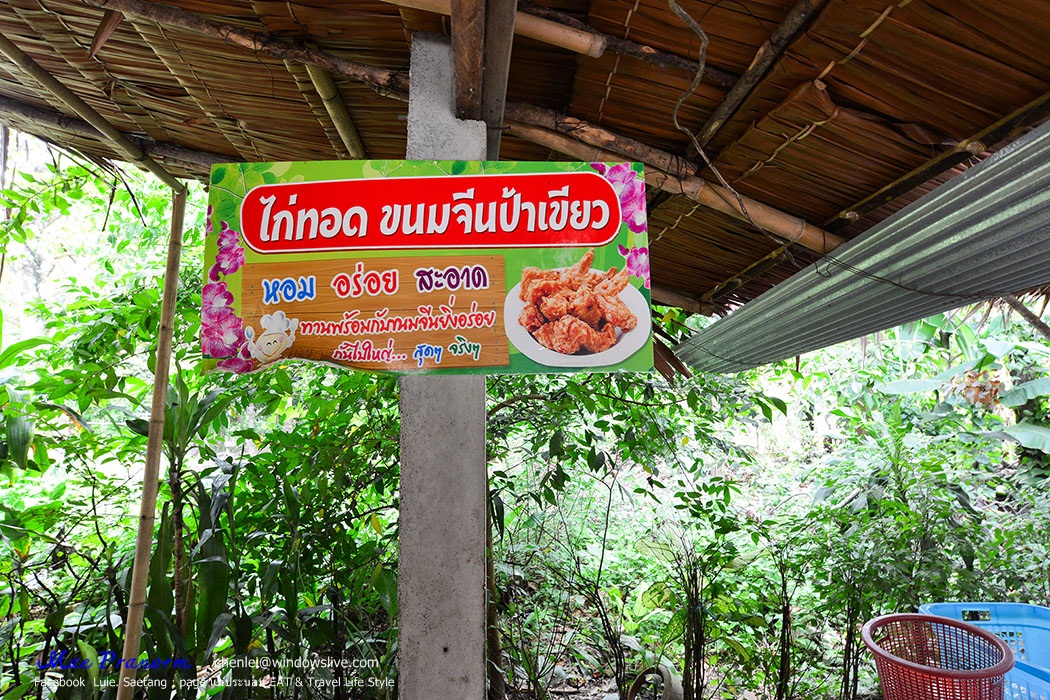
The price list poster is here. If you order Thai pasta for 1 kilogram you will be able to have all 4 sauces as much as you want.
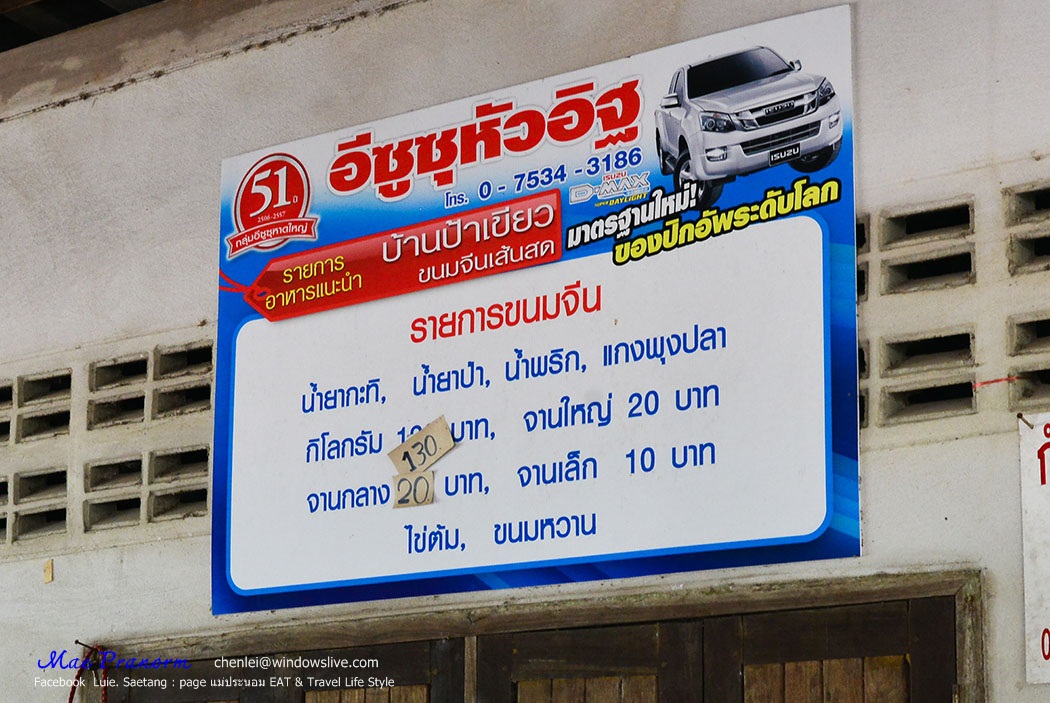
We have order 1 kilogram of Thai Pasta.
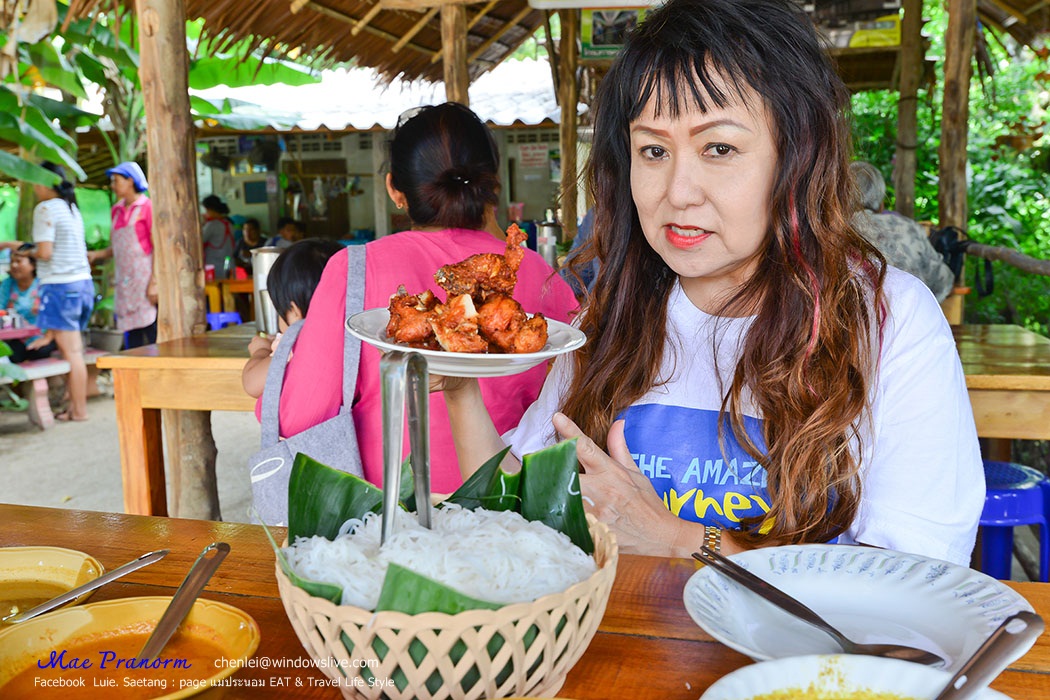
It is served with 4 kinds of sauces and you can refill them anytime since it is already included as well as all vegetables.
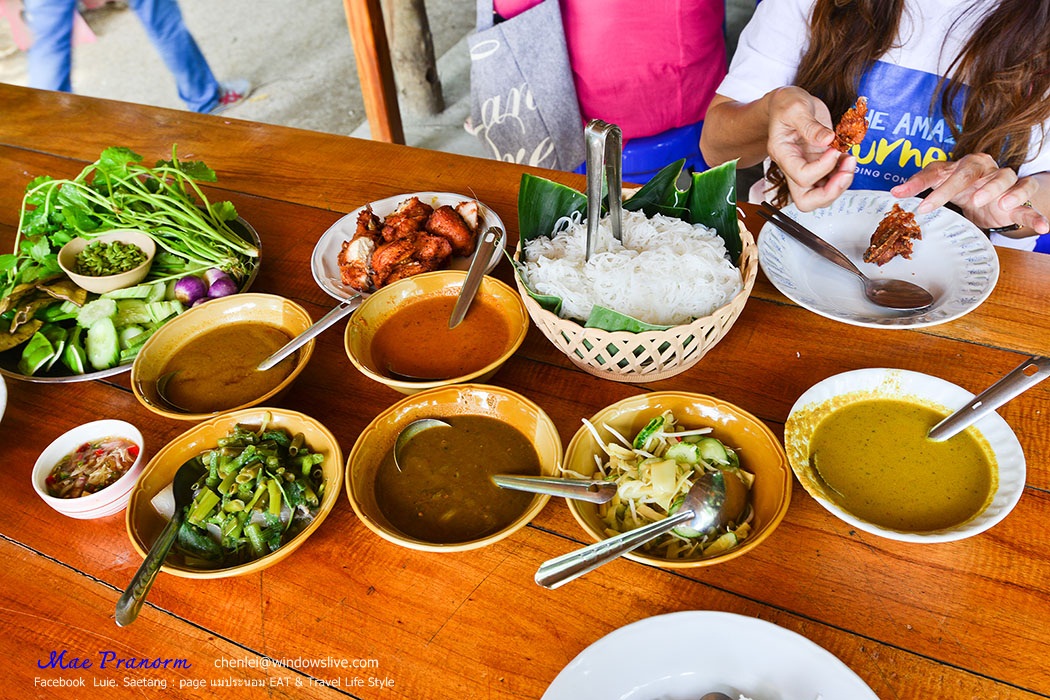
It is totally cheap and good, we recommend.
Please note that 1 kilograms of Thai Pasta is good for 4 - 6 people.
The 3rd day has approached. After we have breakfast and check out from the hotel, we are heading to Thung Song District.
We are going to Talod Cave first which is about 50-minute drive.
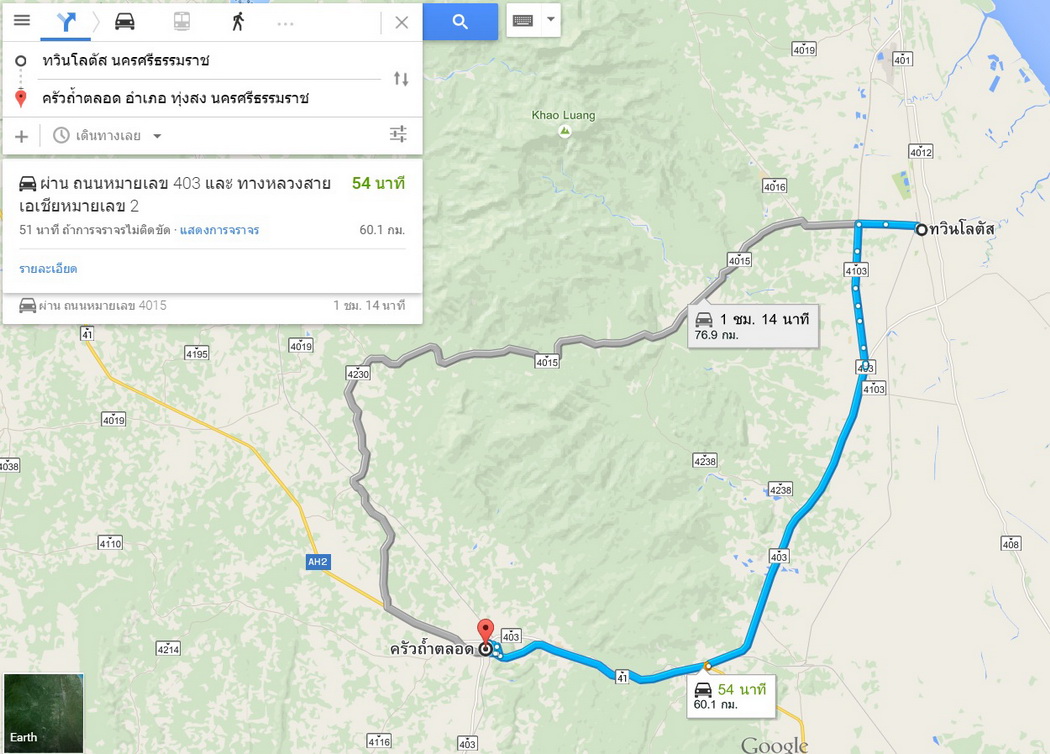
Talod Cave or called Tham Lod among locals has been known for ages but there is no evidence to confirm when it was found. It was in 1888 when Nai Boonchuay Kumarnchan who gathered money from people and built the Reclining Buddha that this place has become better known.
Talod Cave belongs to Wat Kok Mor (Wat Chai Chumphon) where it is rich in history. The name of Wat Kok Mor was changed into Wat Chai Chumphon in 1939 during World War II by General Chalermkiat Itthiyangkool Na Ayuthaya.
In 1941 during World War II, Thung Song as an important hub for transportation was aimed to be occupied by both Allied and Axis. Japanese army firstly invaded and occupied Thung Song. Then they started to build the railway along the east of Kok Mor mountain. So it was a target of air strike from Allied at the same time. Once the air strike hit Krajome Cave which was on top of the mountain, it crumbled down badly. From this event, Kok Mor mountain has changed the name into Chai Chumphon mountain as a historical site.
The entrance of the cave is facing to the north and you can walk through the other end. It is pretty cold and refreshing in the cave. There are numbers of beautiful stalagmites and stalactites. In addition, there is a huge Reclining Buddha, 11-meter long in the cave as well as many Buddha images situated along the cave's wall on the west. You will also find an outstanding lion rock sculpture at the entrance to the cave, and the stupa as well as many Buddha images on the side.
Credit: The Tourism Authority of Thailand's official website.
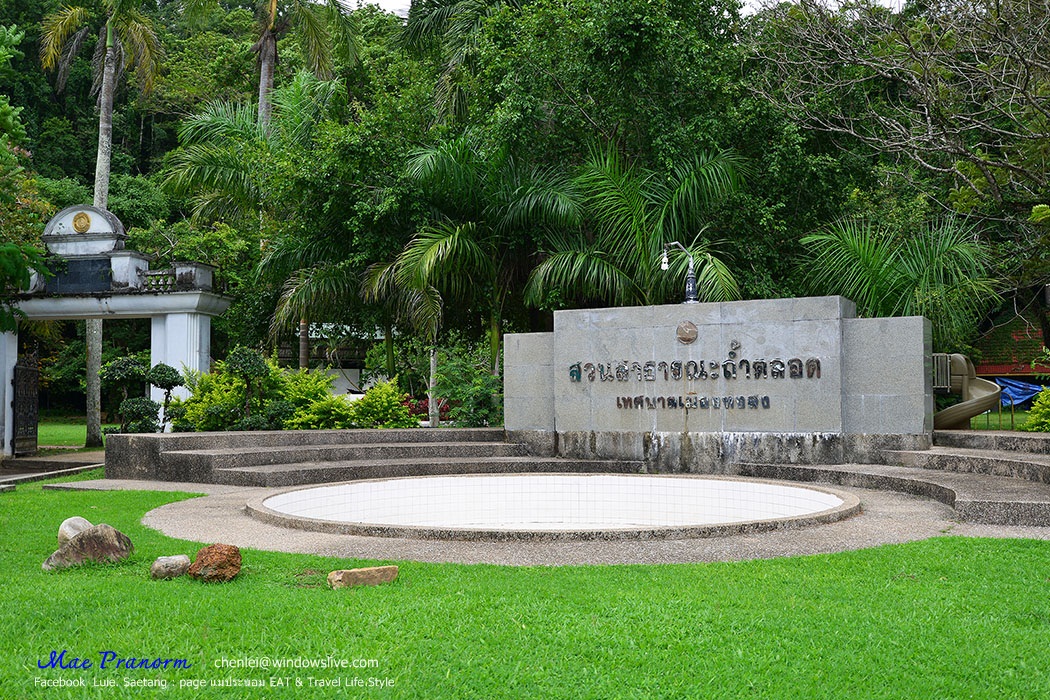

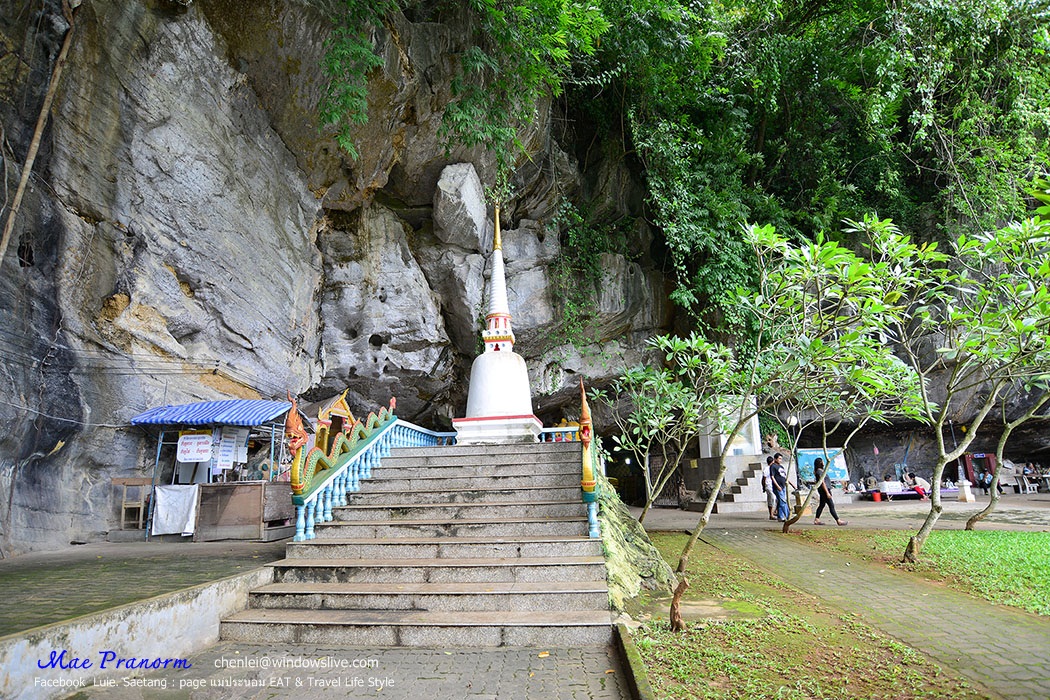
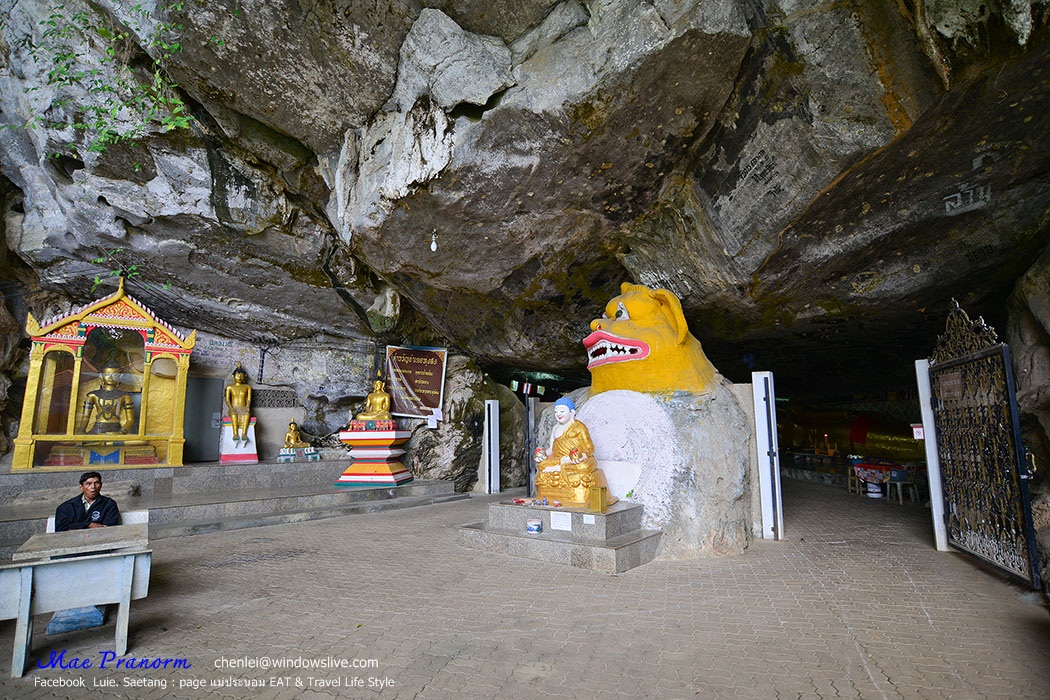

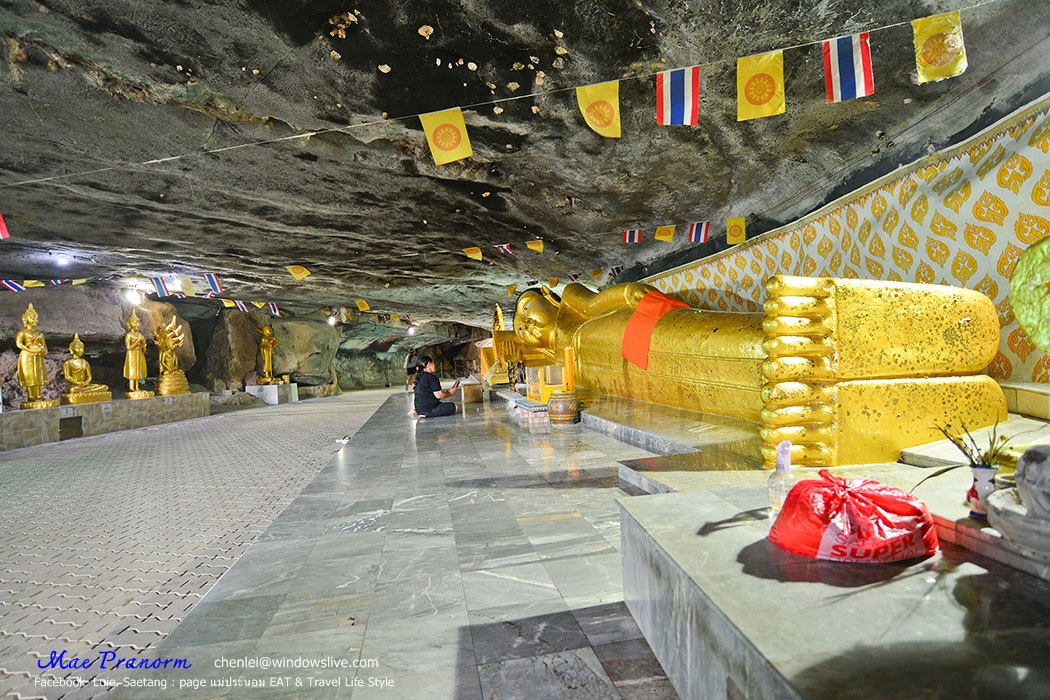

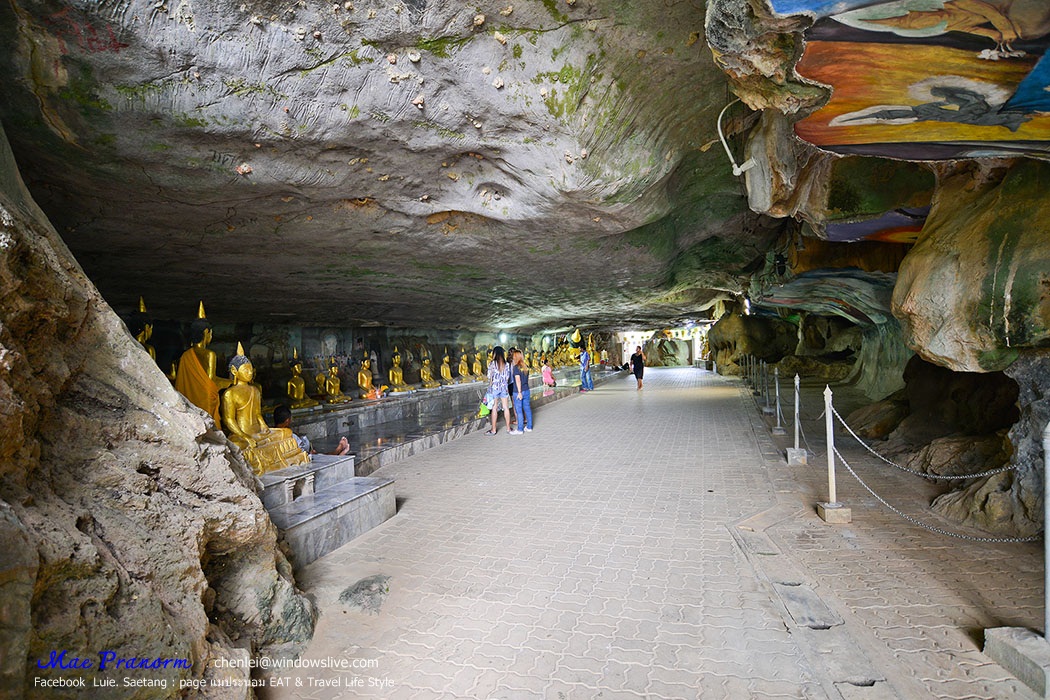
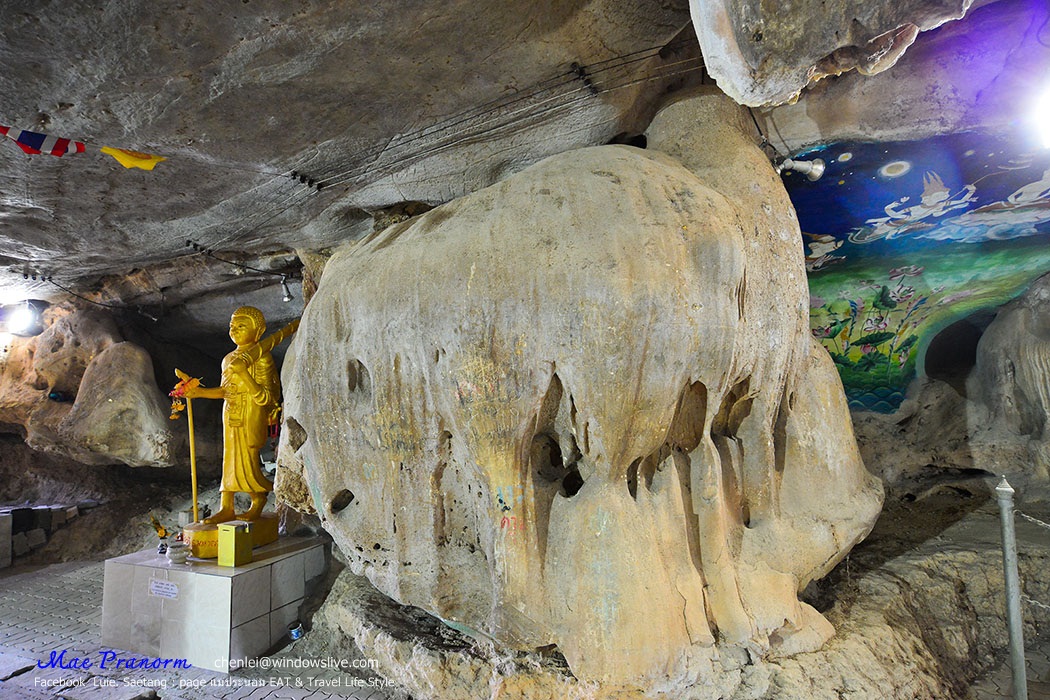
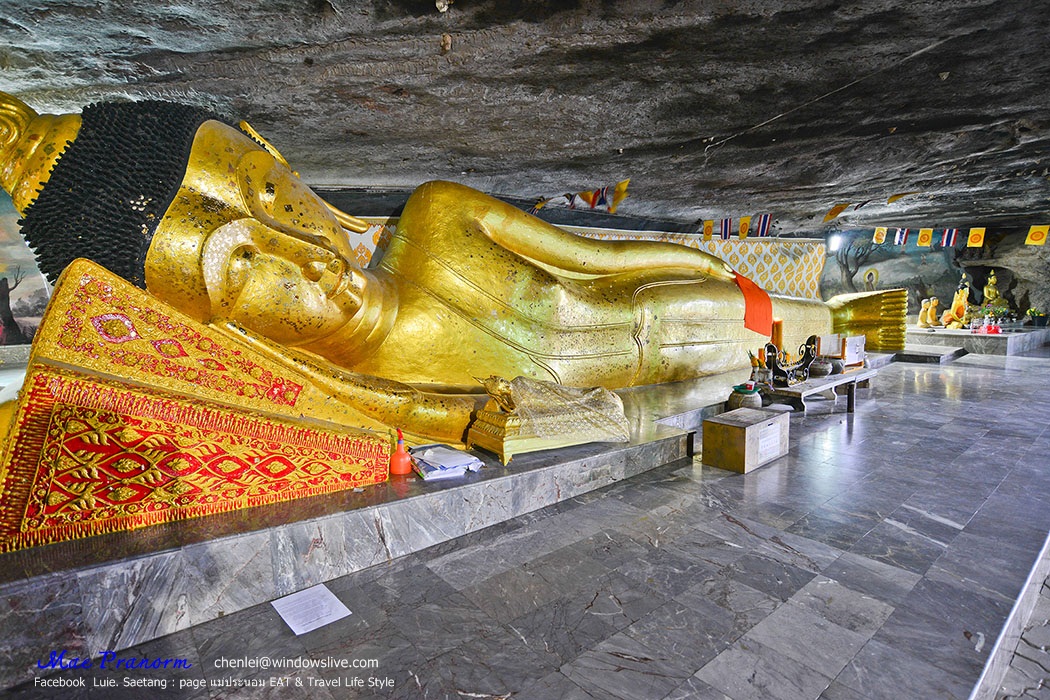
After visiting Talod cave, we have found this appealing siaopao's place. Even though we are not that hungry, we think we have got to try.
It is only 15 THB for 1 siopao. It is tasty and full of stuffs inside.
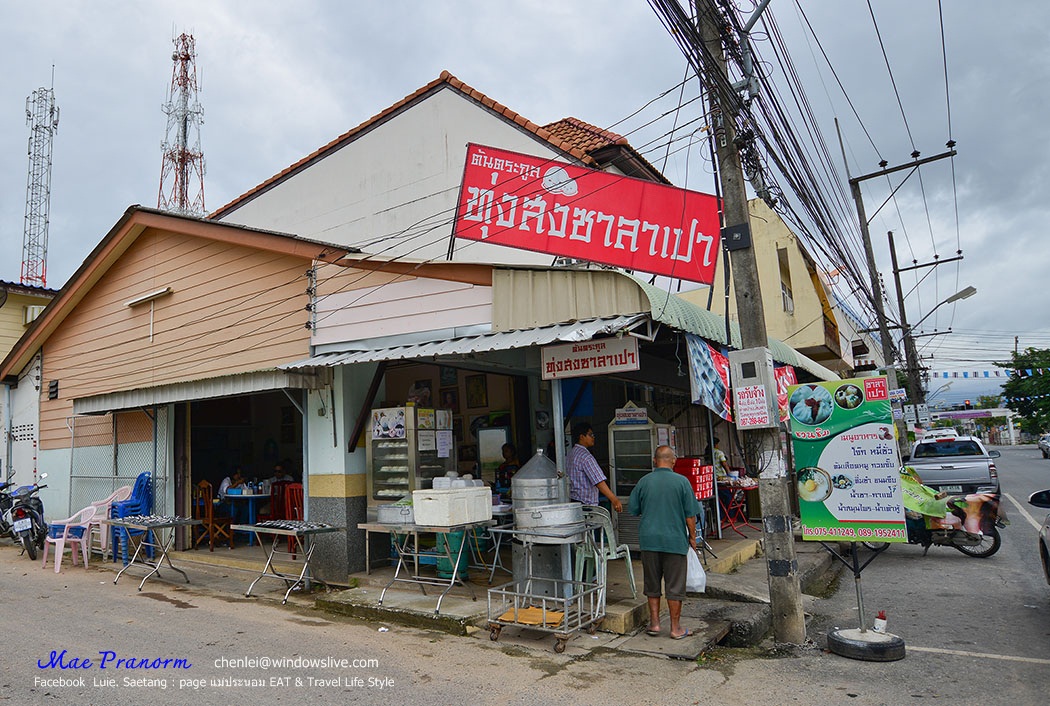
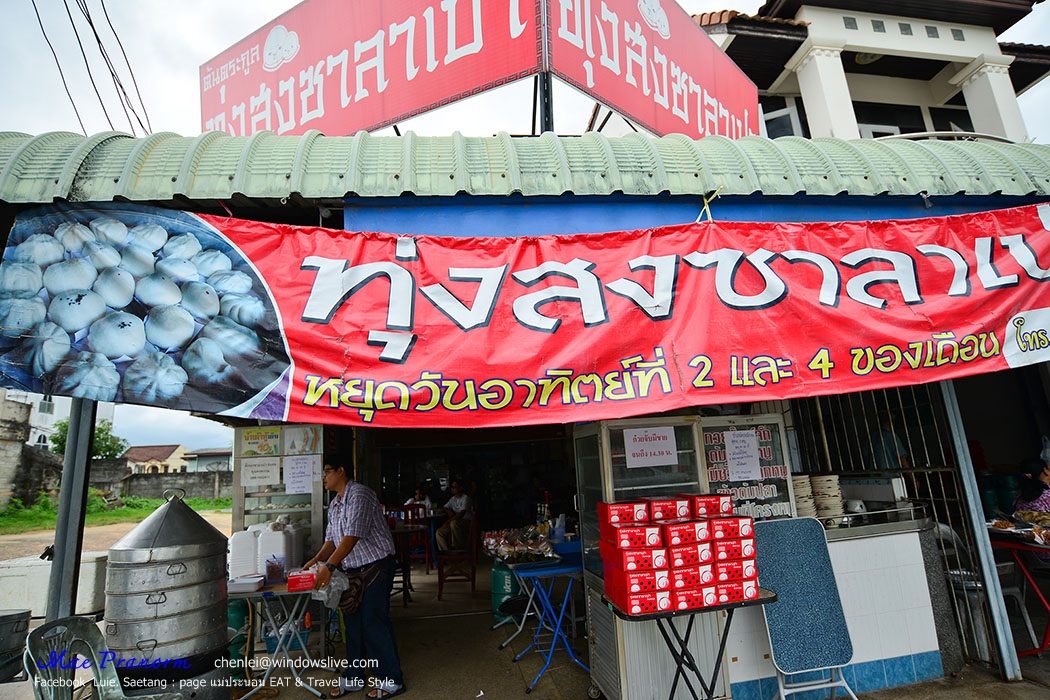
All menus actually make our mouths water.


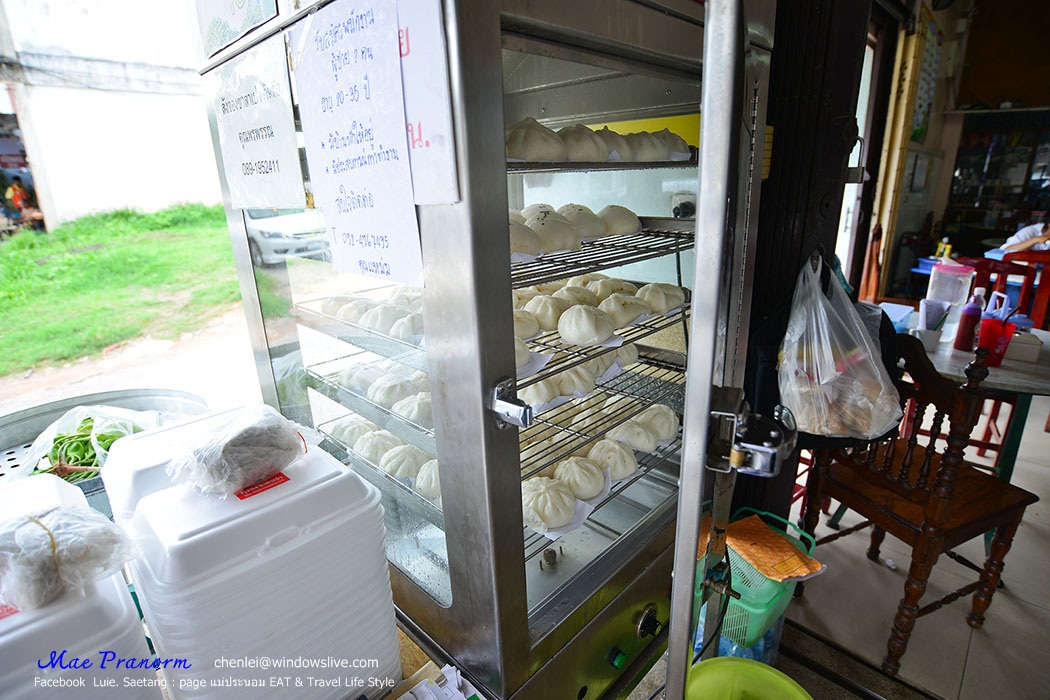
This is so good.
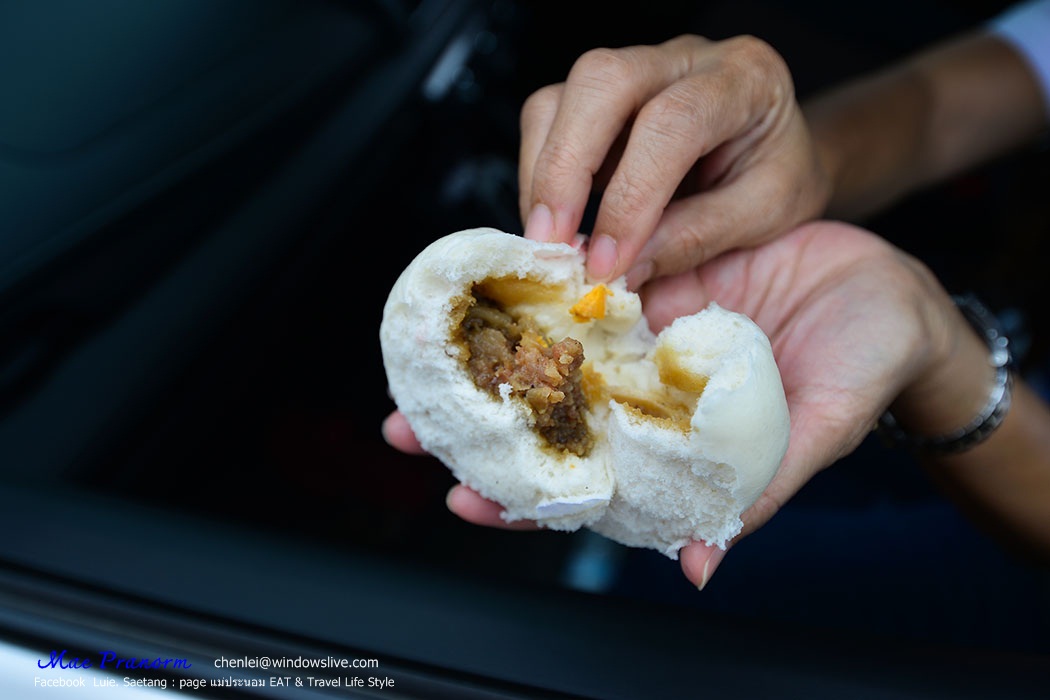
We have decided to buy some of them back to Bangkok.
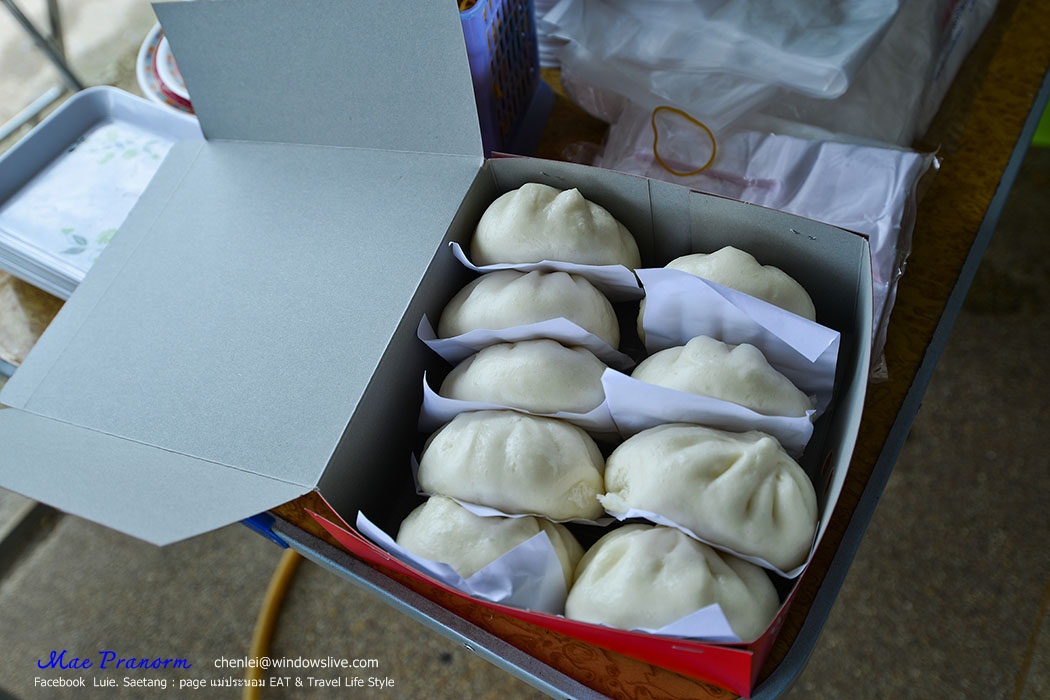

Then we are ready to move onto our next stop, Phra Sam Po Kong or Luang Por To (the largest Guan Yin's image in Thailand) which is also in Thung Song District.
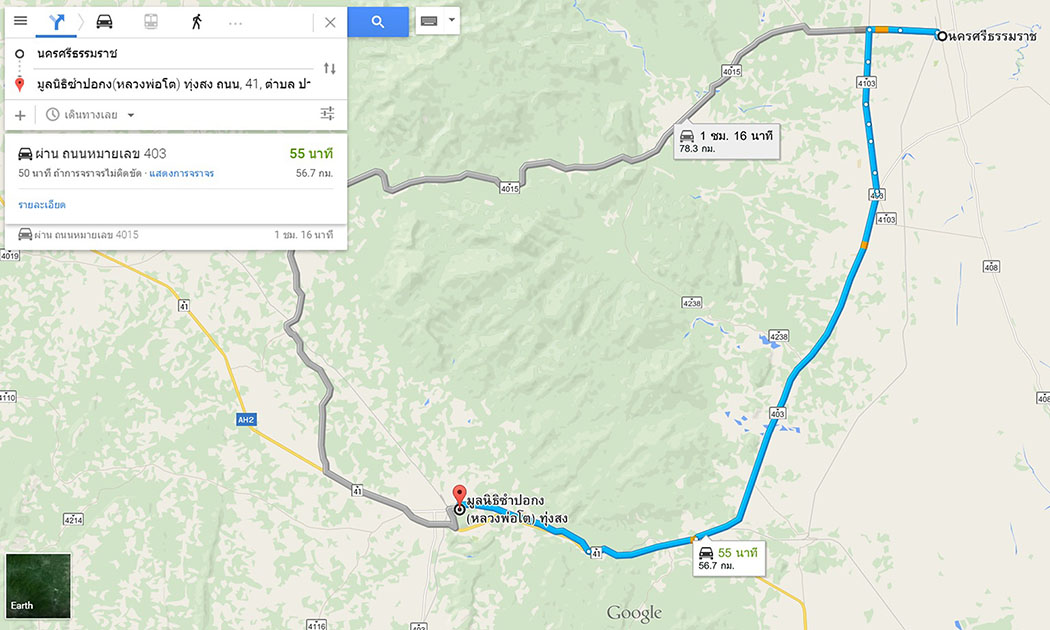
Phra Sam Po Kong or Luang Por To is an ancient Buddha image built in 1324 before Ayutthaya period. It is considered as a principle Buddha image in Wat Phanan Choeng in Ayutthaya. Phra Sam Po Kong has been well respected by Thais and Chinese people for ages. It is believed that paying homage to Phra Sam Po Kon would bring a lot of luck especially in term of business.
According to the history that has been told form time to time, in 1949 there was a group of people who respect Phra Sam Po Kong (Luang Por To) brought the joss stick pot of Phra Sam Po Kong and placed it at a small wooden shrine at Ban Na Nue in Thung Song District. The shrine was rebuilt in 1971 as well as the new Sam Po Kong image.
The Guan Yin's image was also built and located next to the shrine. It is situated in the middle of the fountains. Moreover, Guan Yin's image is 19-meter high which is considered as a largest Guan Yin's image in Thailand.




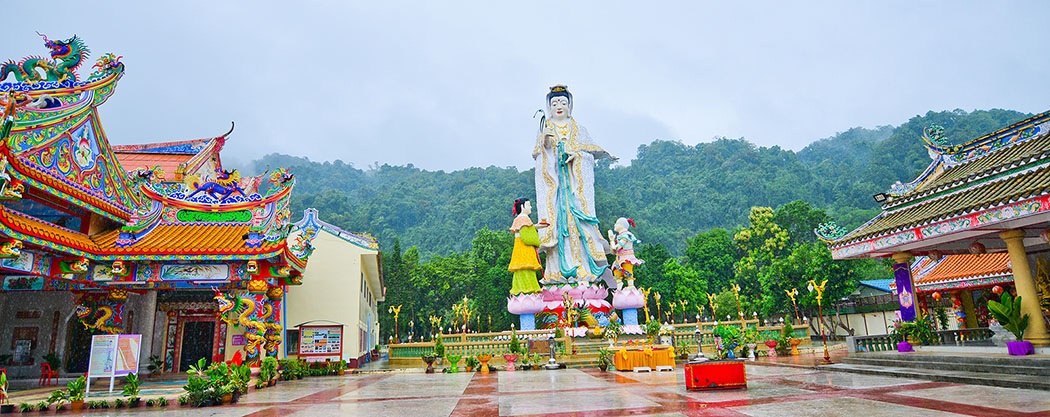
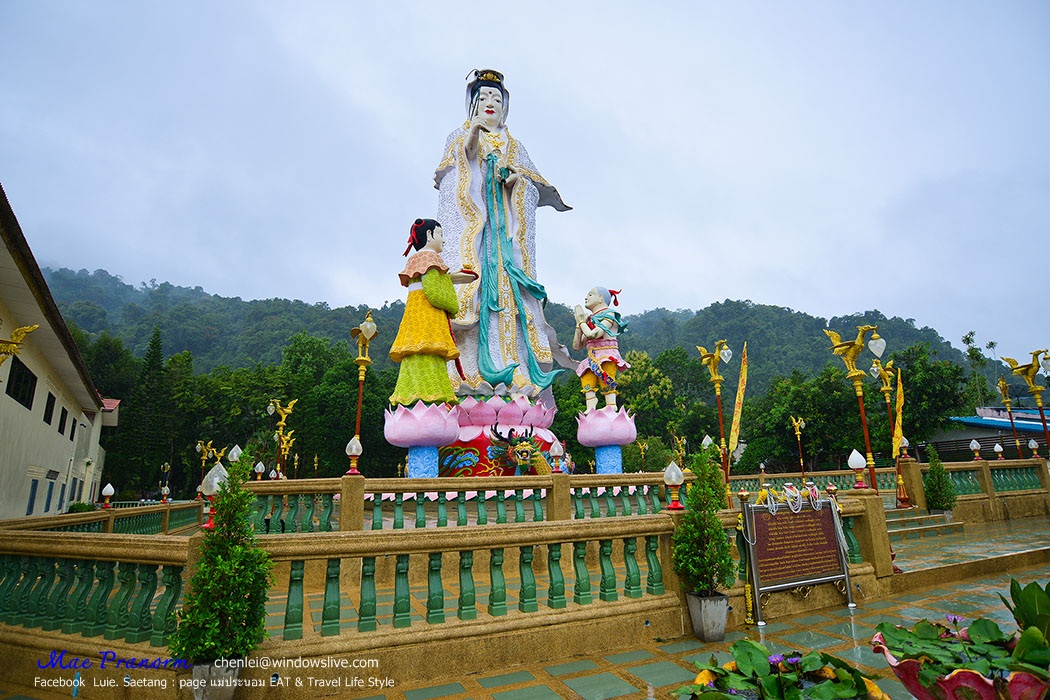
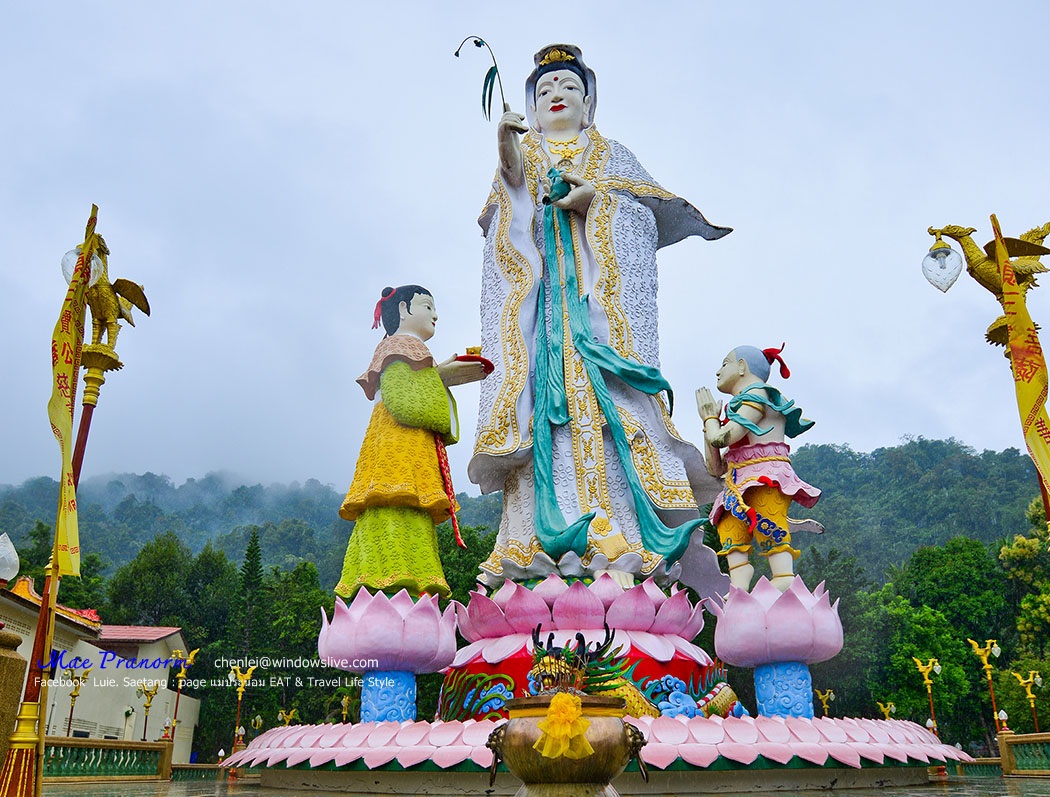
On our way to the airport to take the flight at 3 PM, we come back to Khanom Jeen Muang Khon because it was so good last time.
We also have got a chance to try the mangosteen skewers.
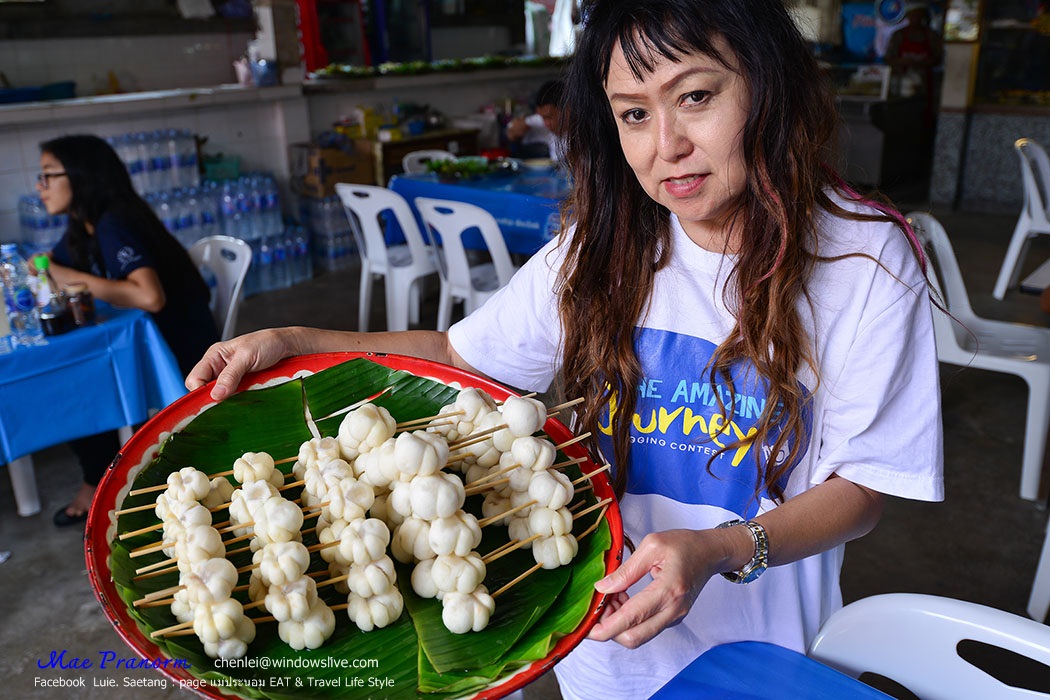
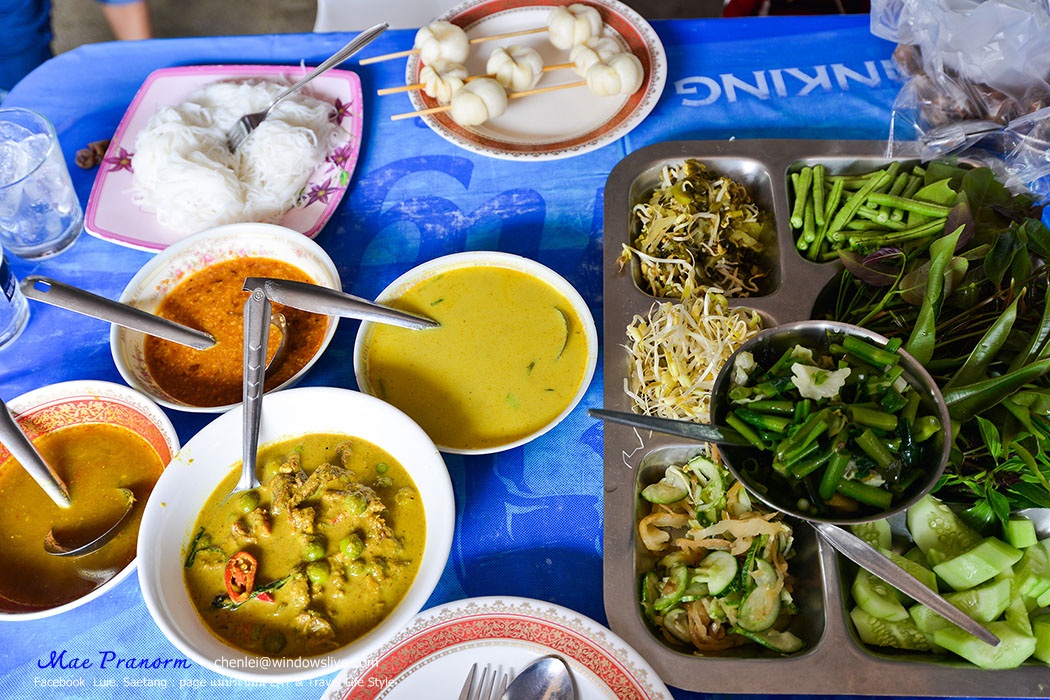
Last but not least, our journey in Nakhon Si Thammarat ends here. Please do not forget to stay tuned for another travel review of Nai Fahsai, one of our team member which will focus on the tourism along the coastline and offshore in Nakhon Si Thammarat.
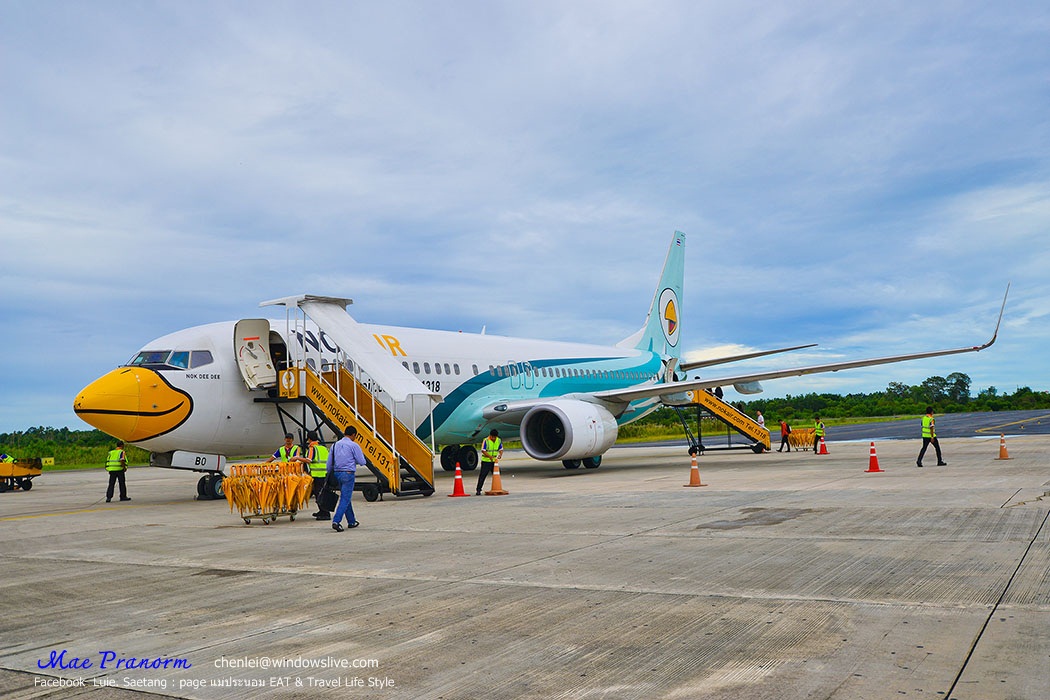
I would like to use this space to thanks to The Tourism Authority of Thailand who have invited us to participate in this amazing tourism campaign.
Thanks to NokAir, Thai Rent A Car, KEEN, and OUTDOOR INNOVATION.
Thanks to Readme.me for giving a space for us to share great stories and useful information.
Thank you all fans and friends for your continued kind support.
Love you all.........................................
Same old Mae Pranorm
แม่ประนอม
Tuesday, August 25, 2015 10:24 AM

